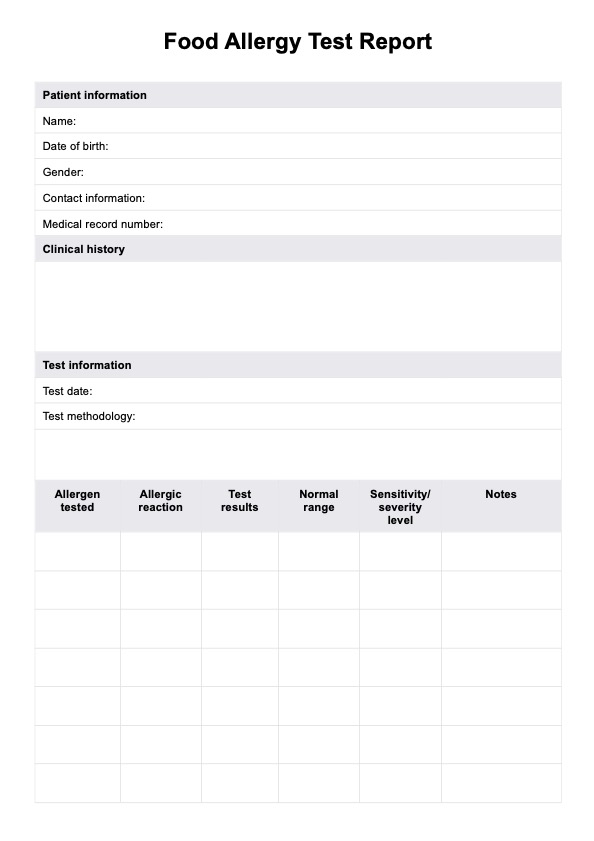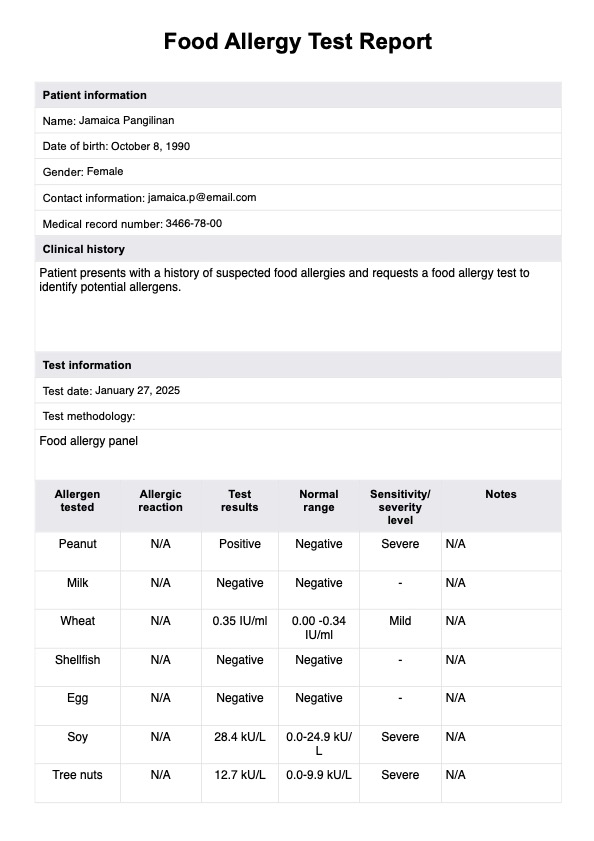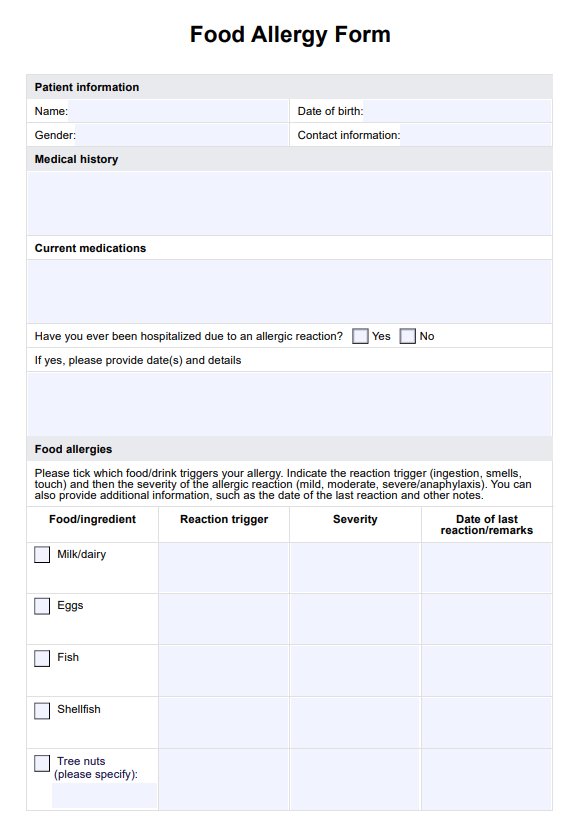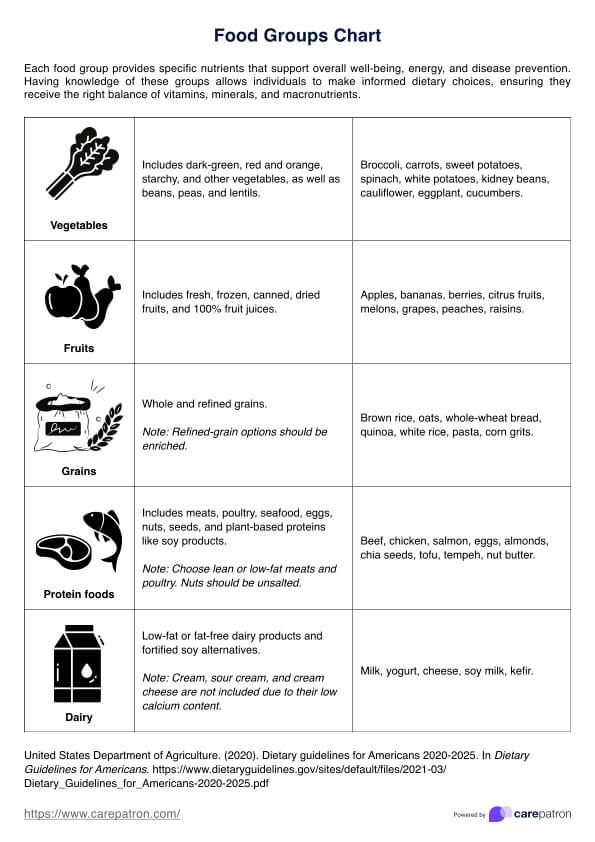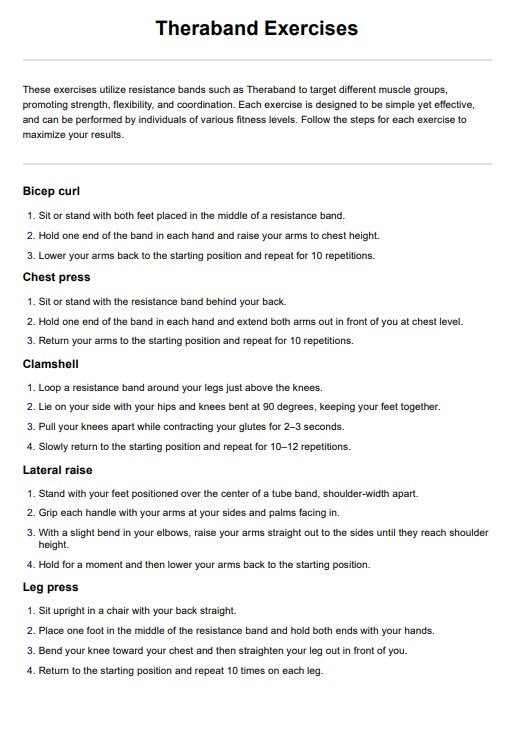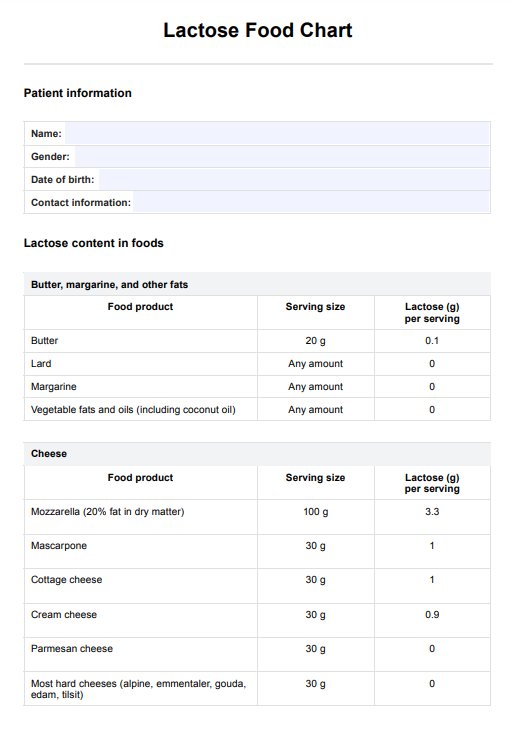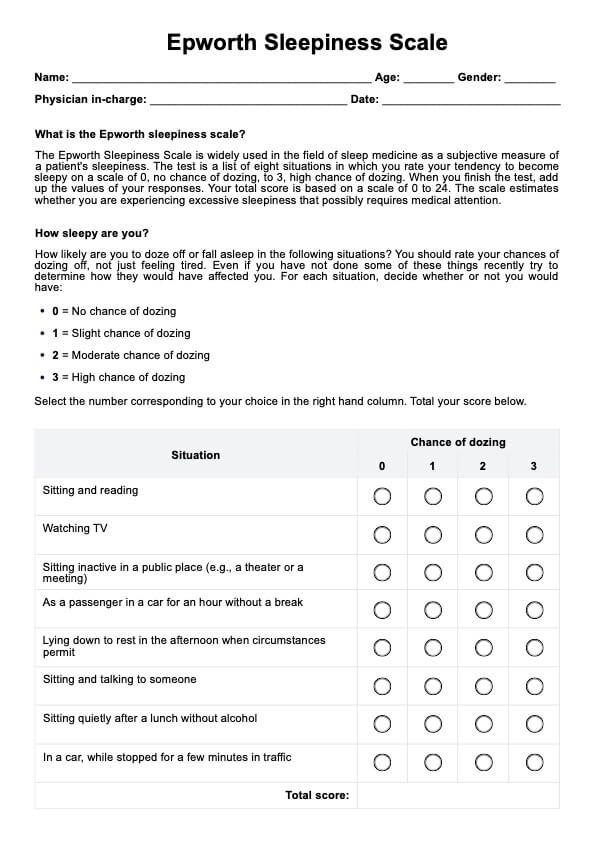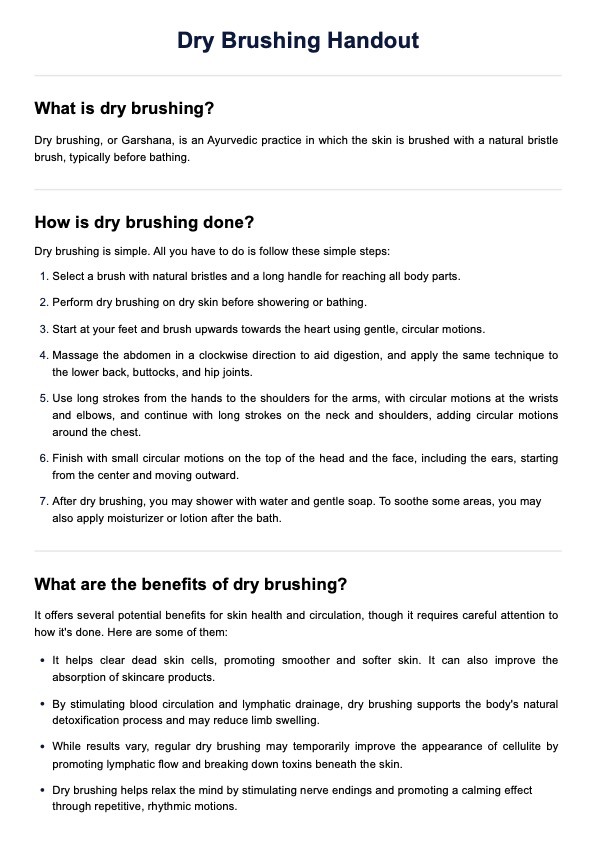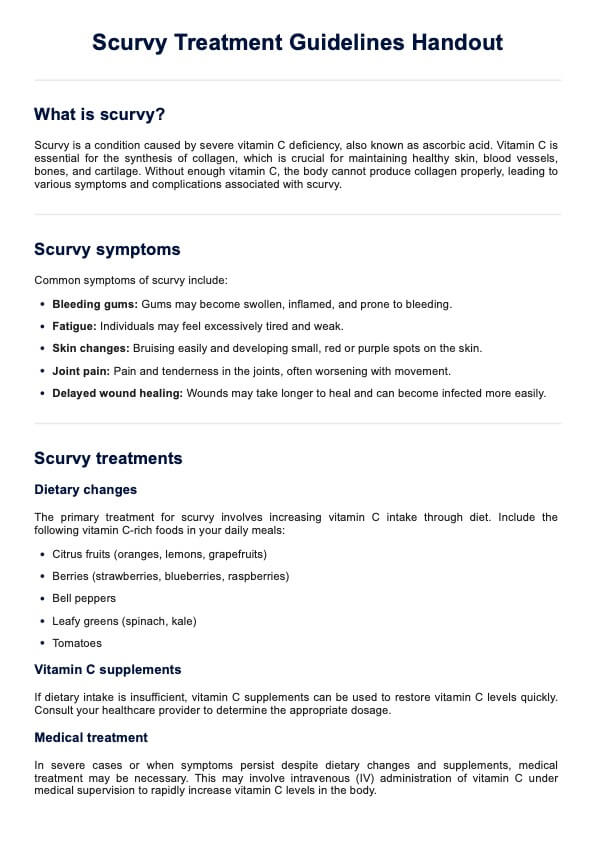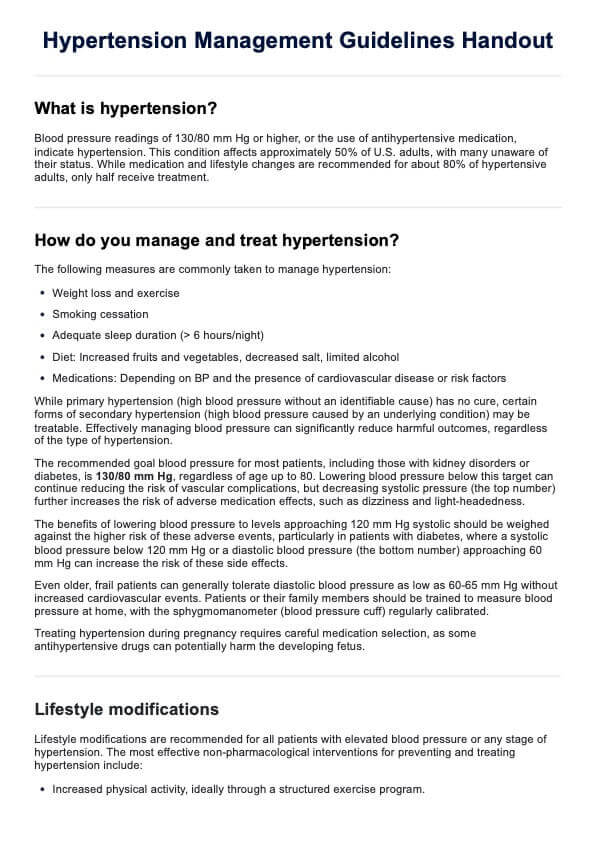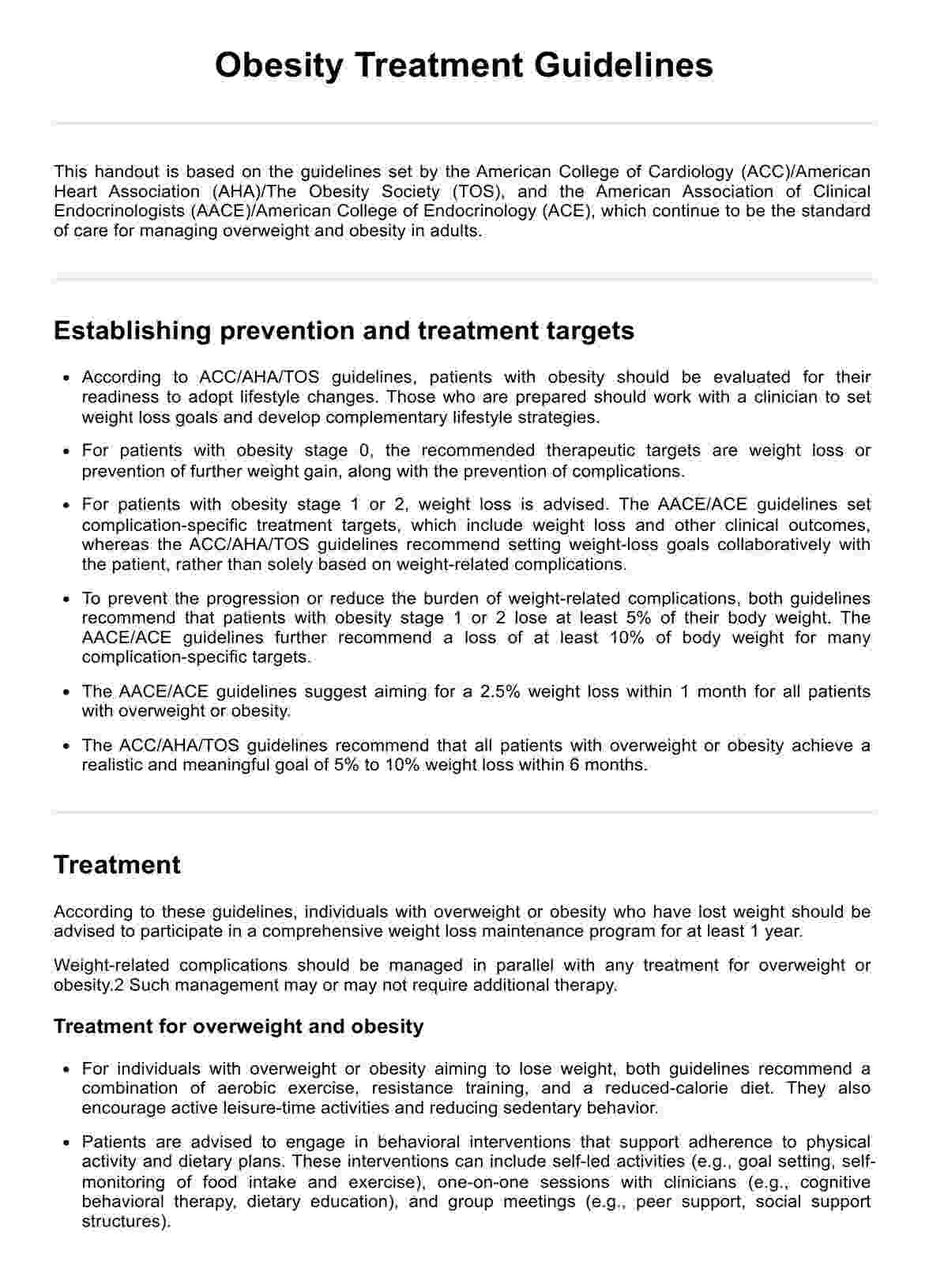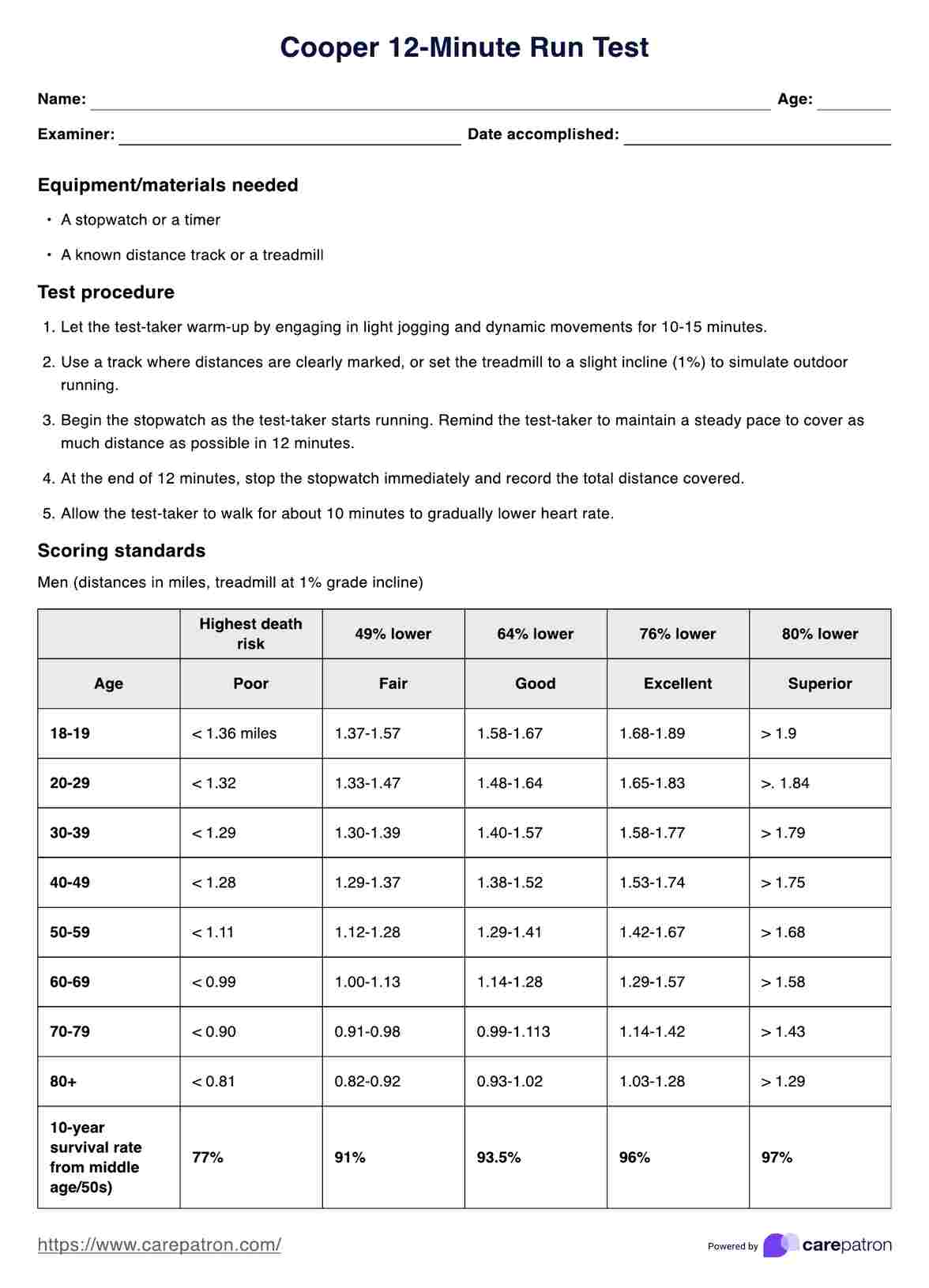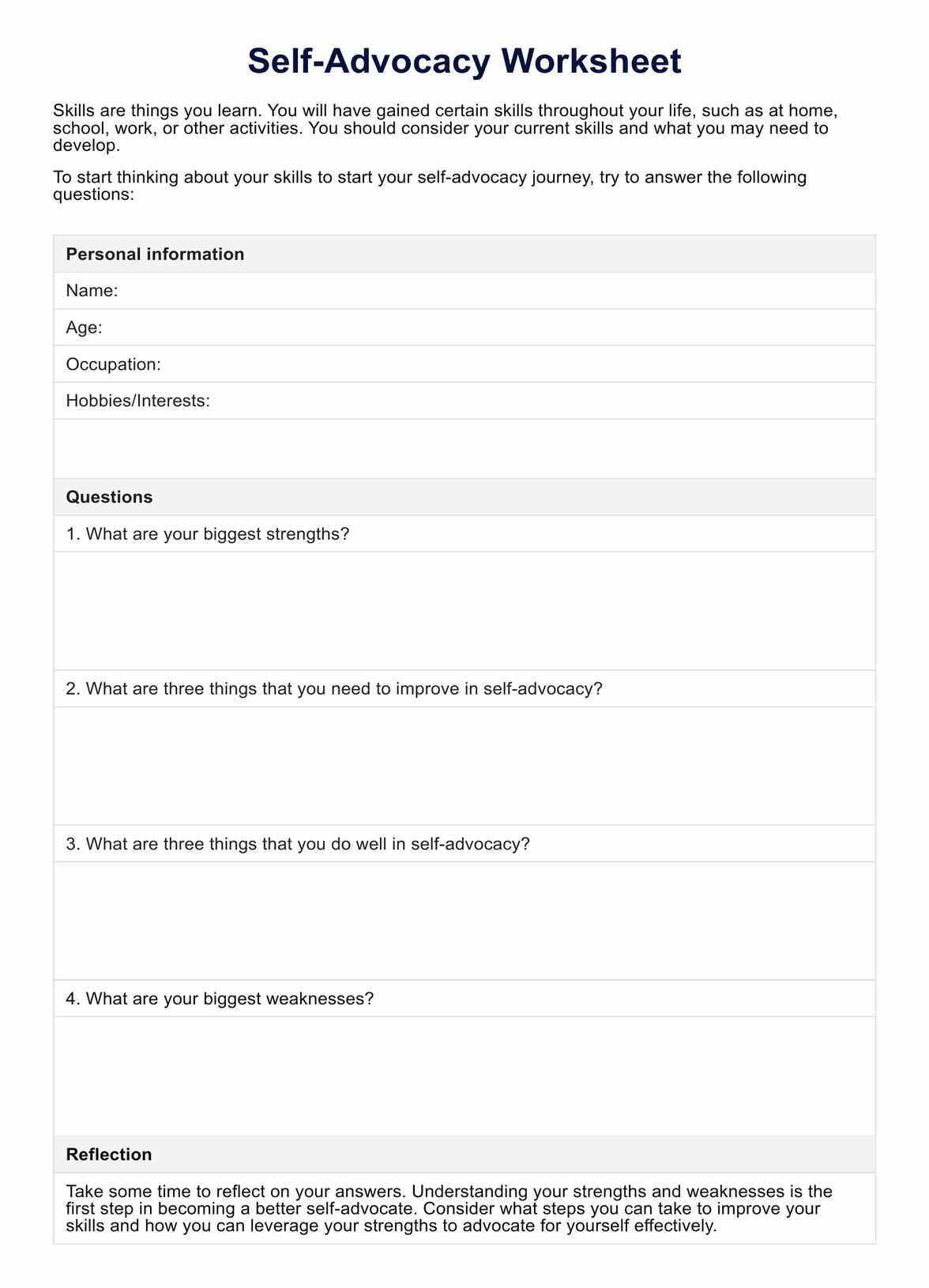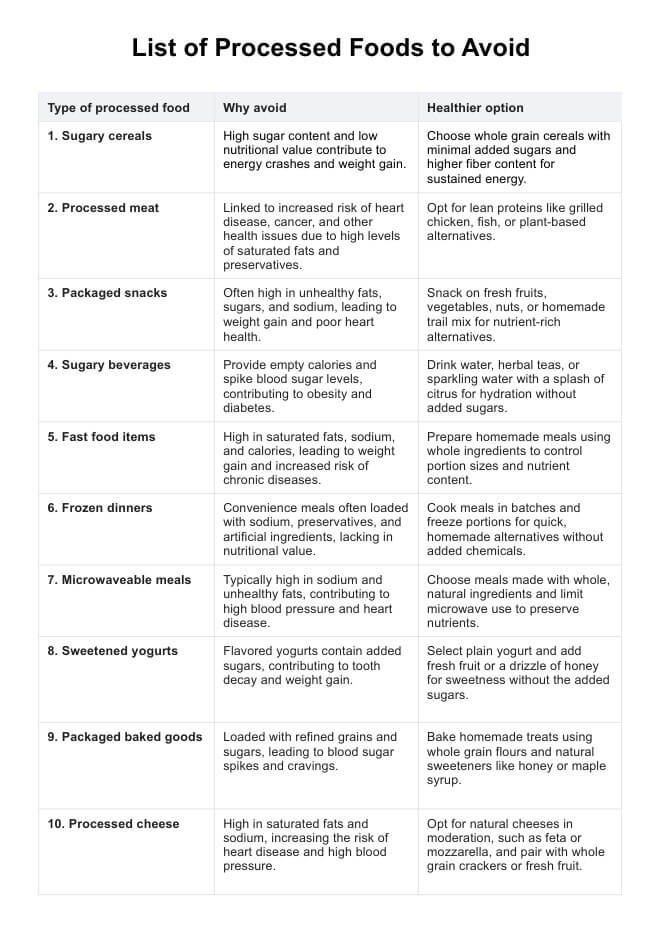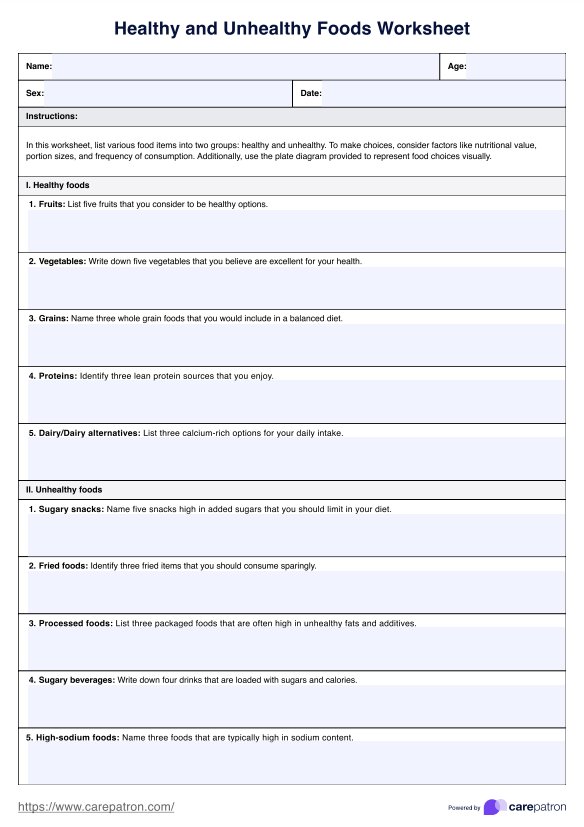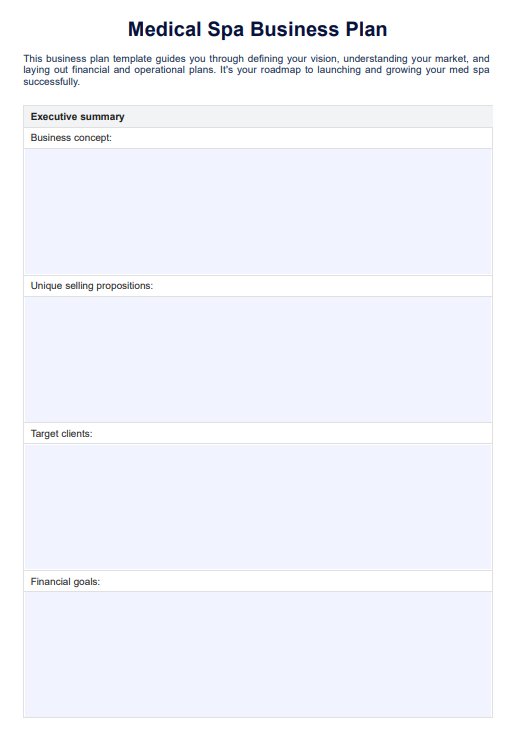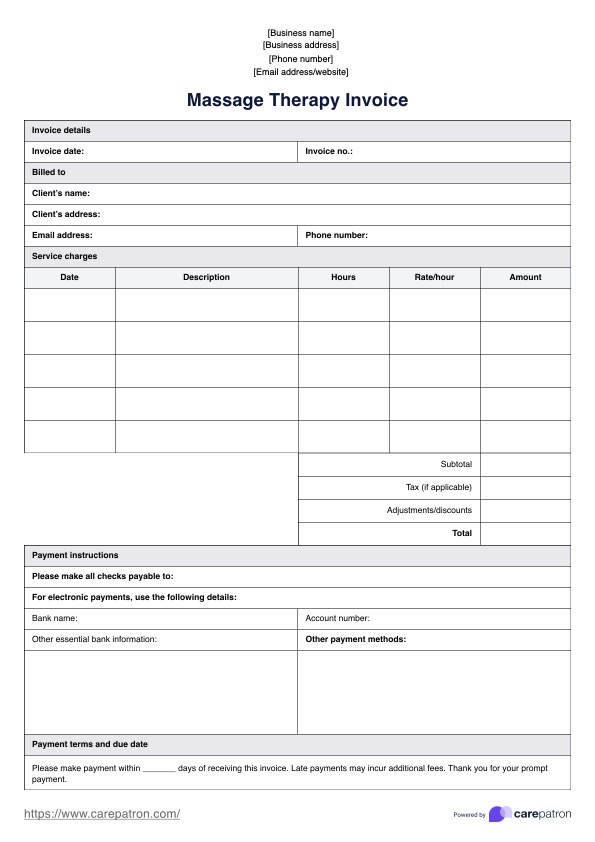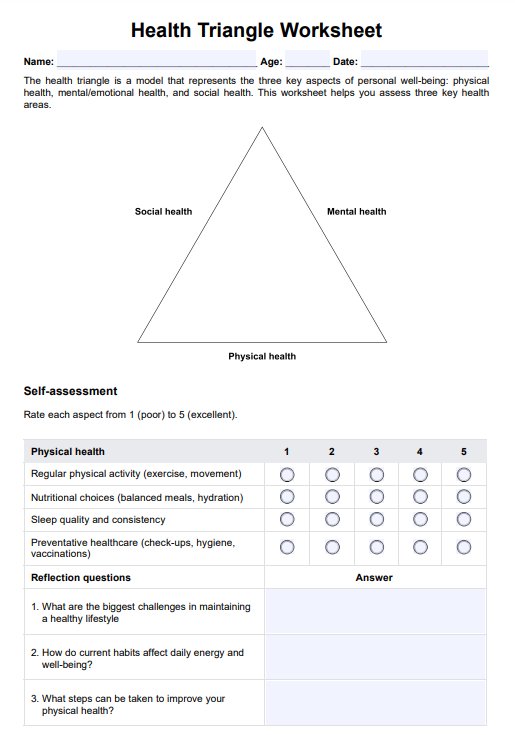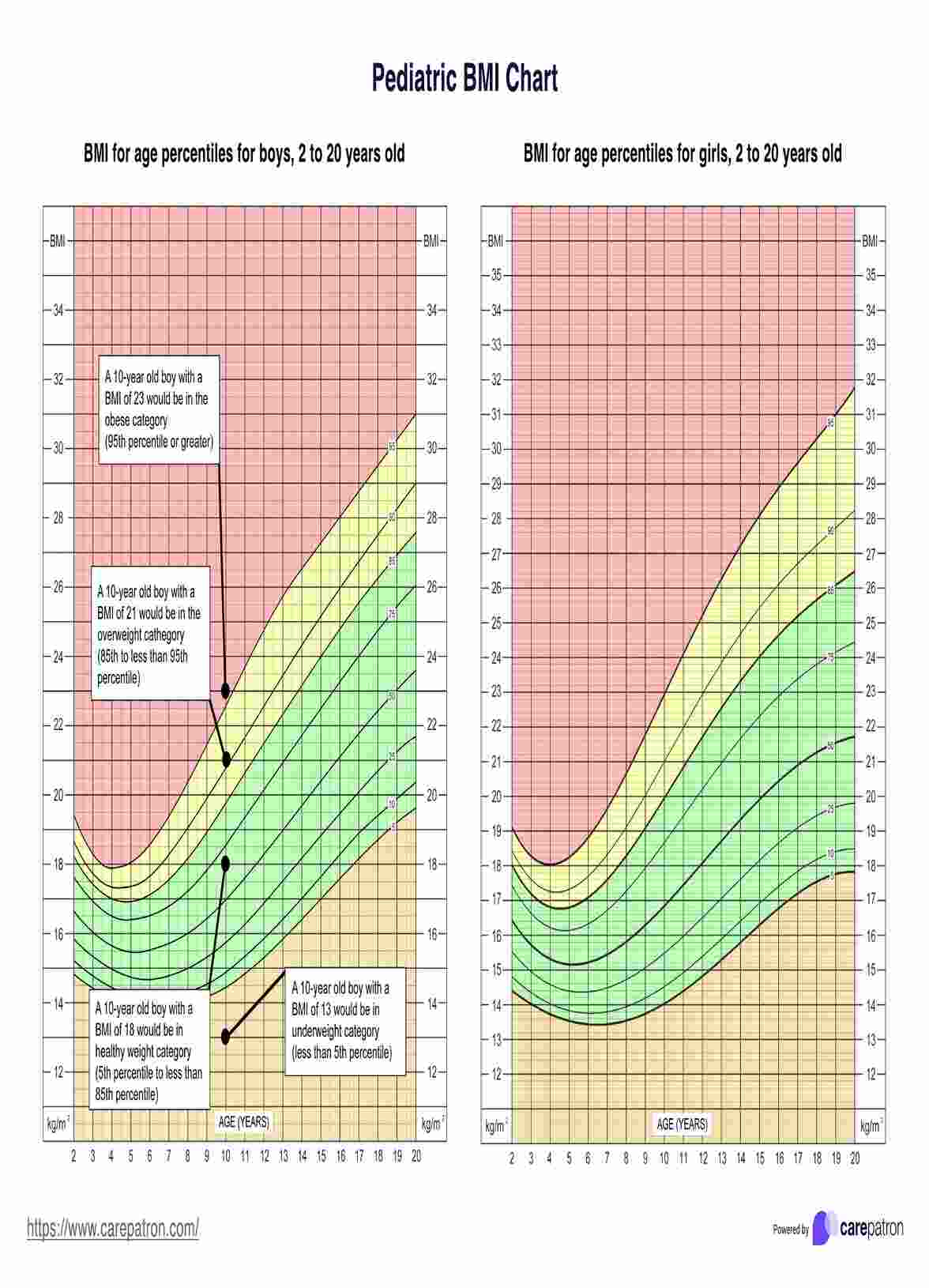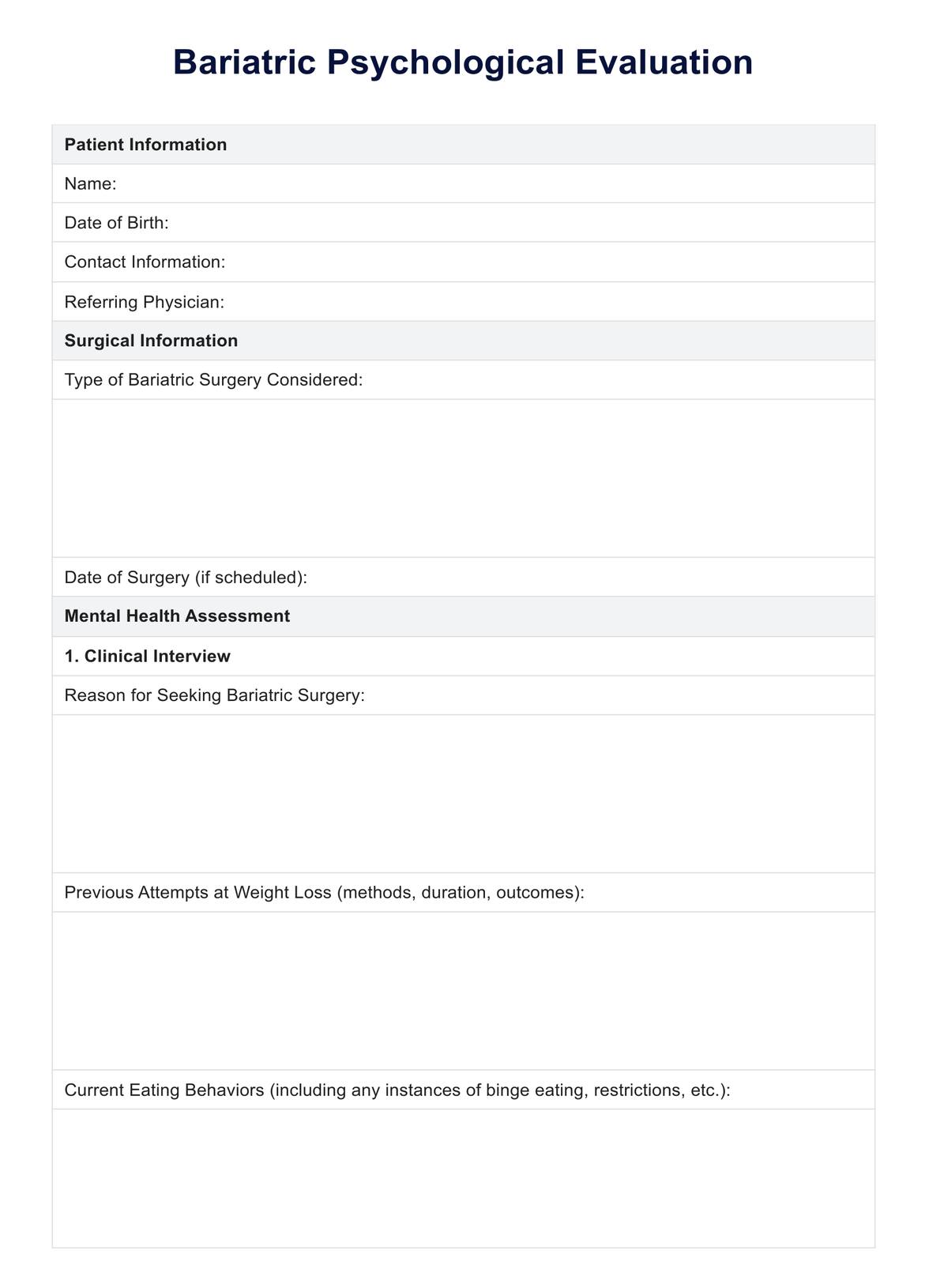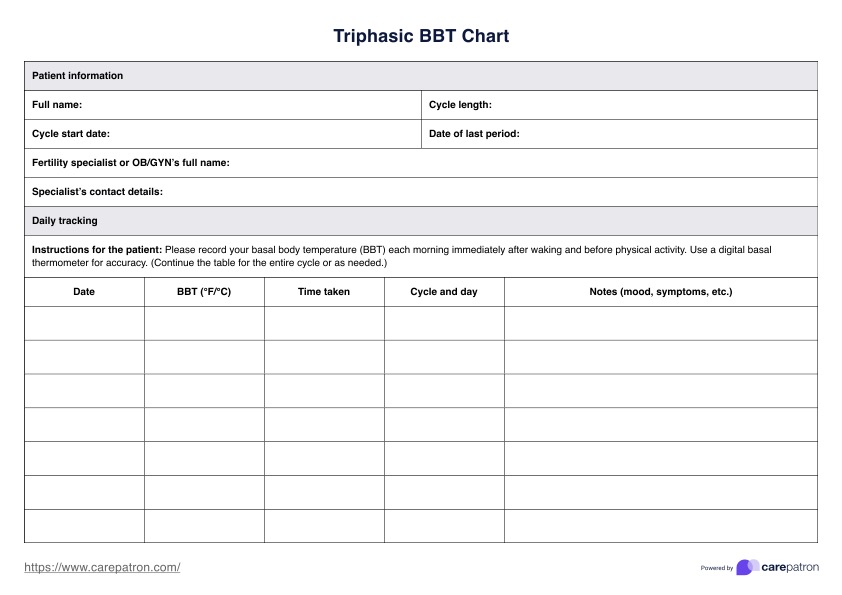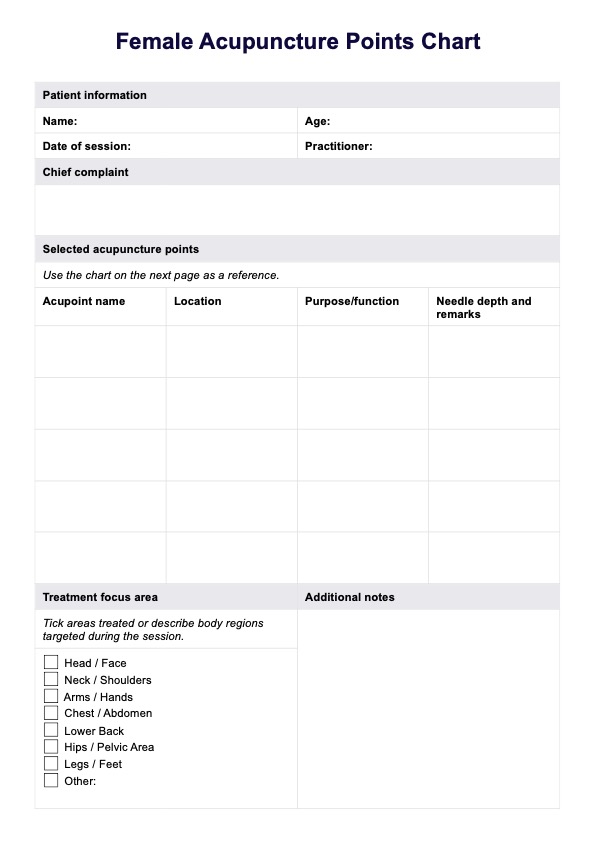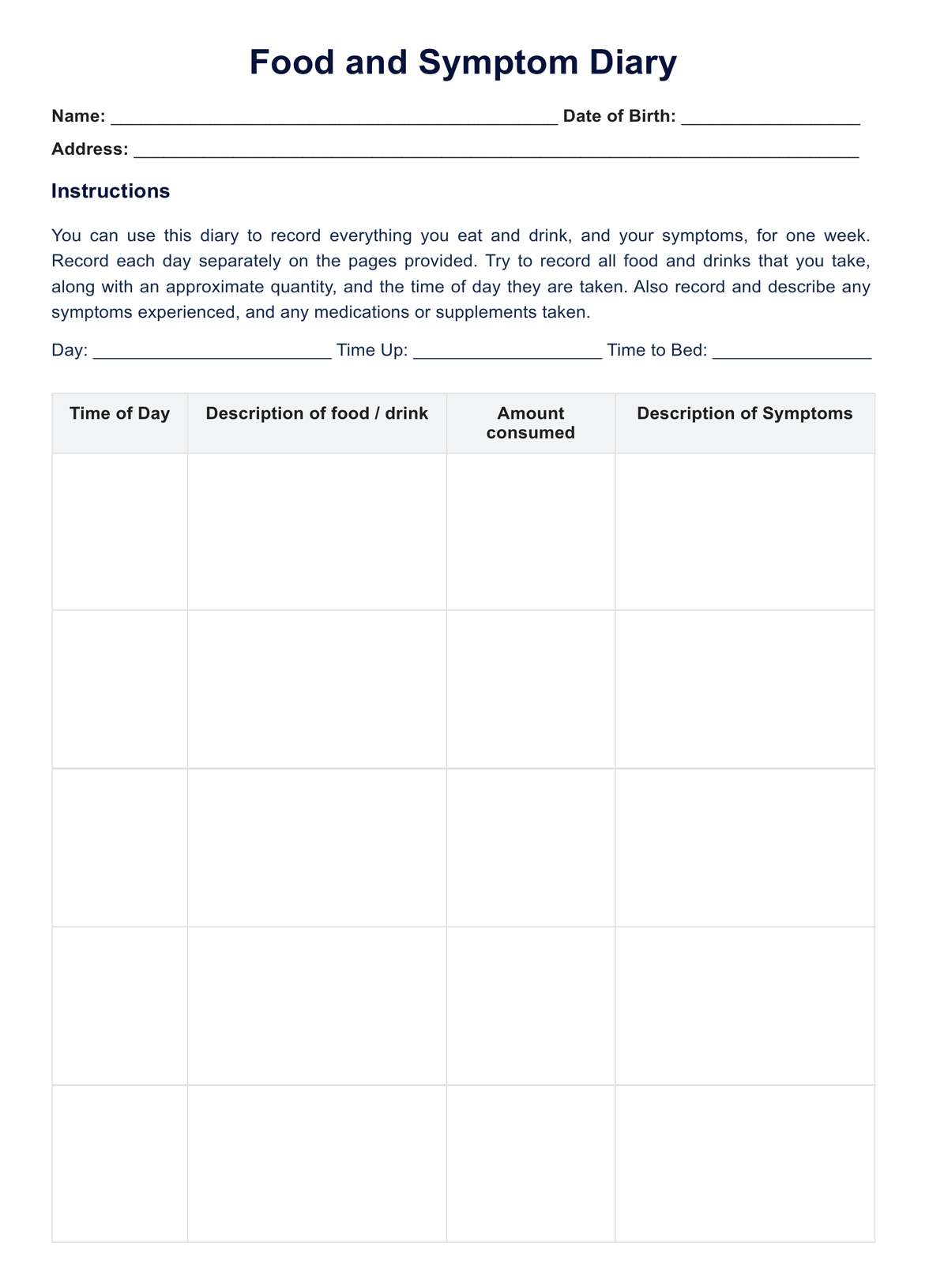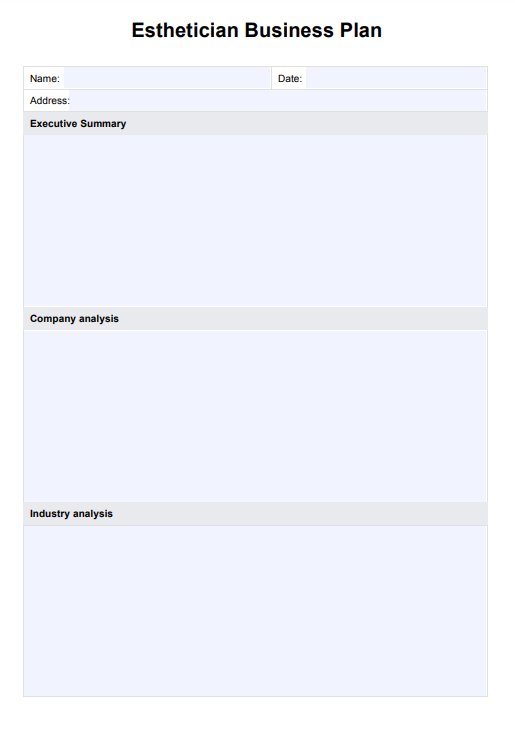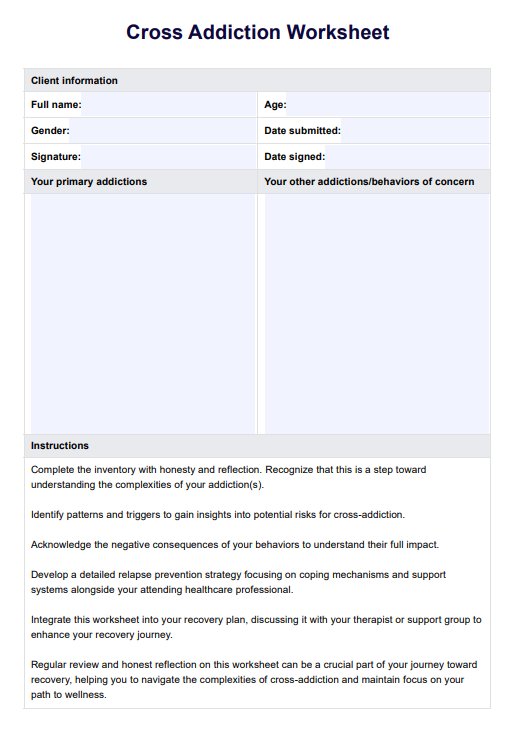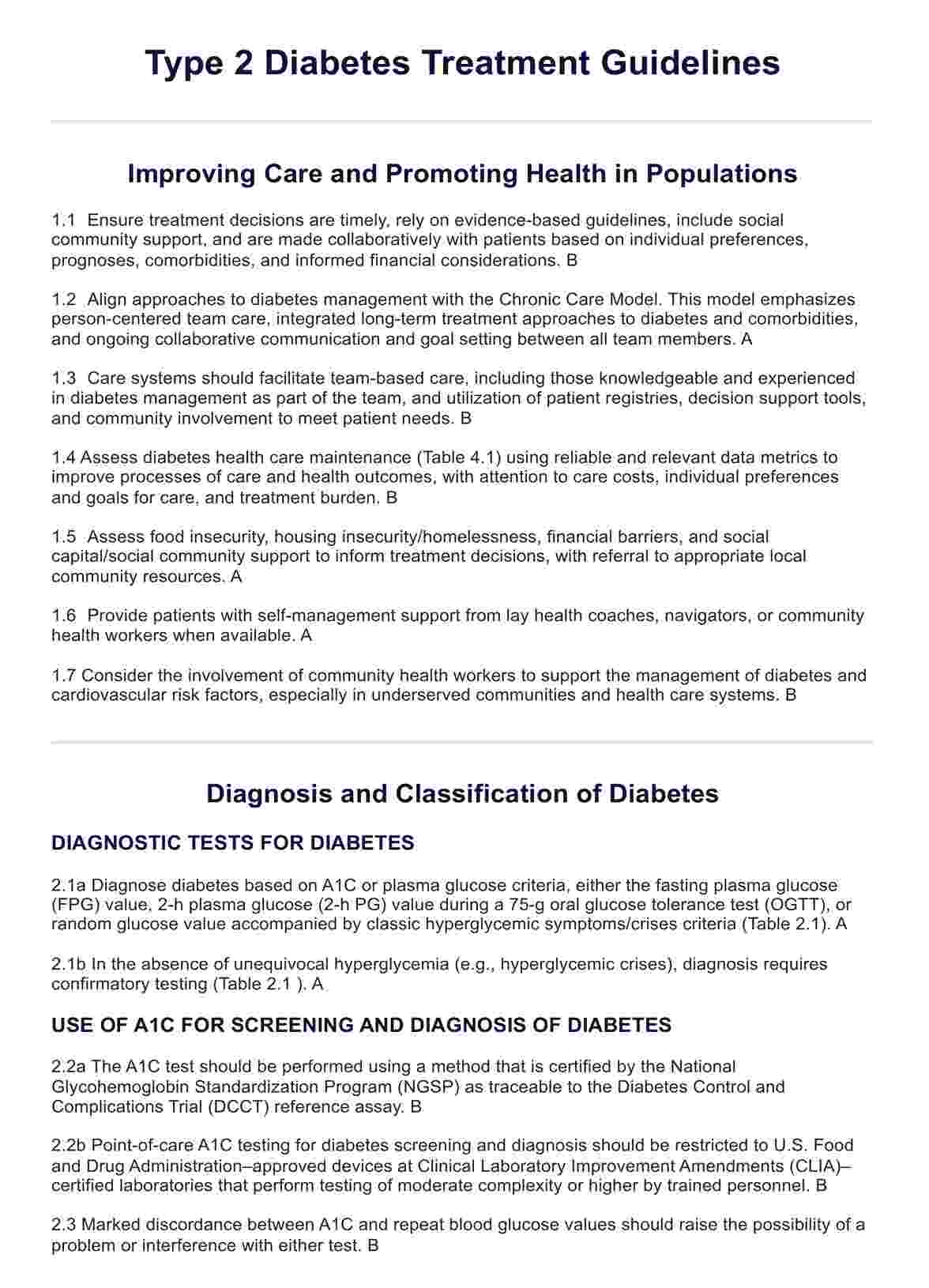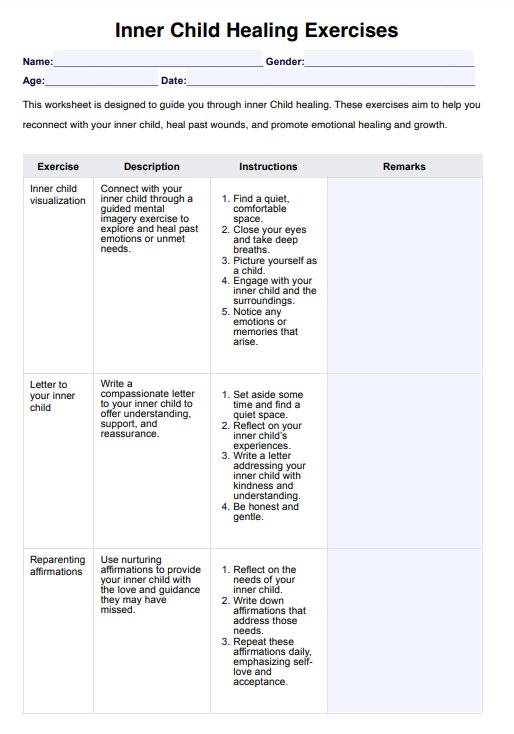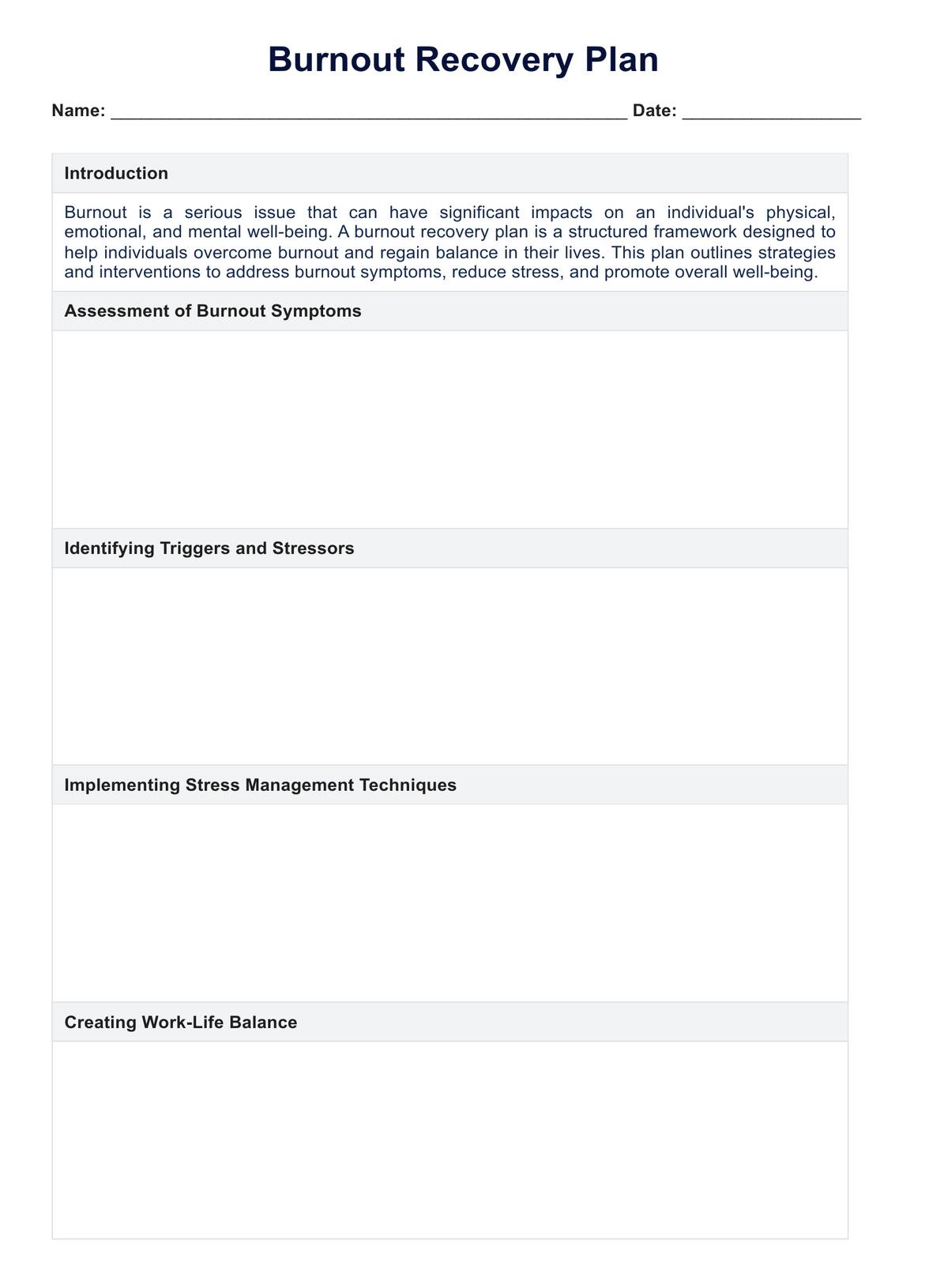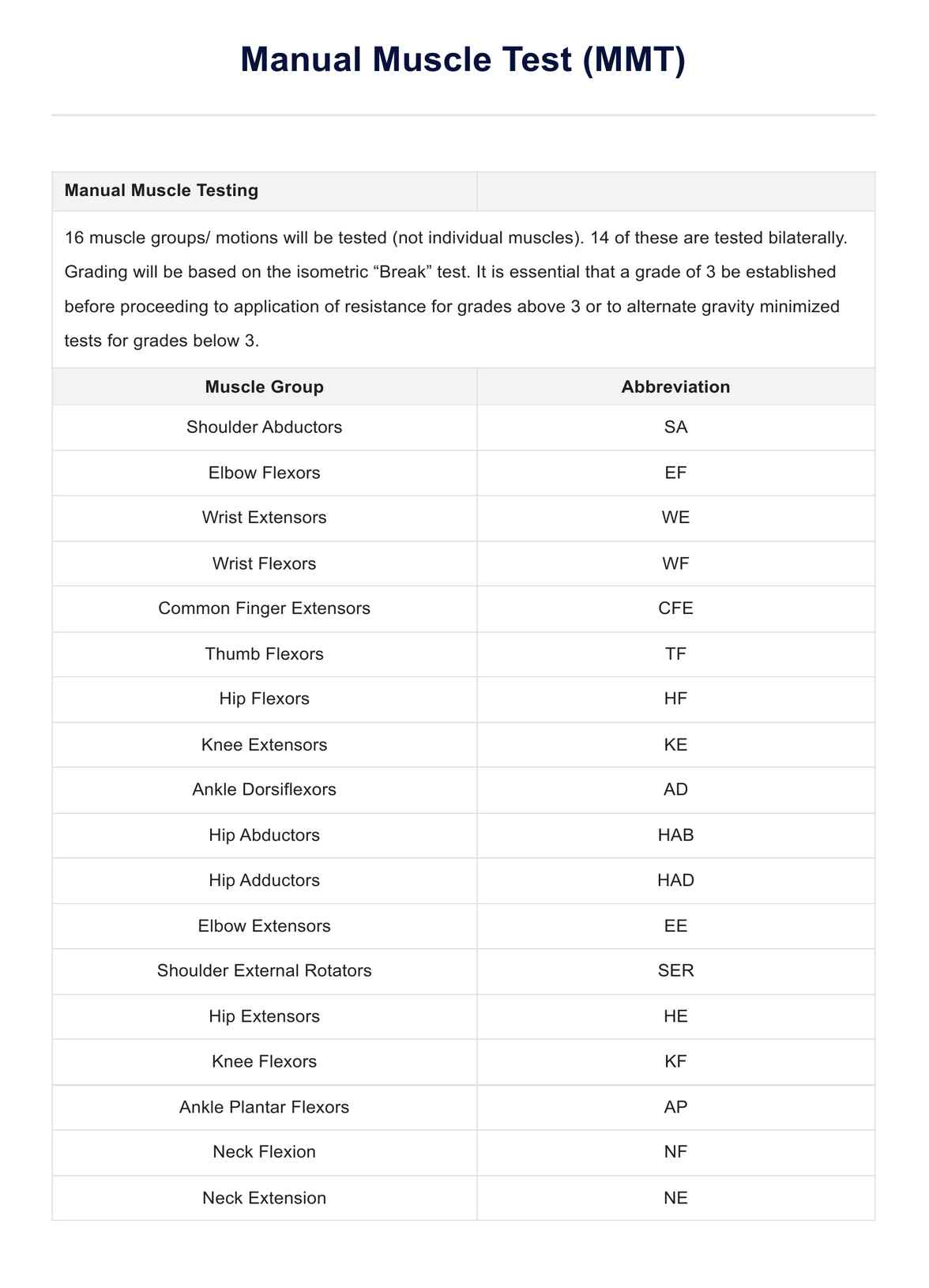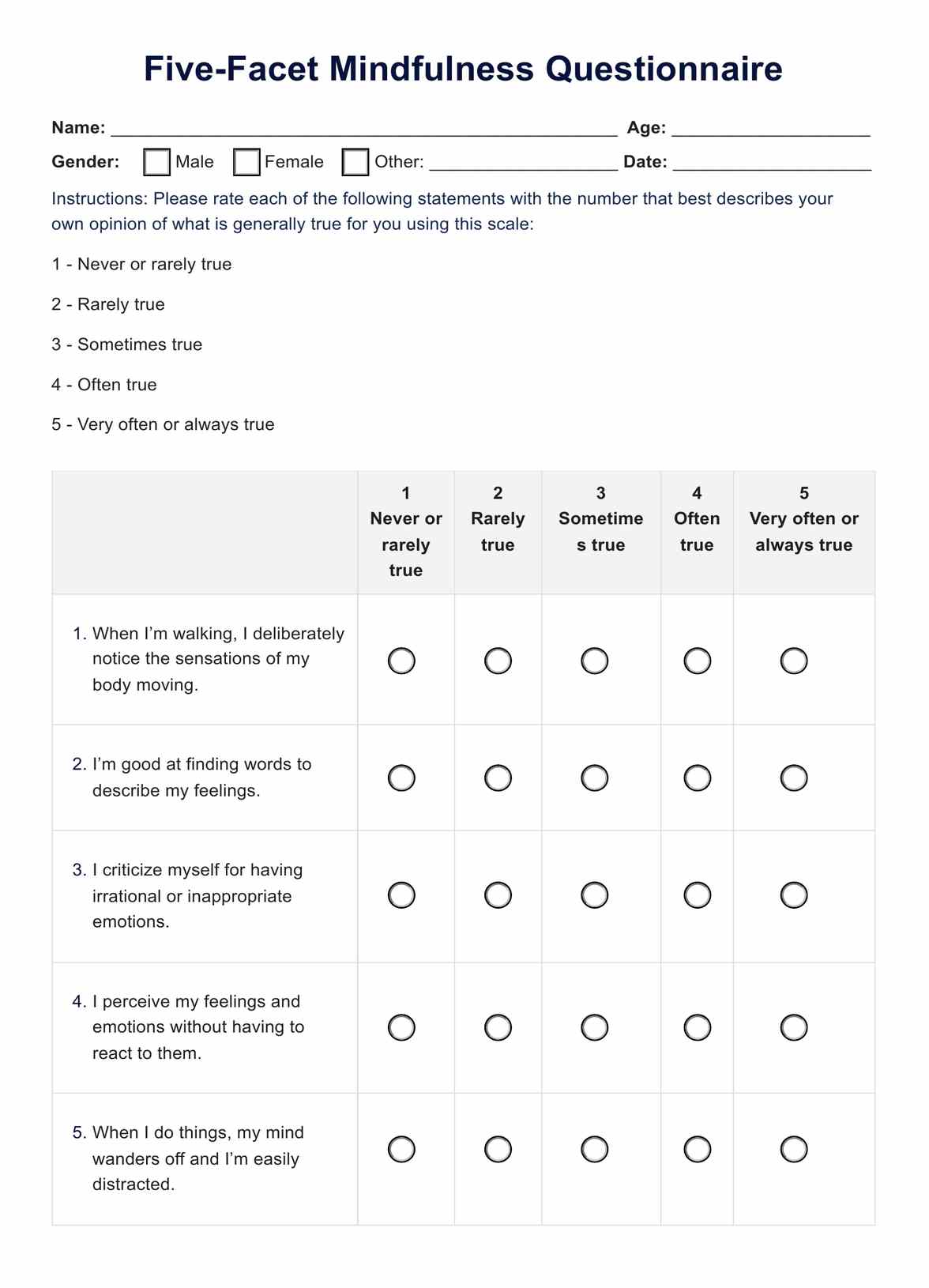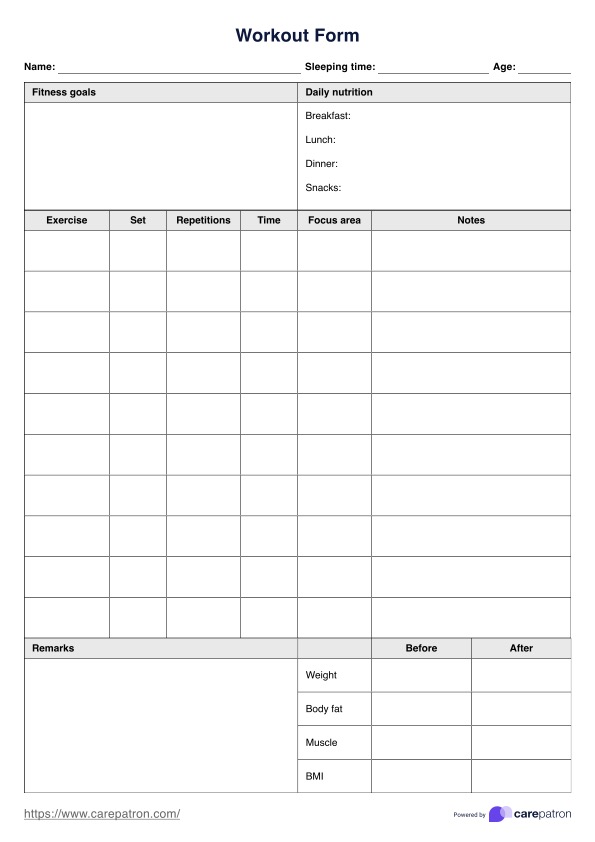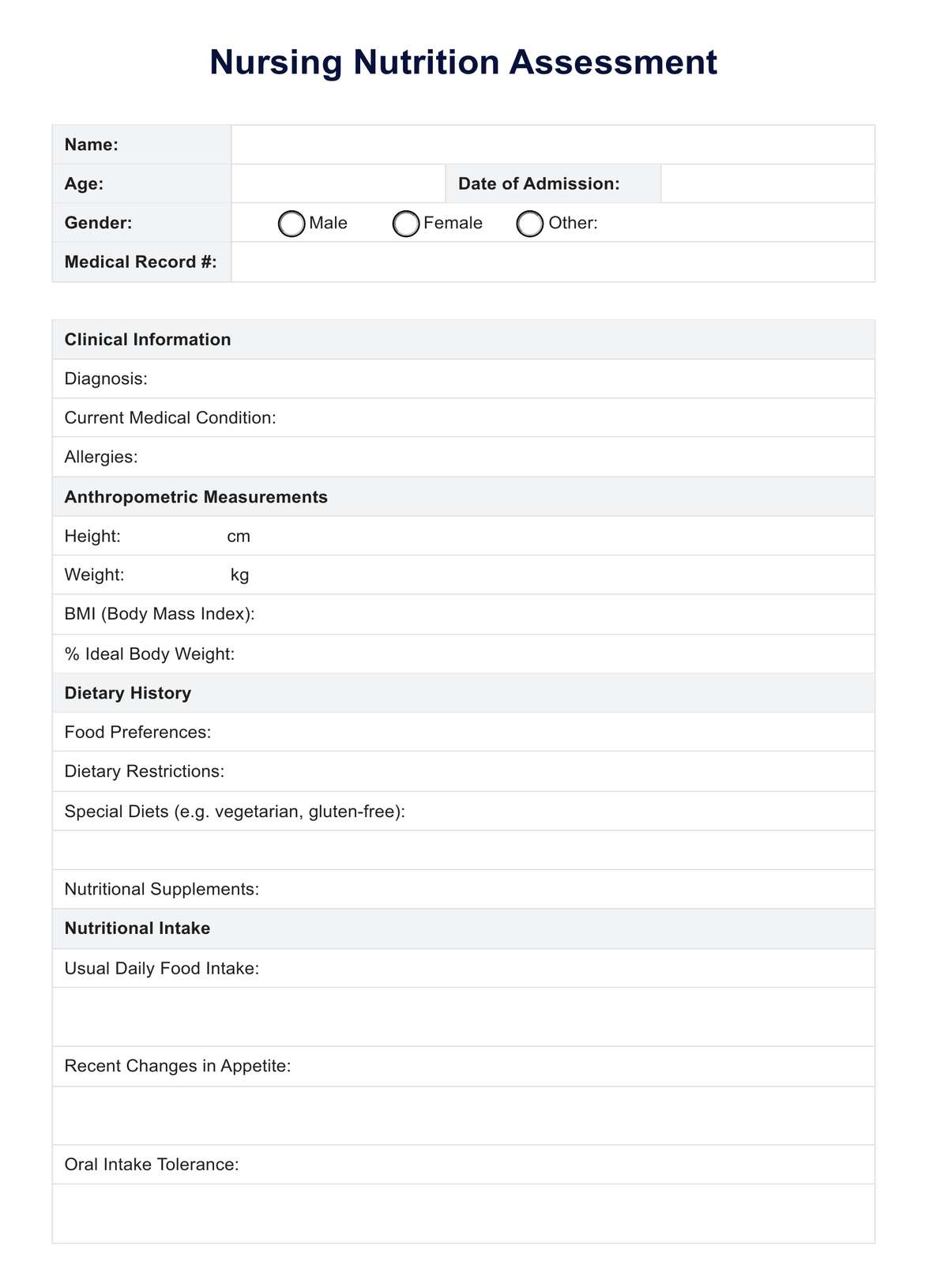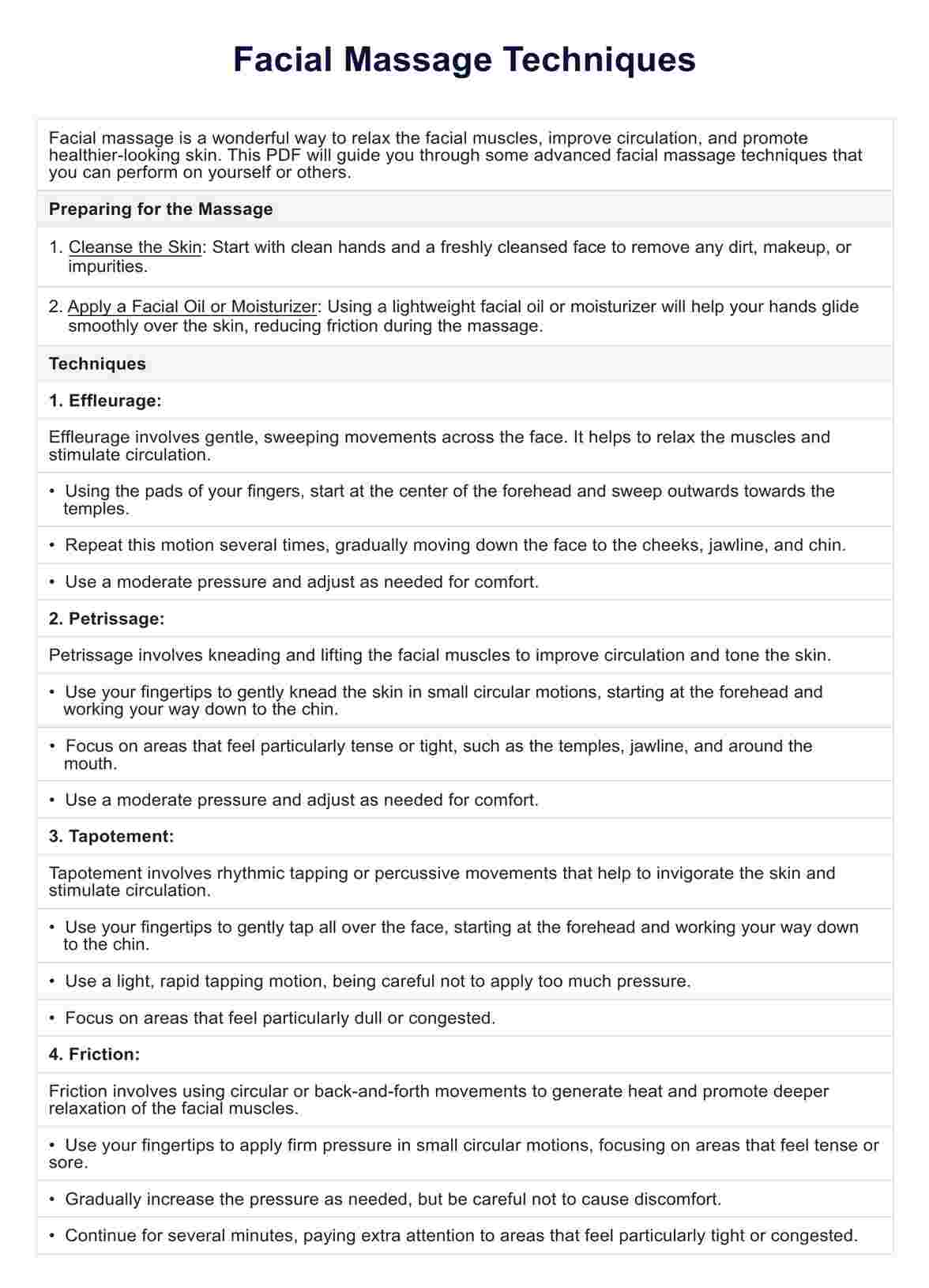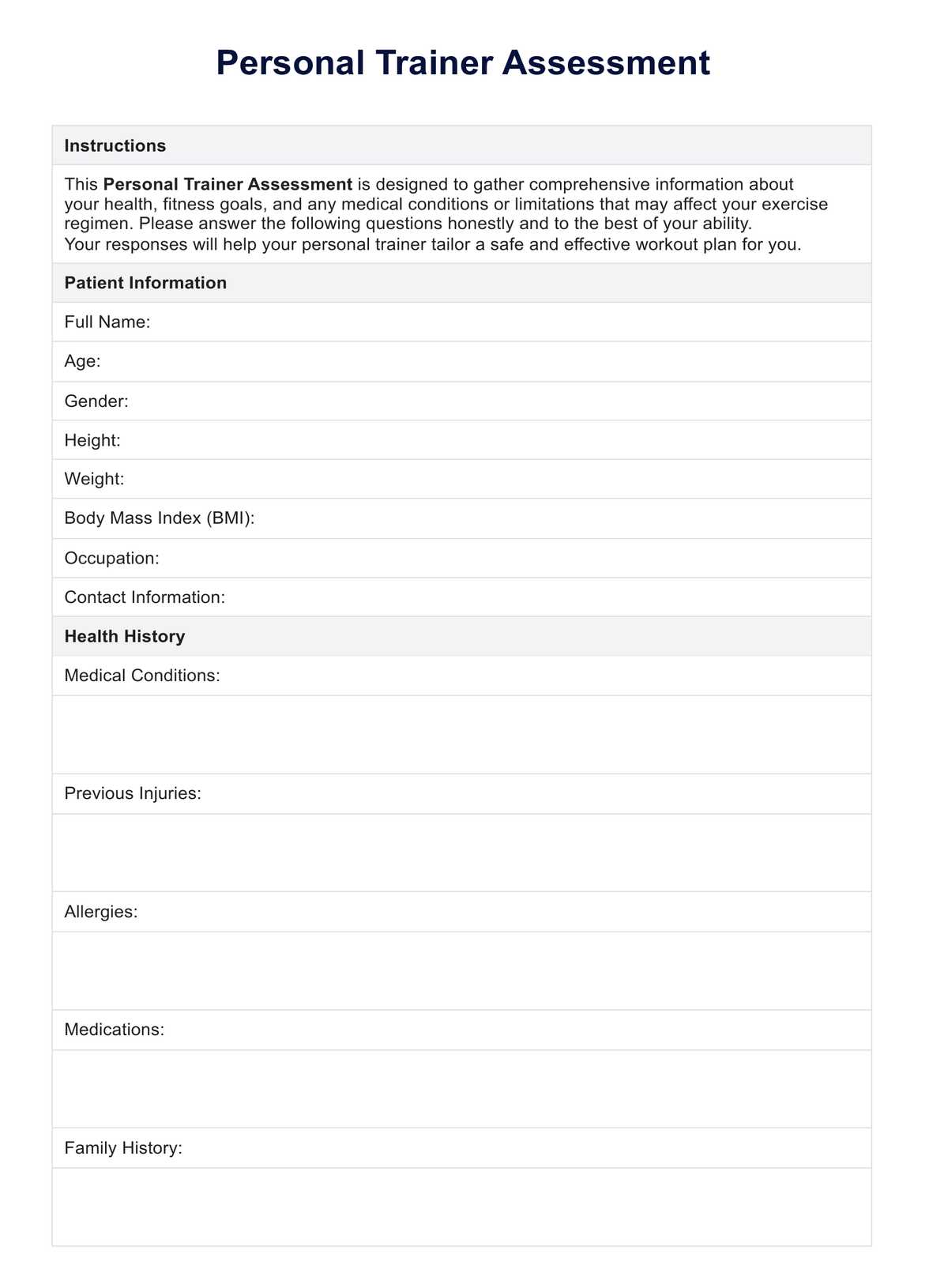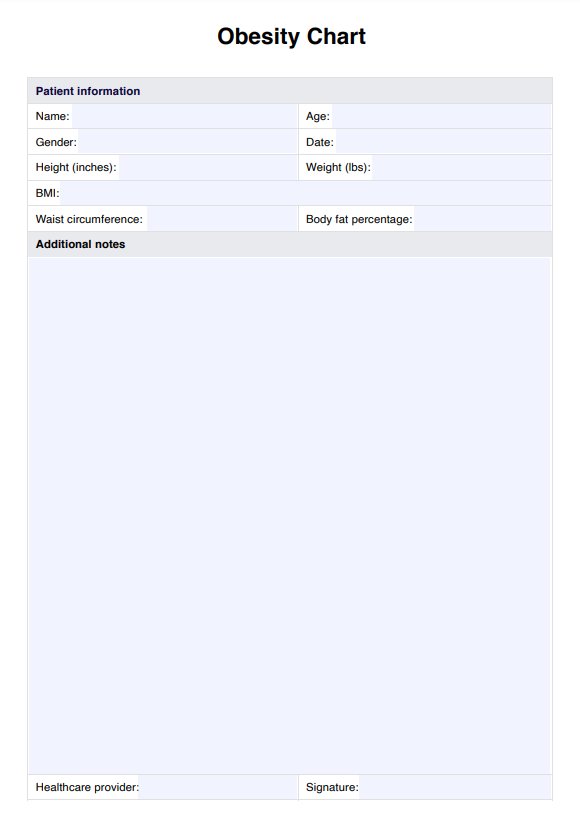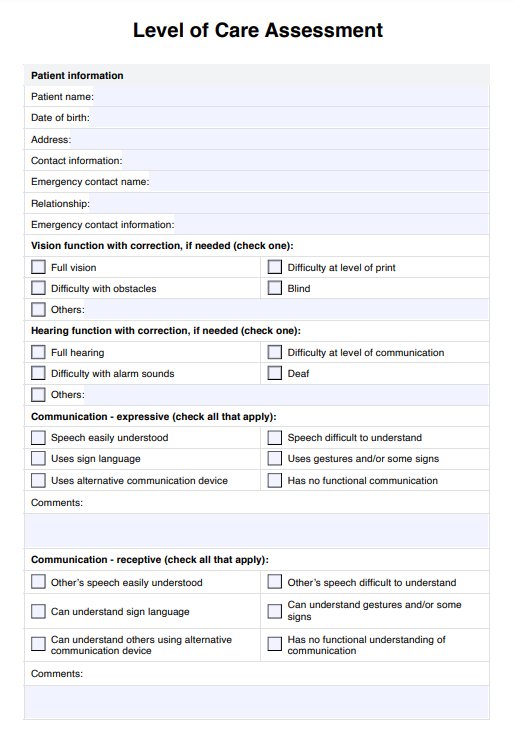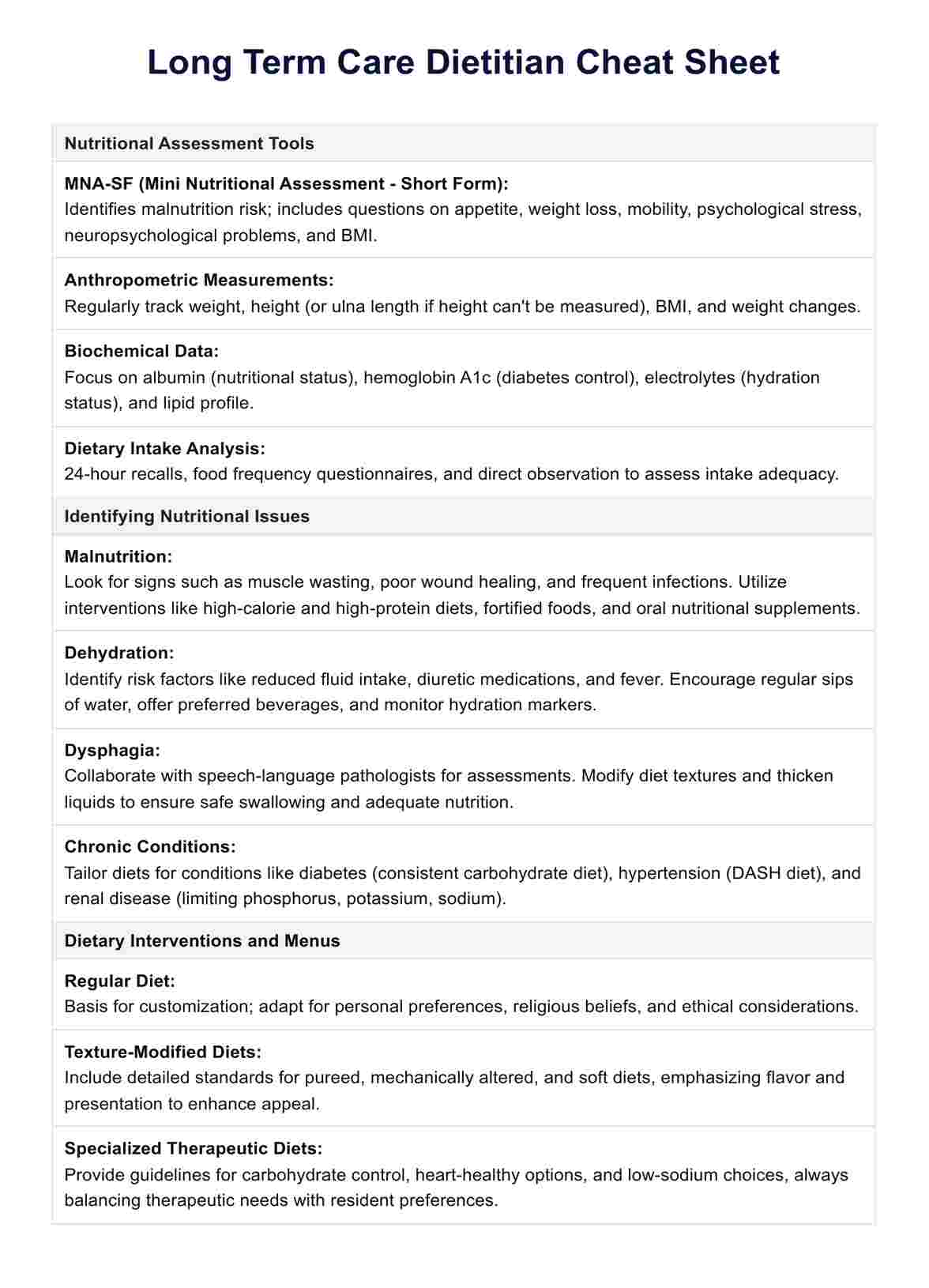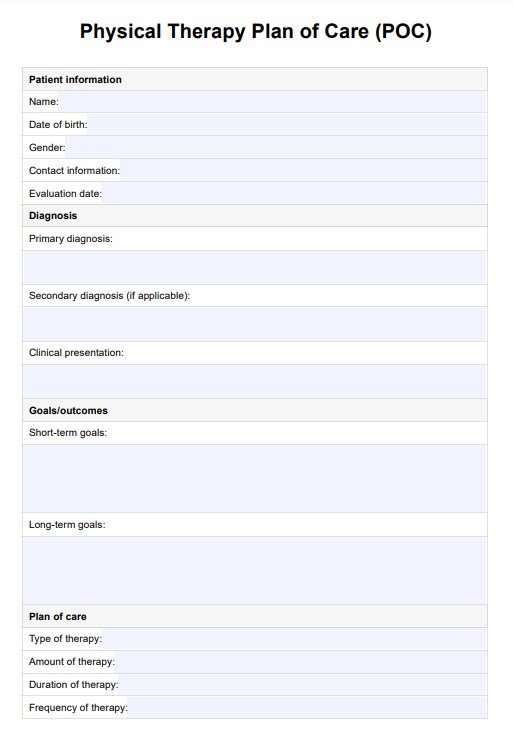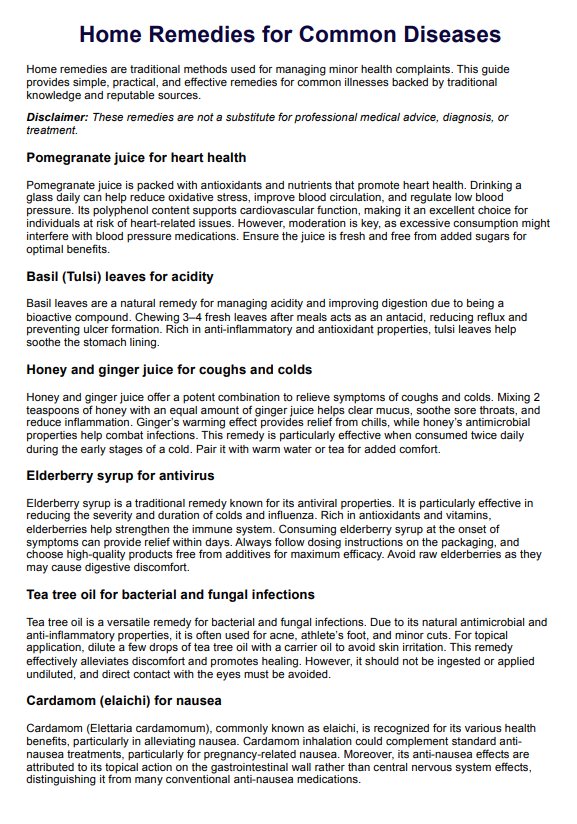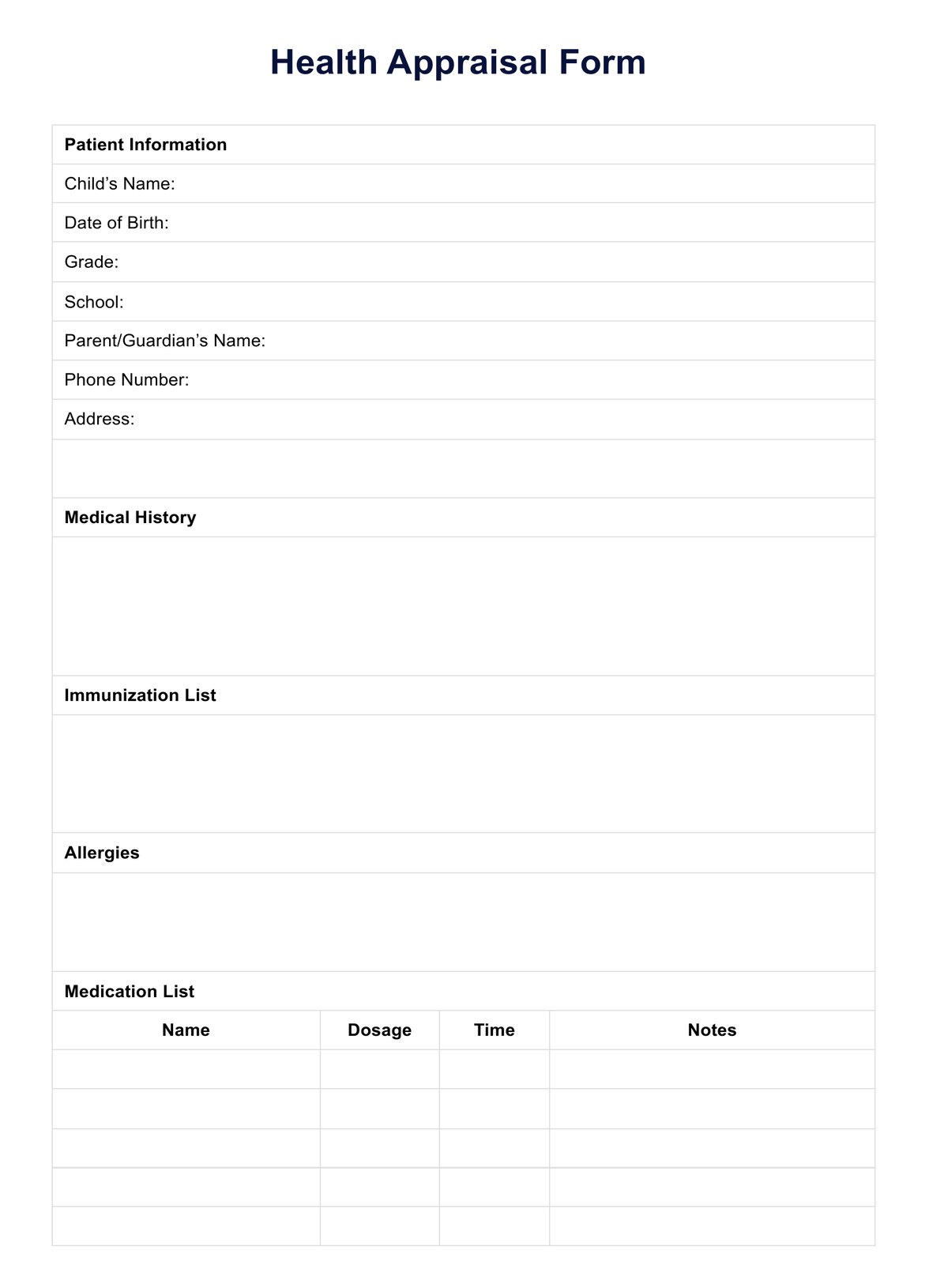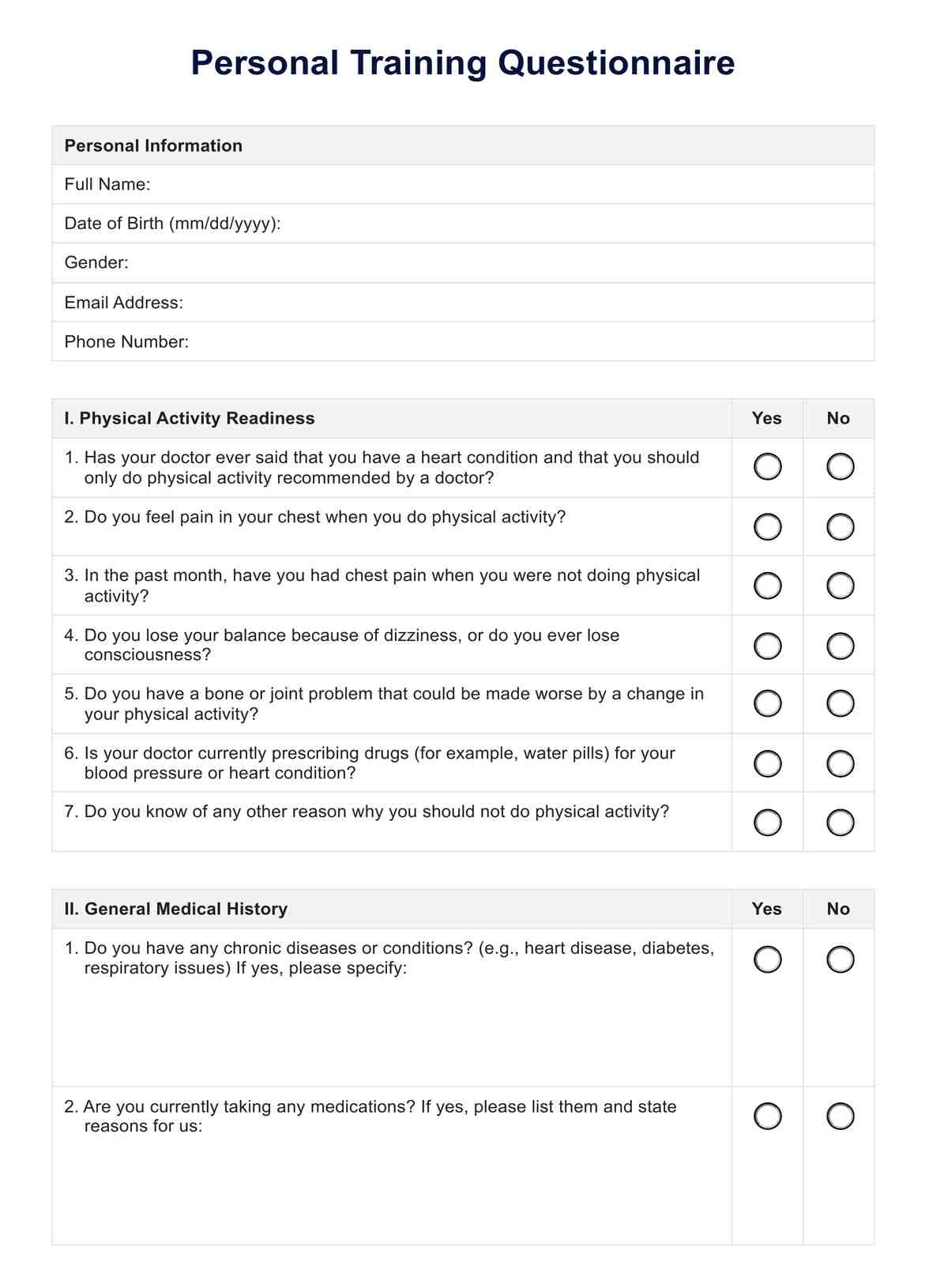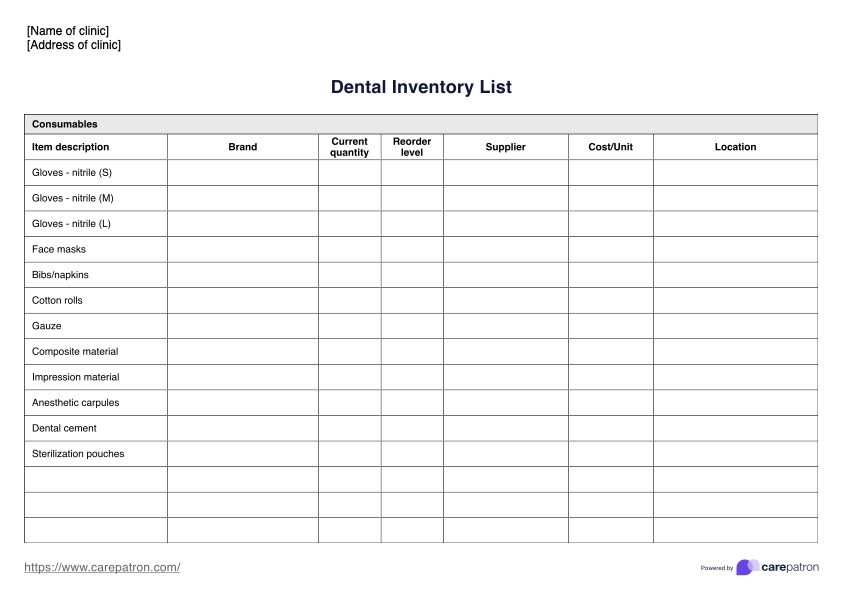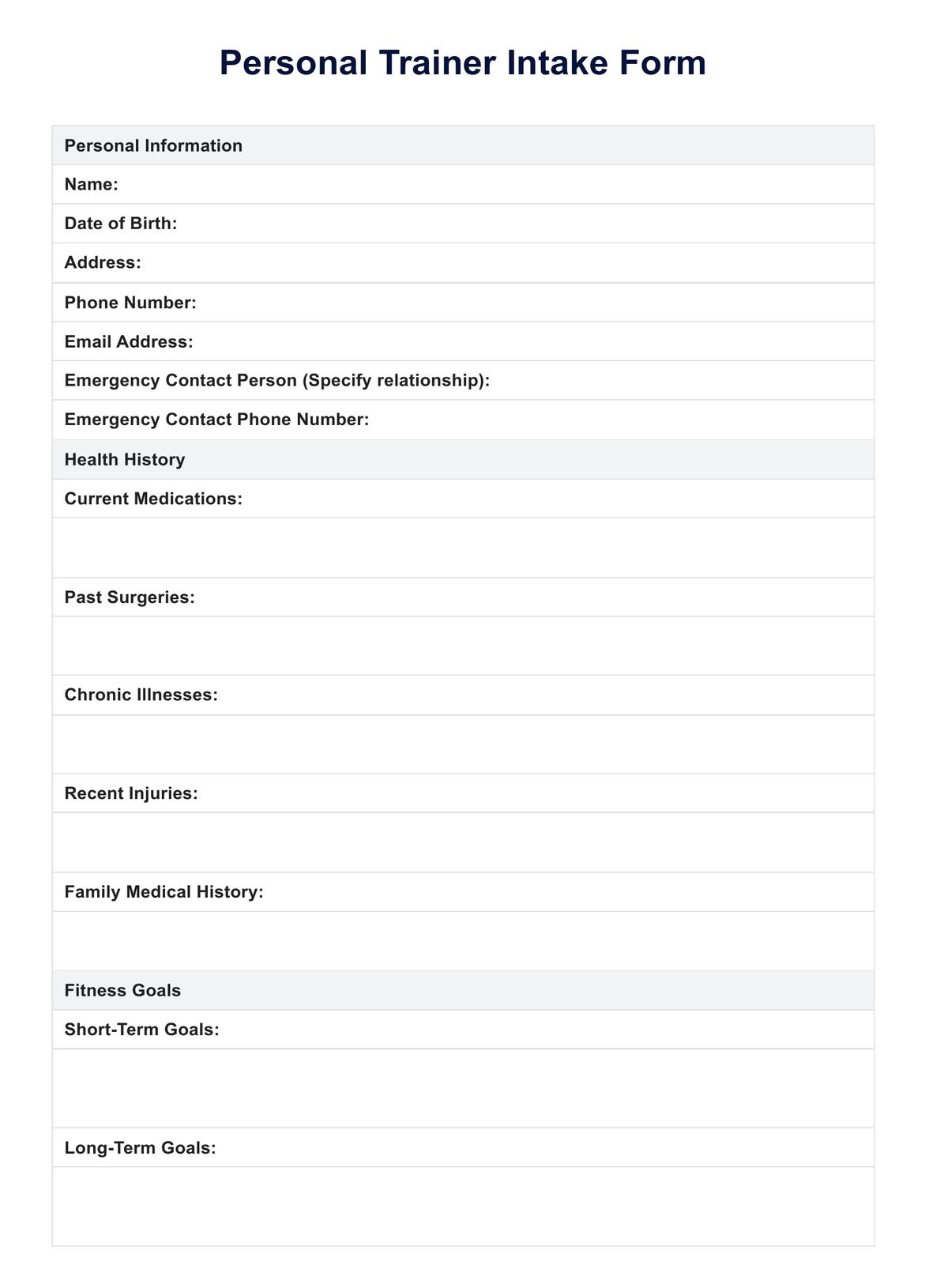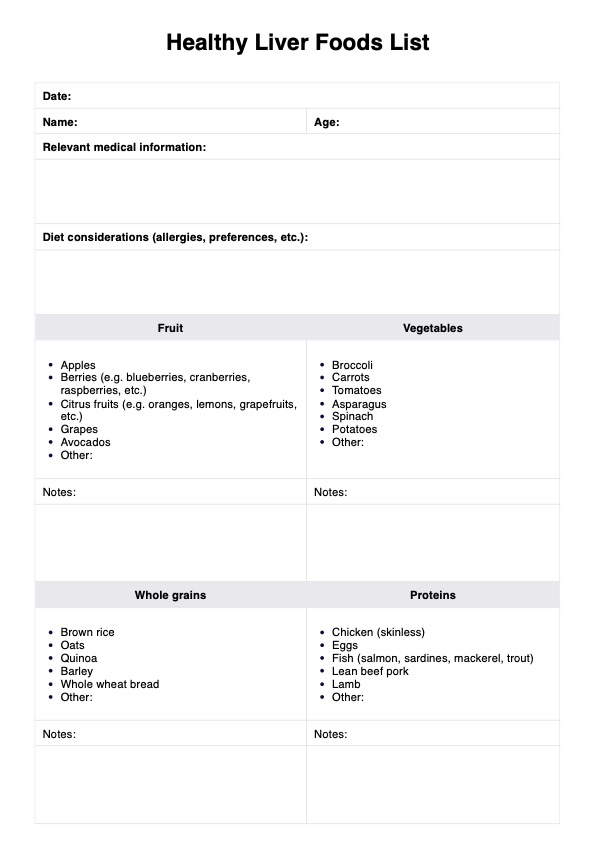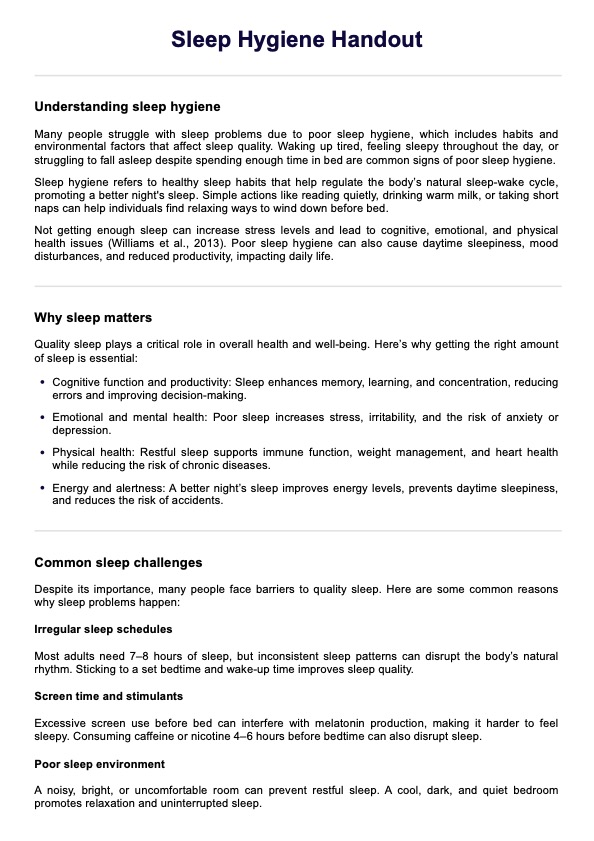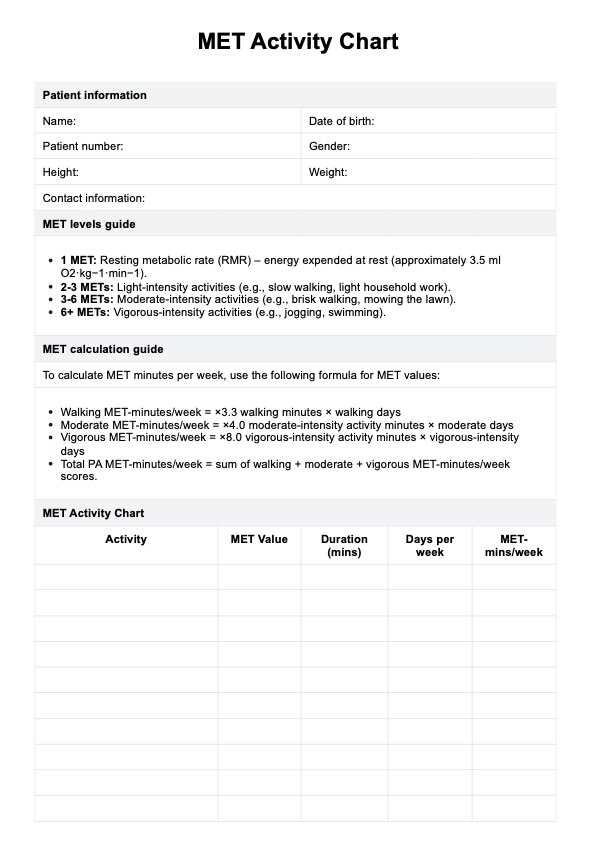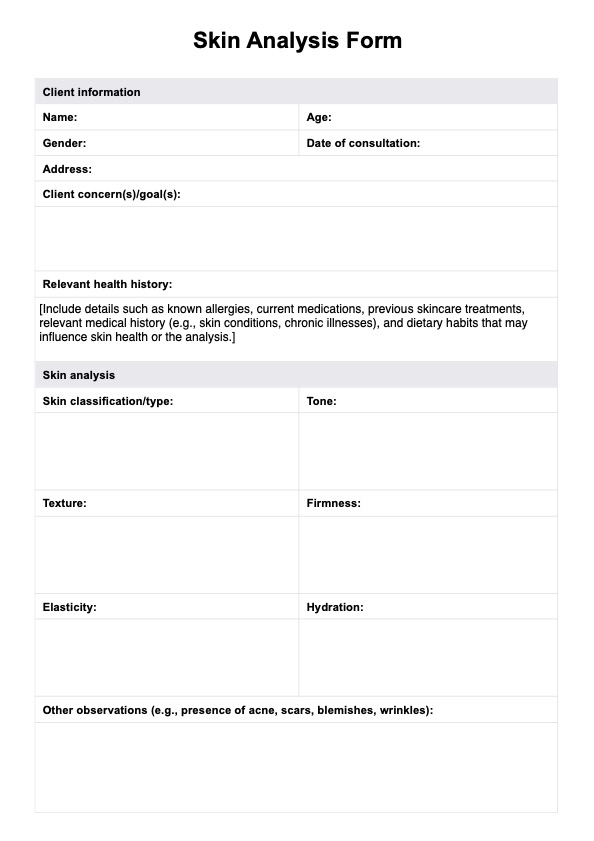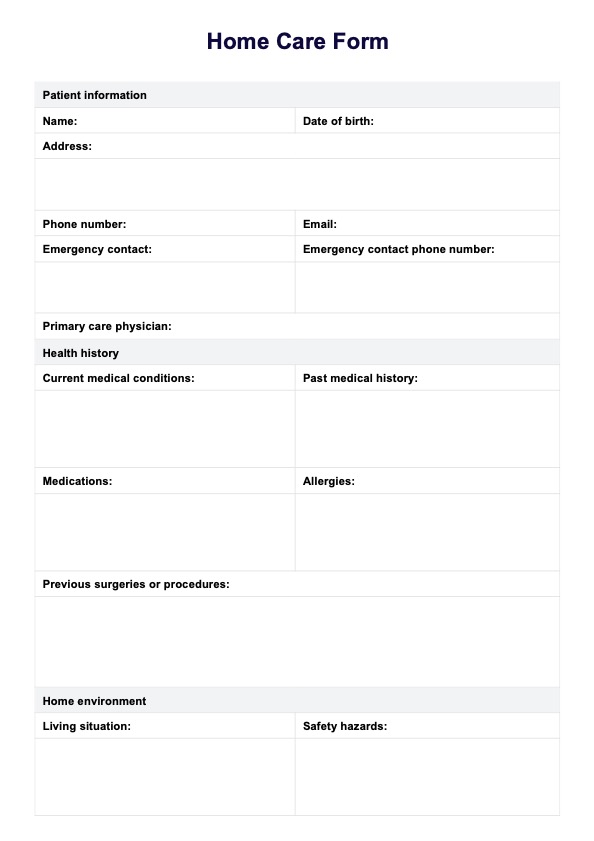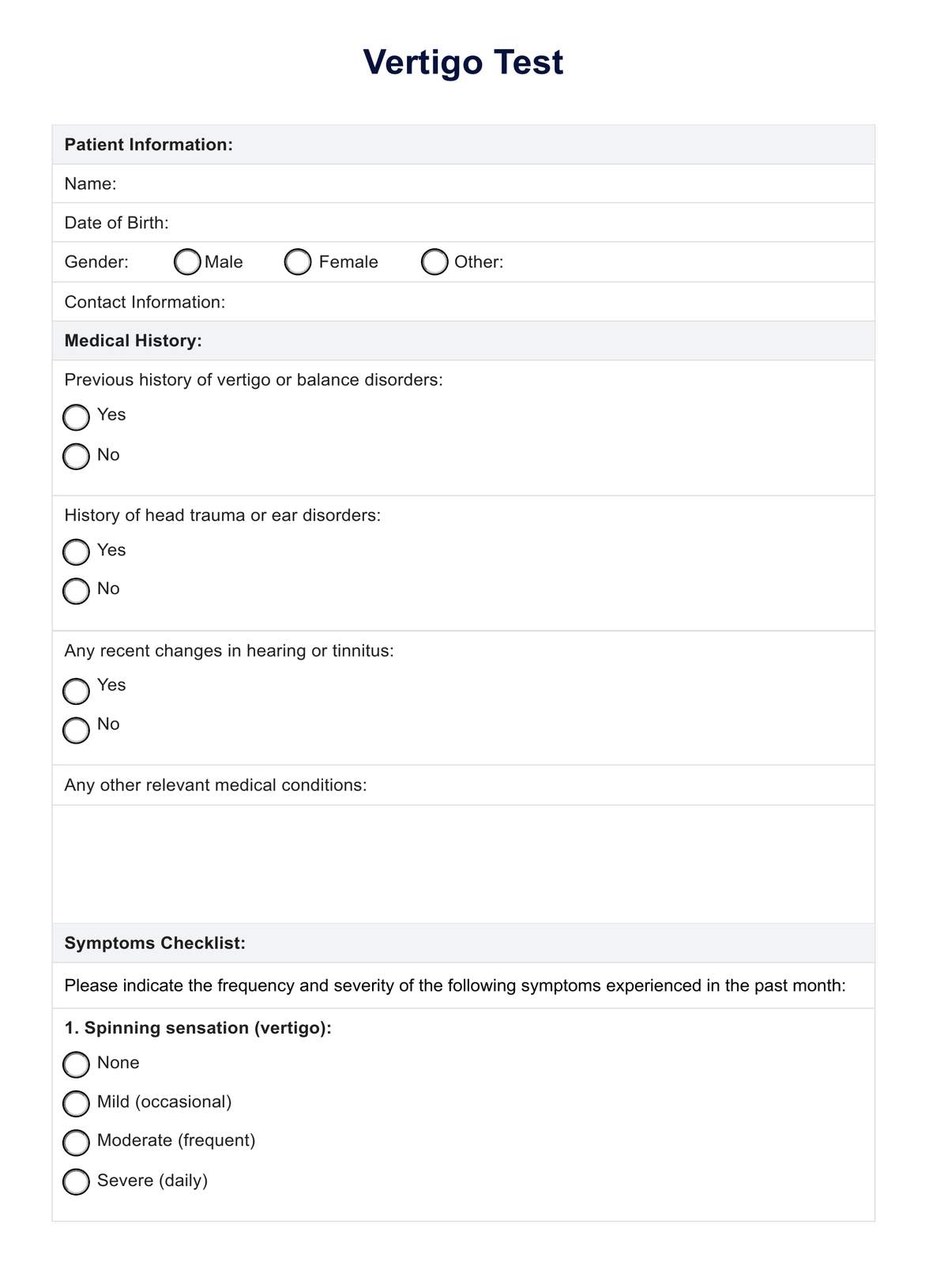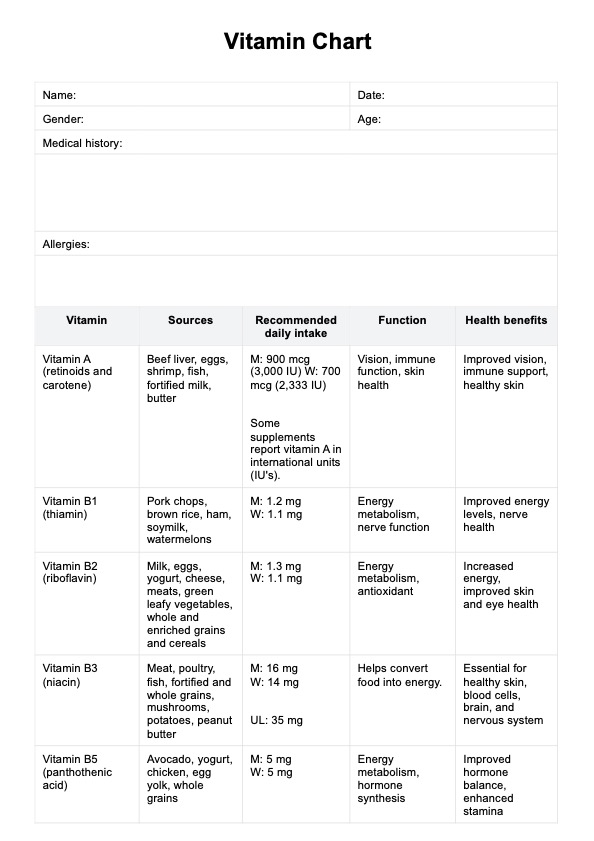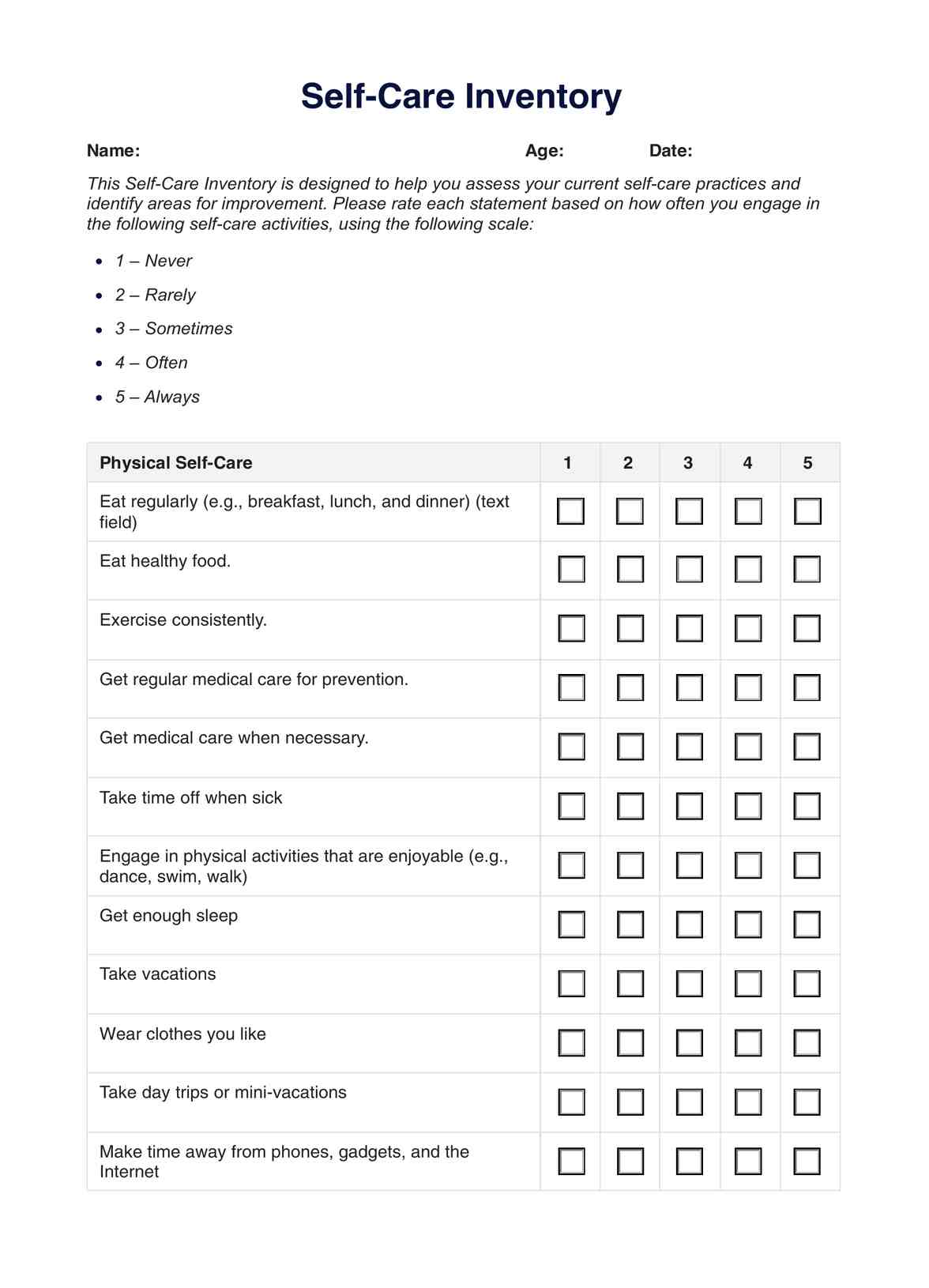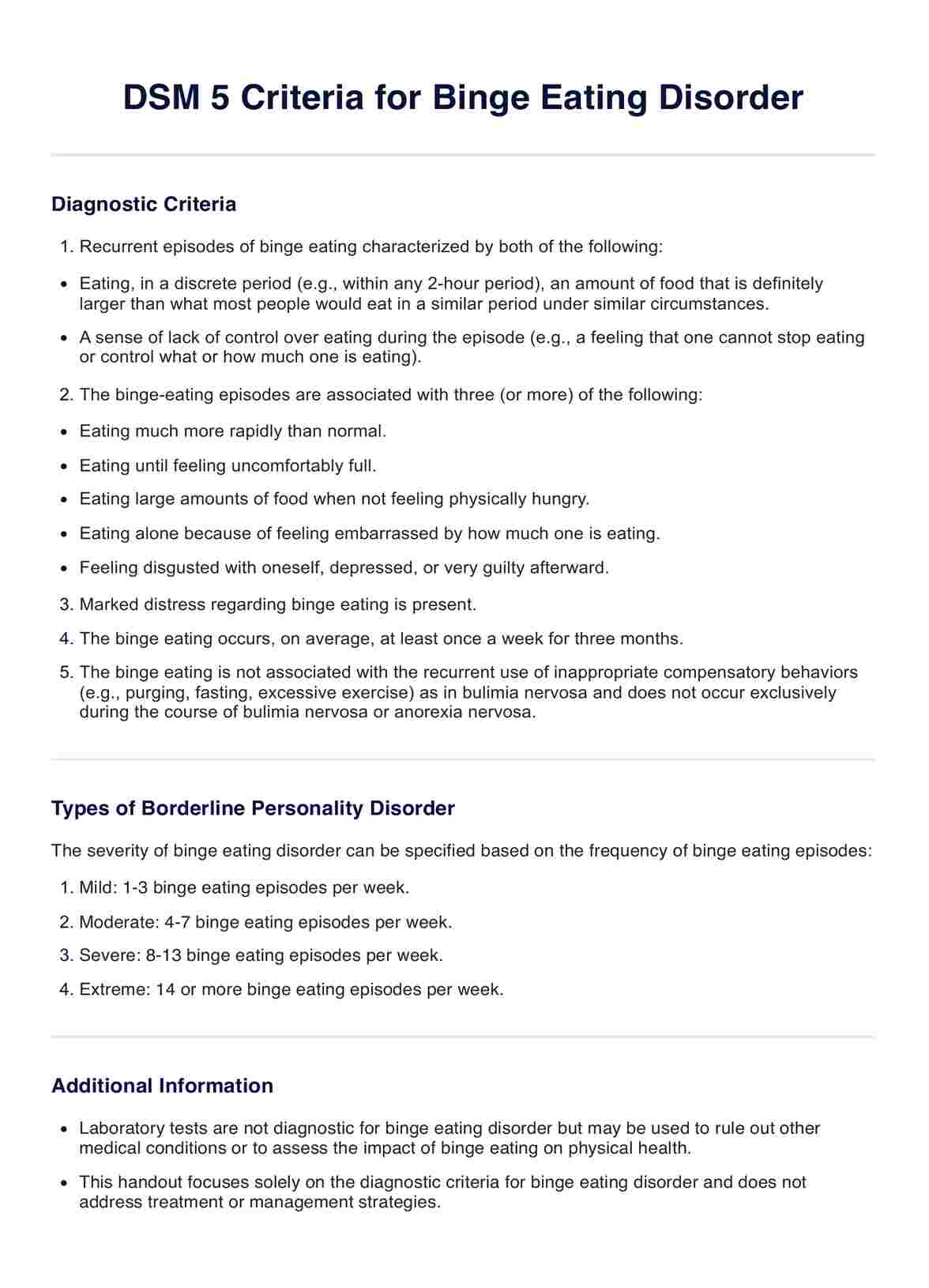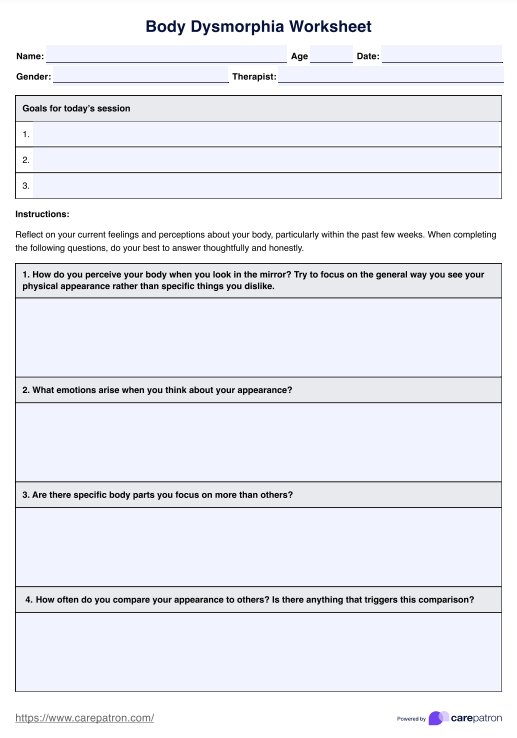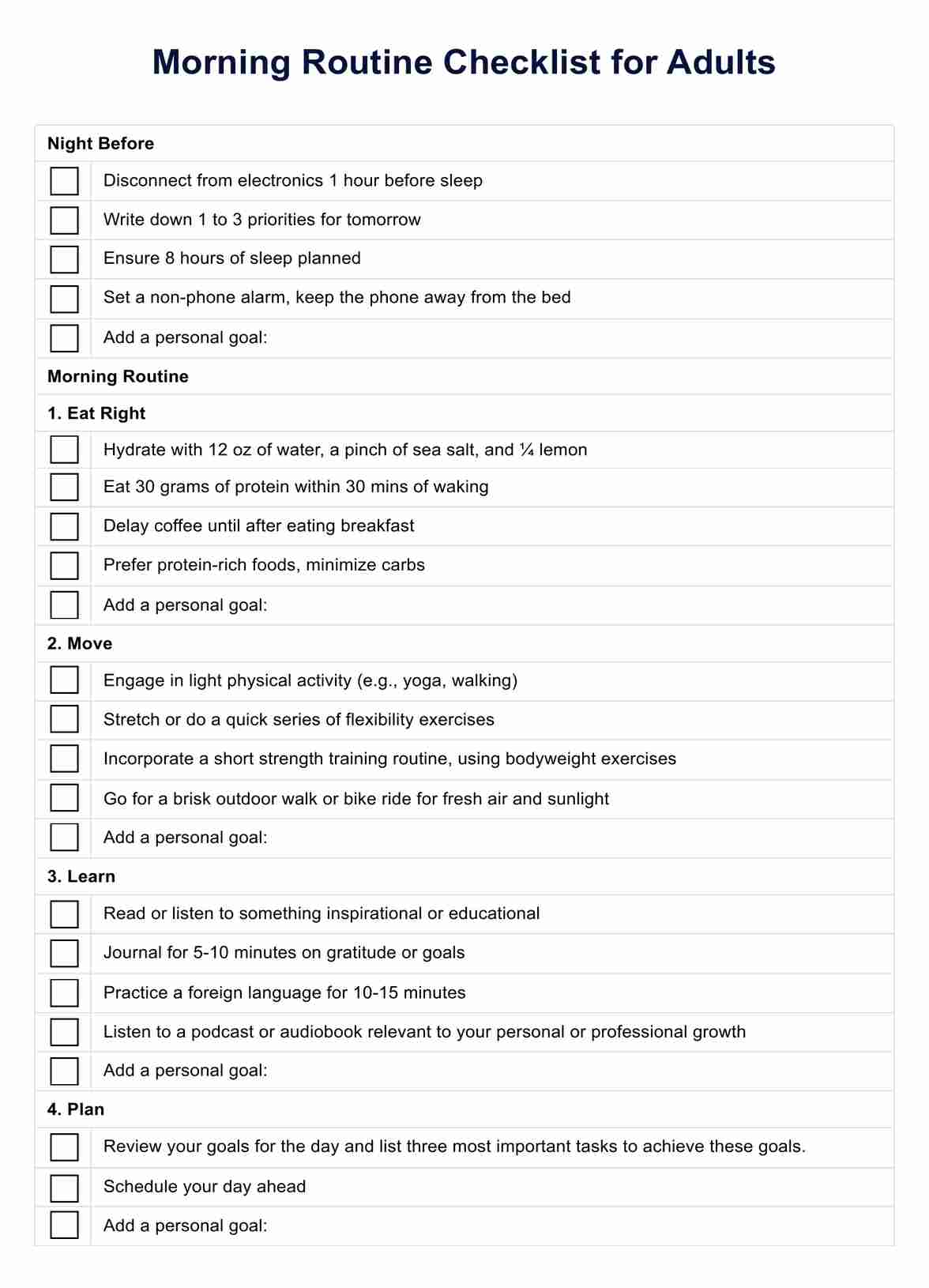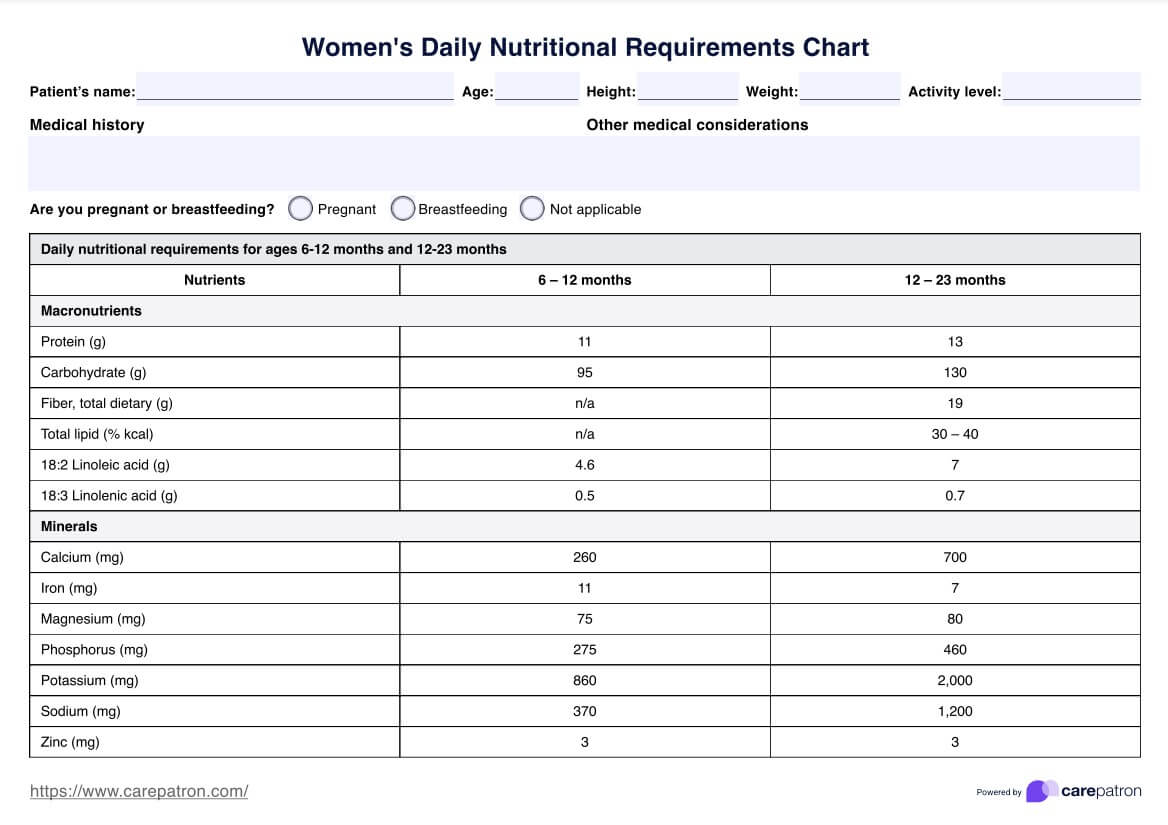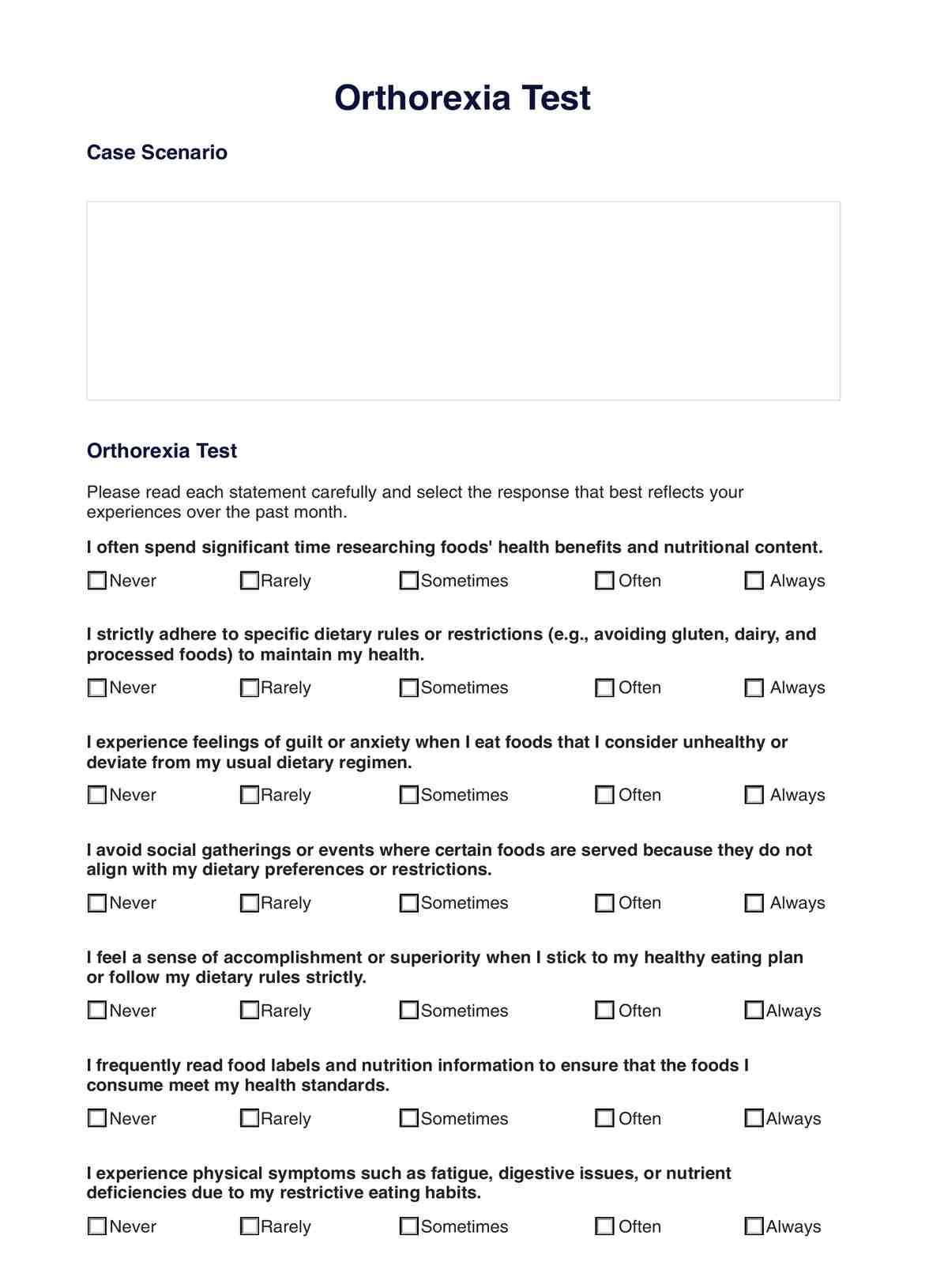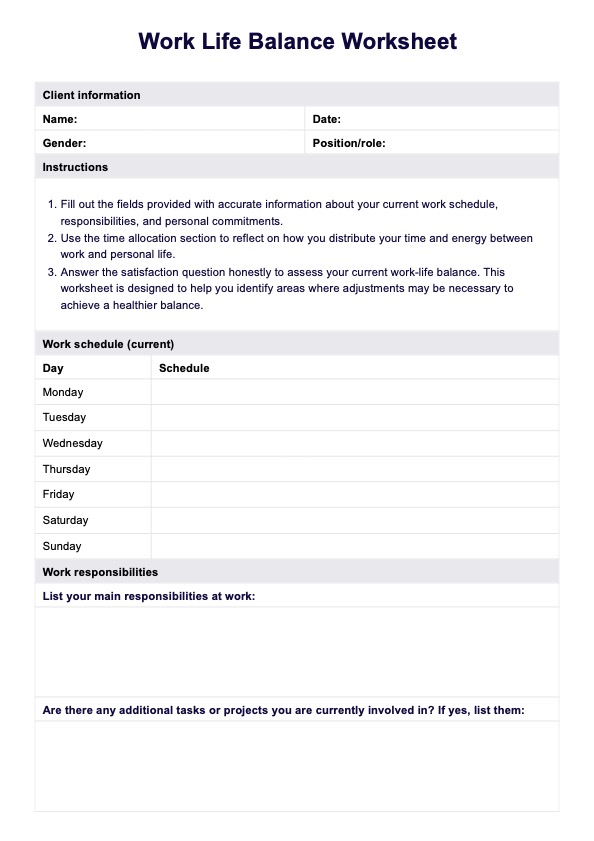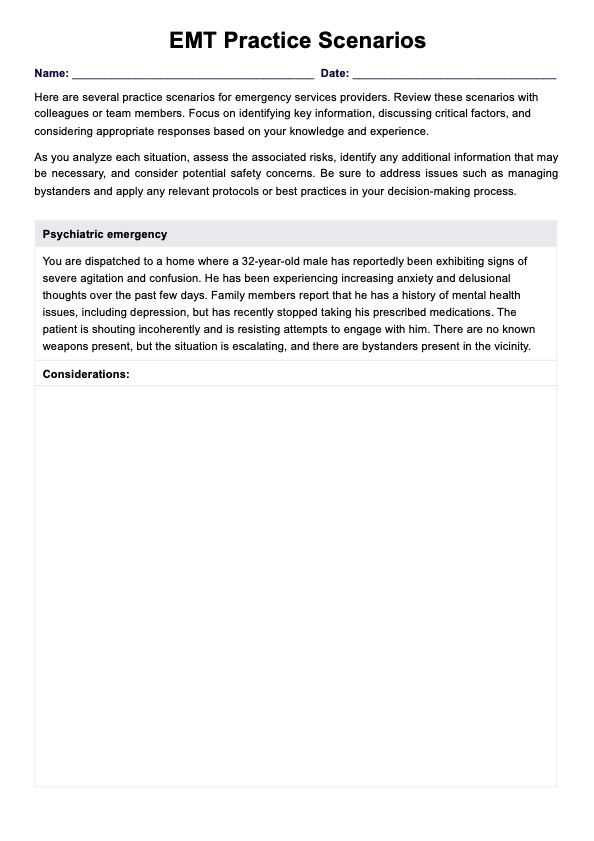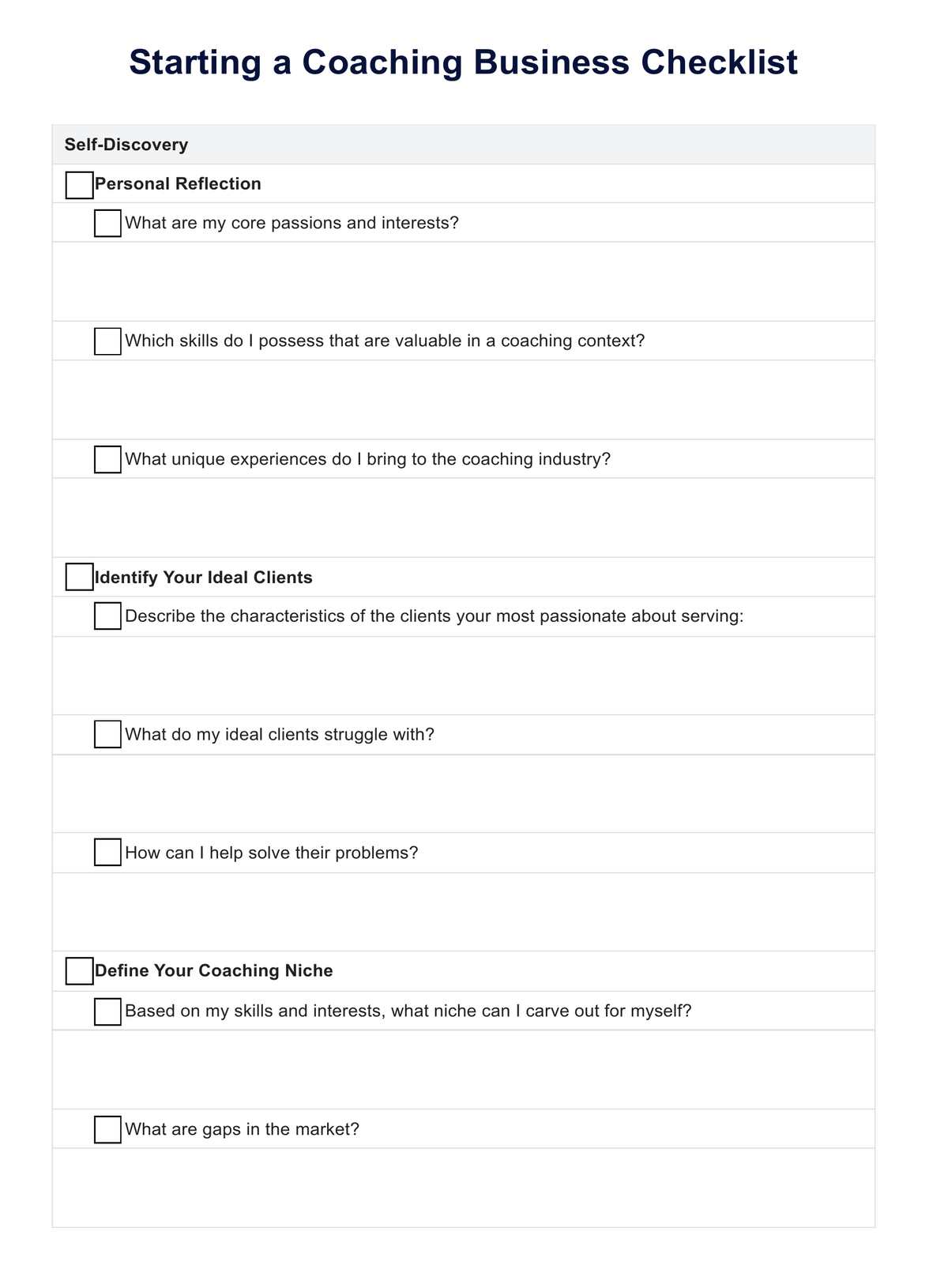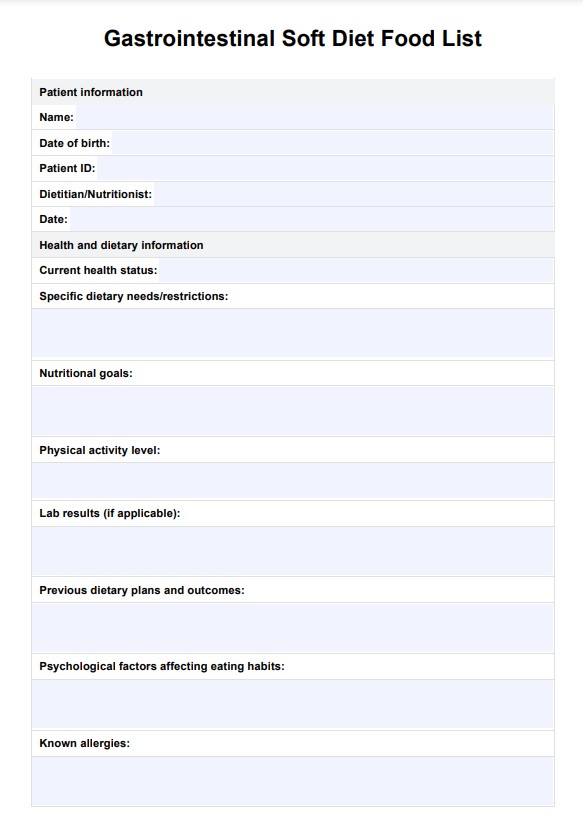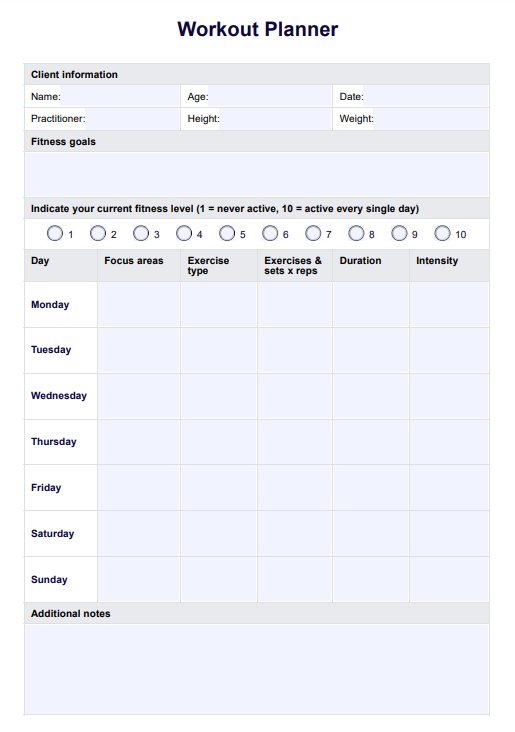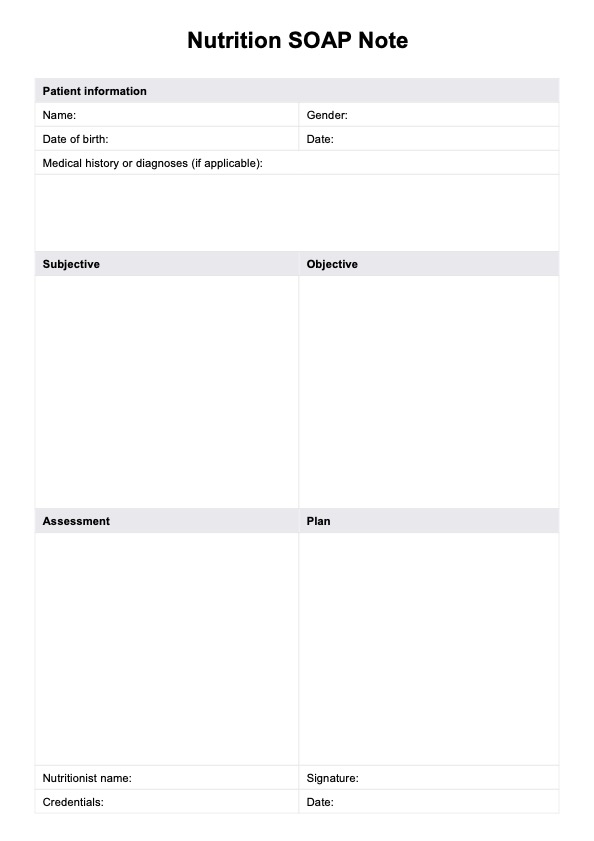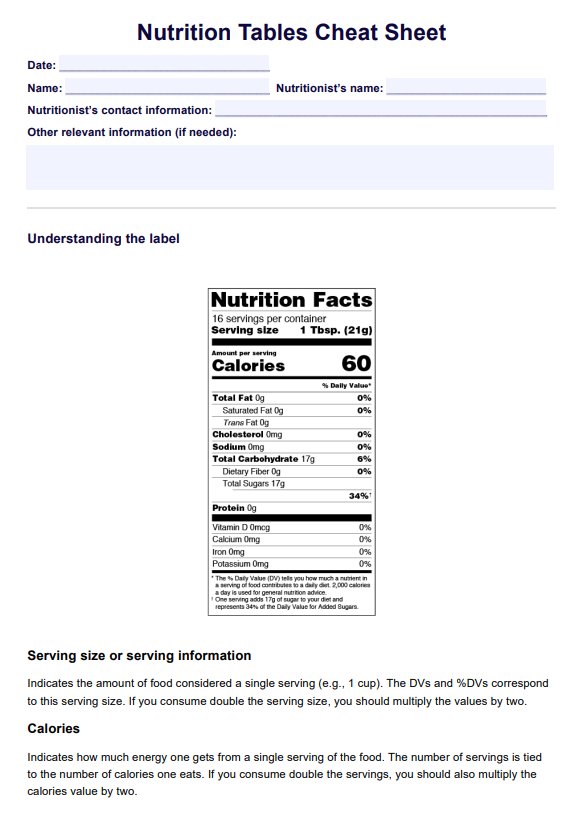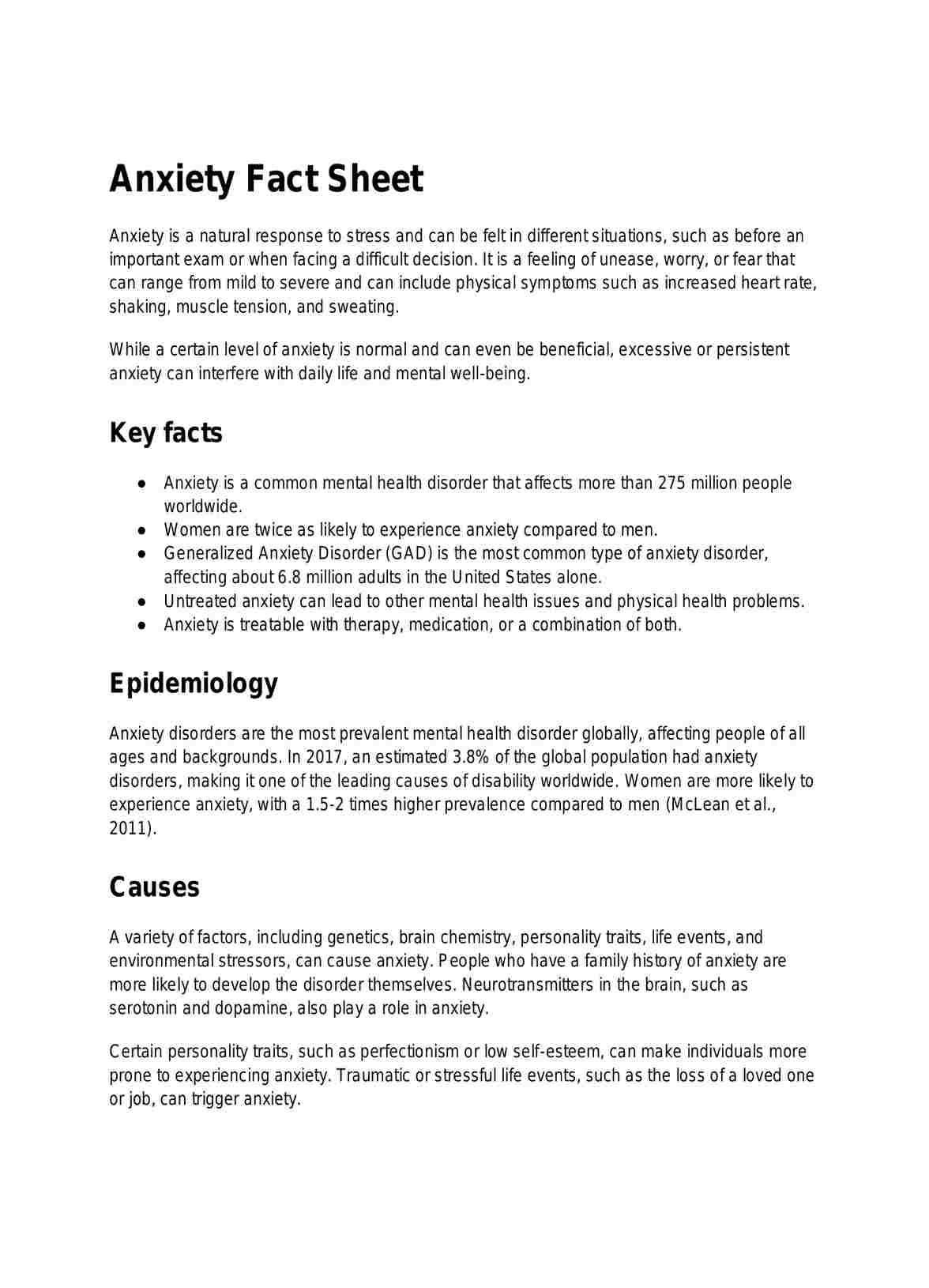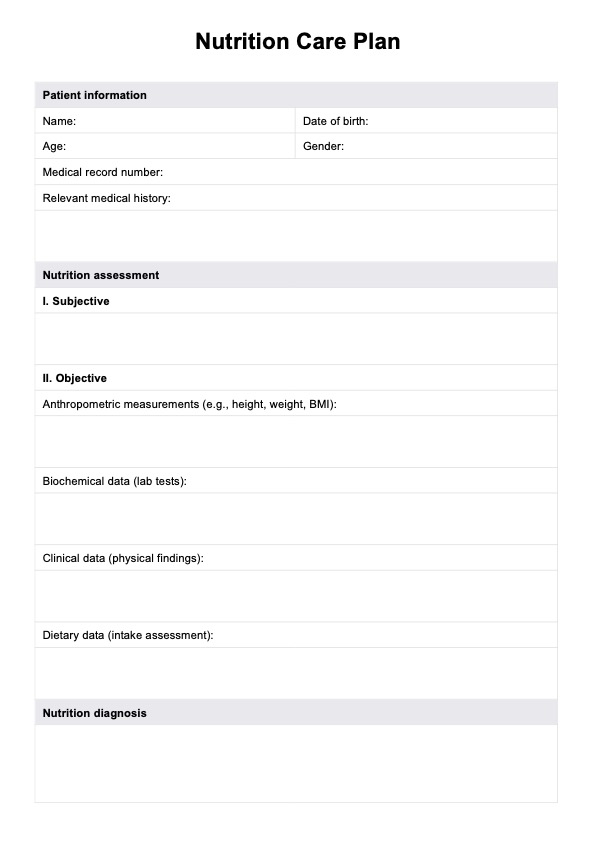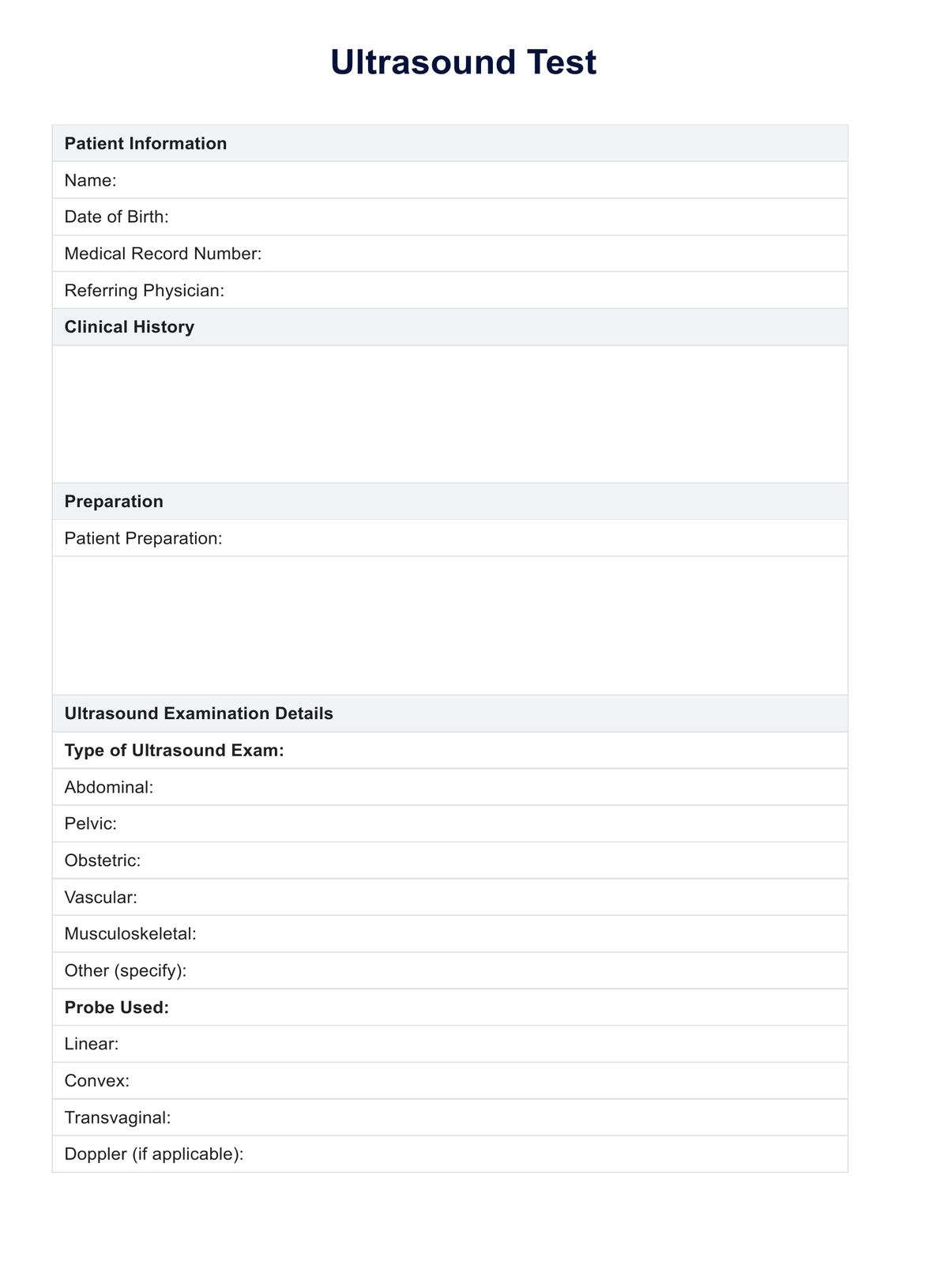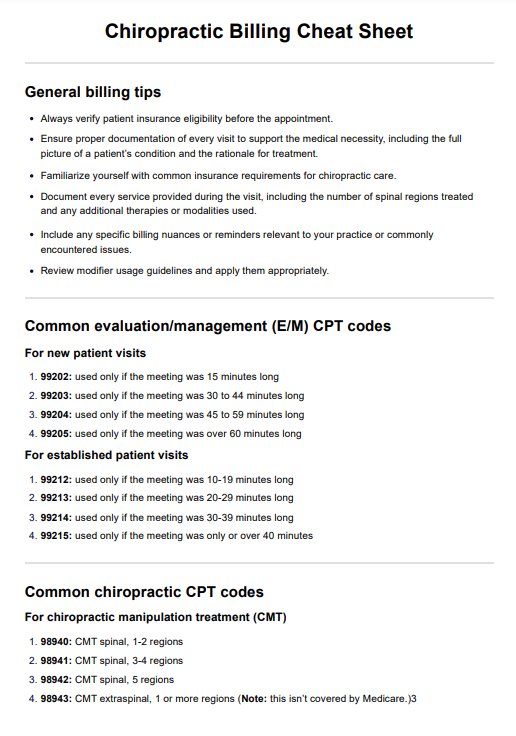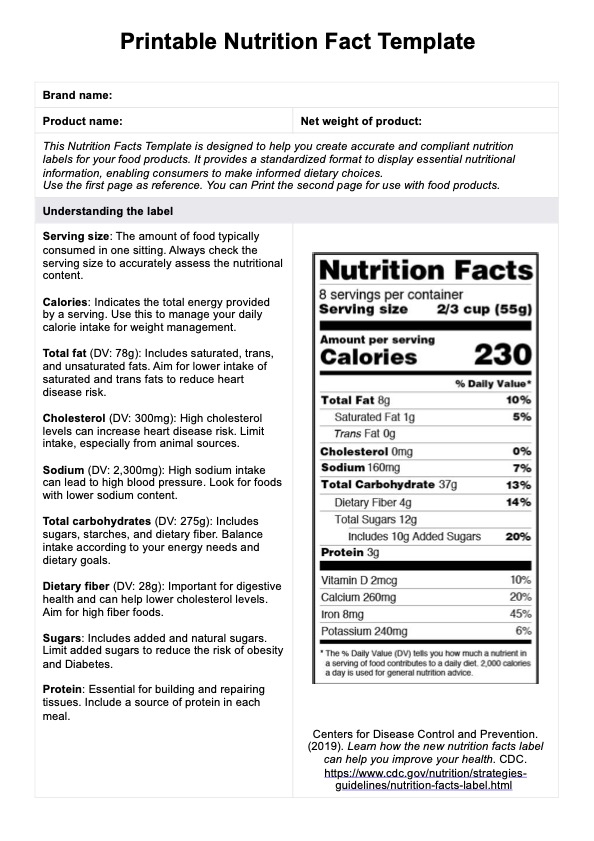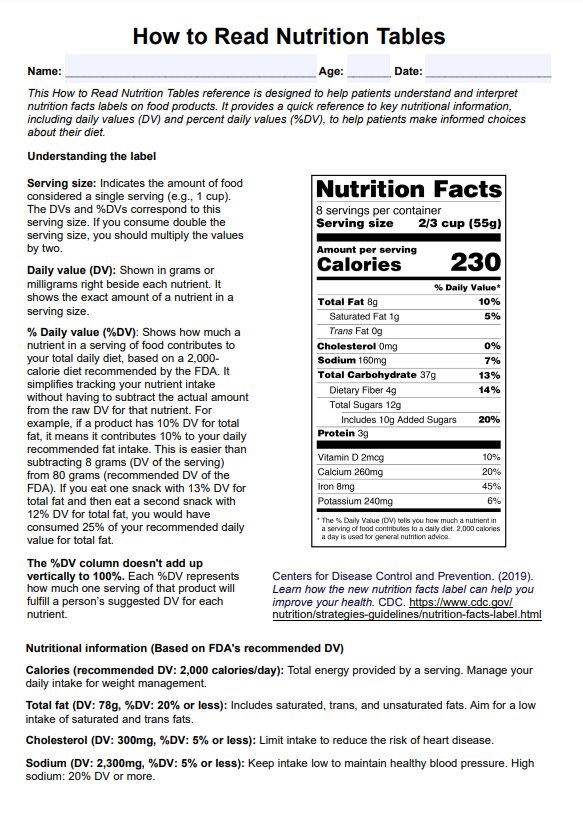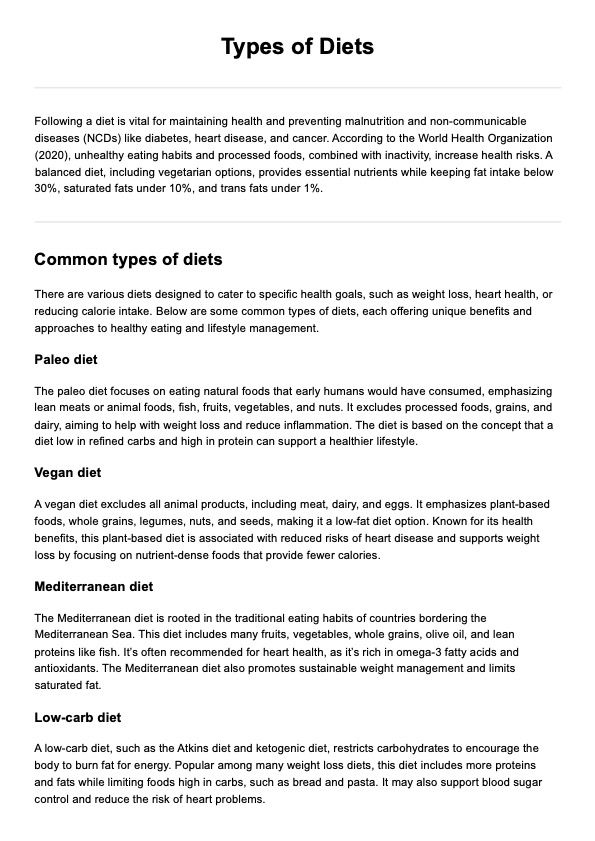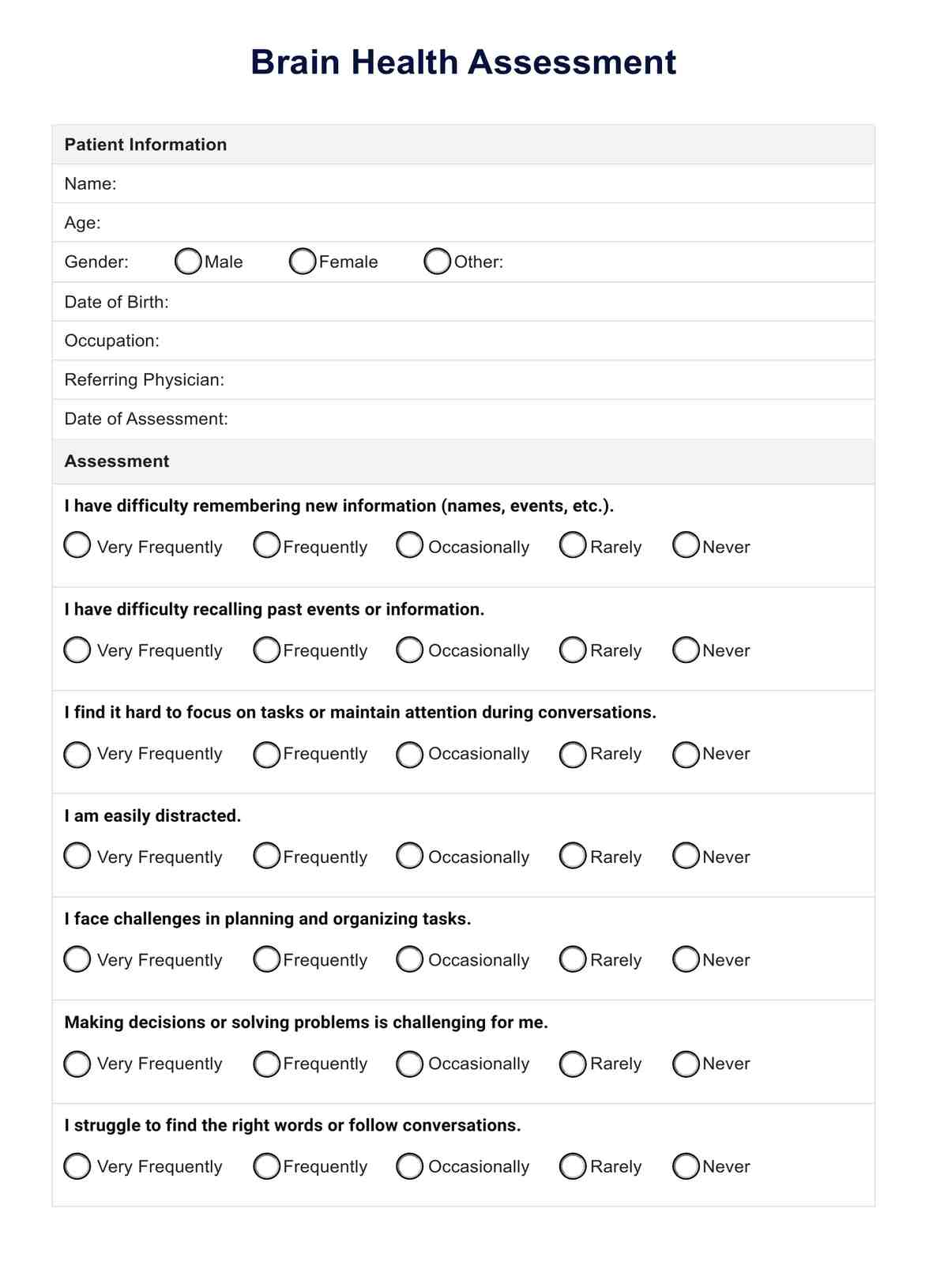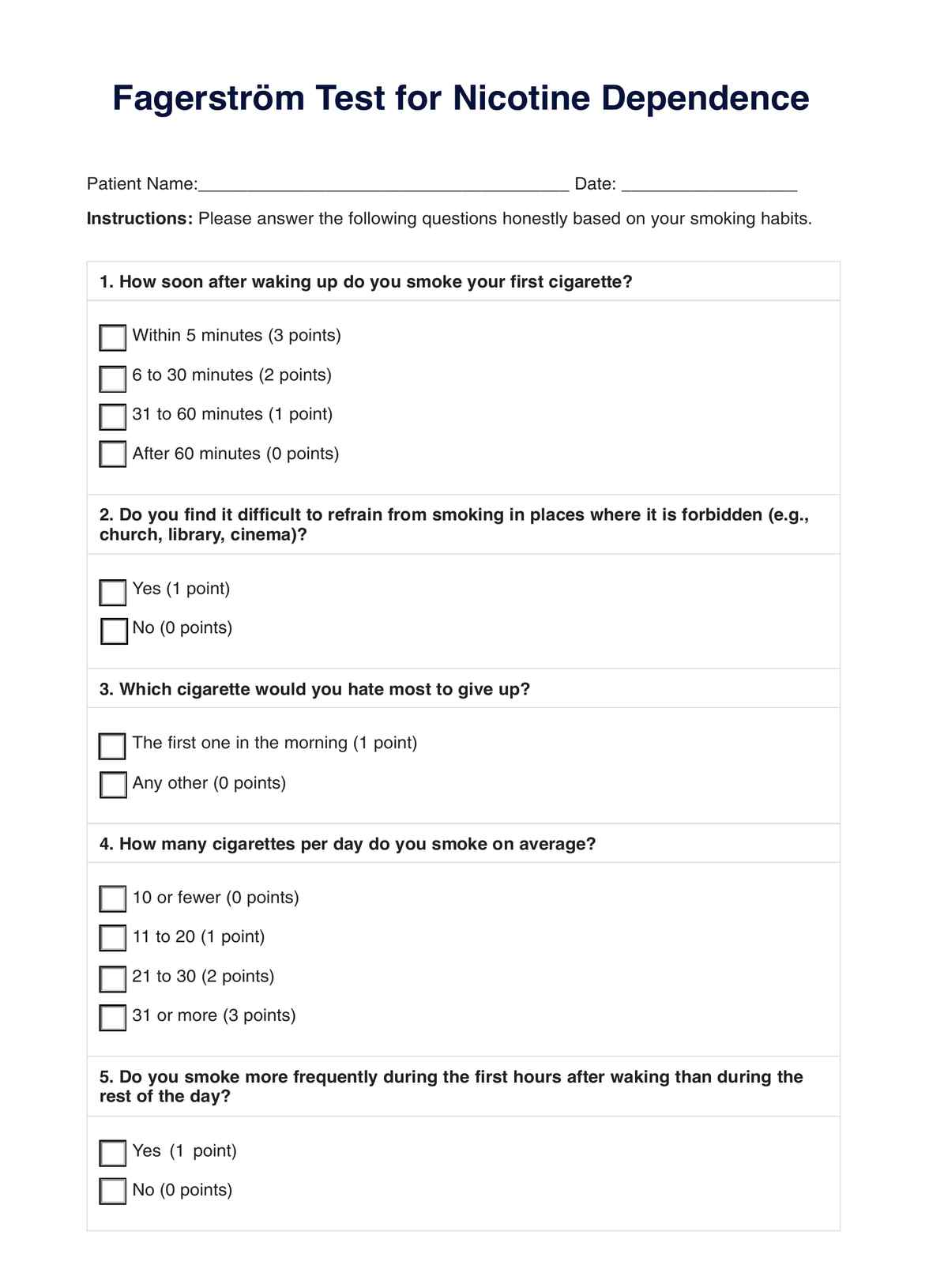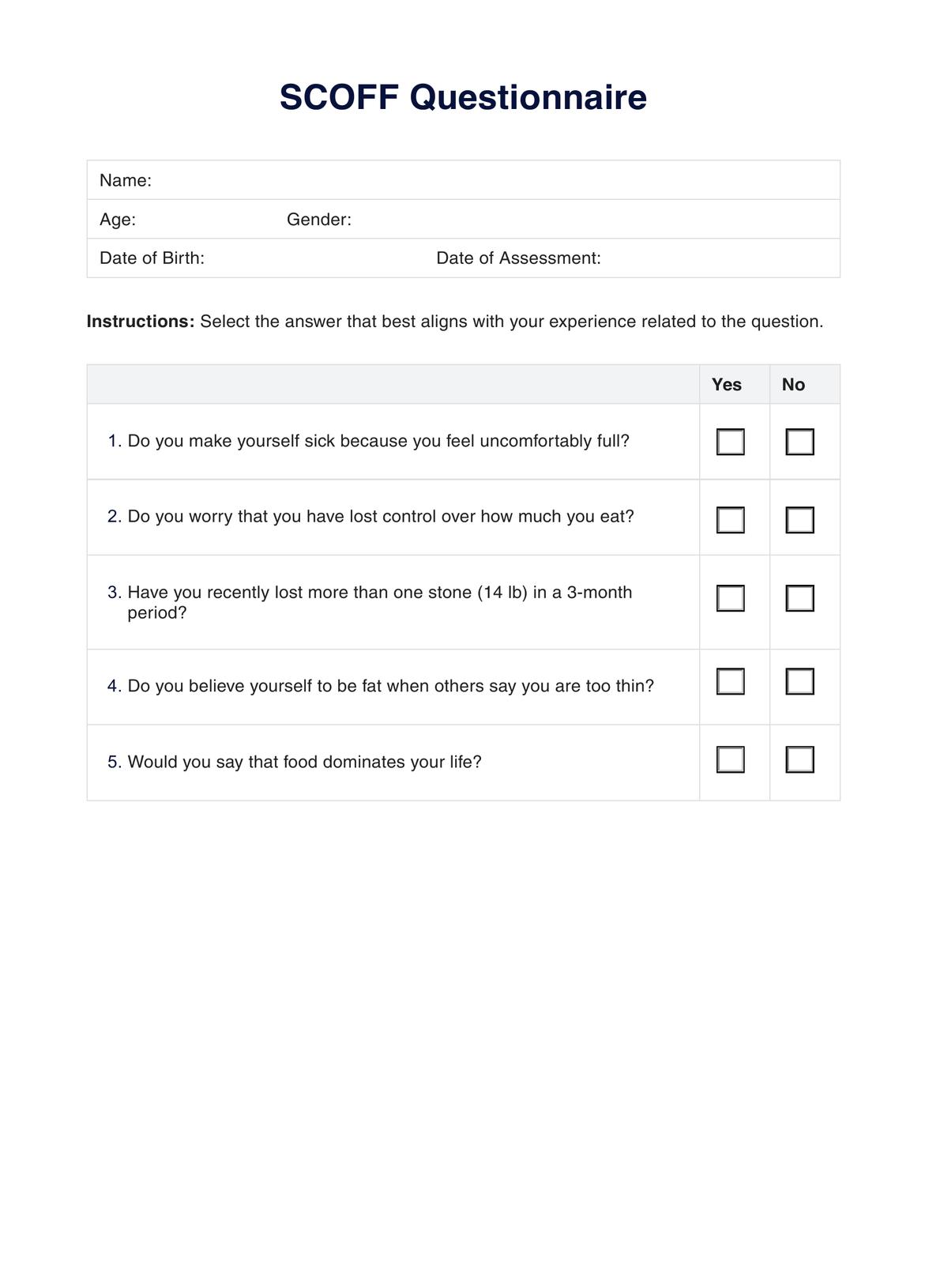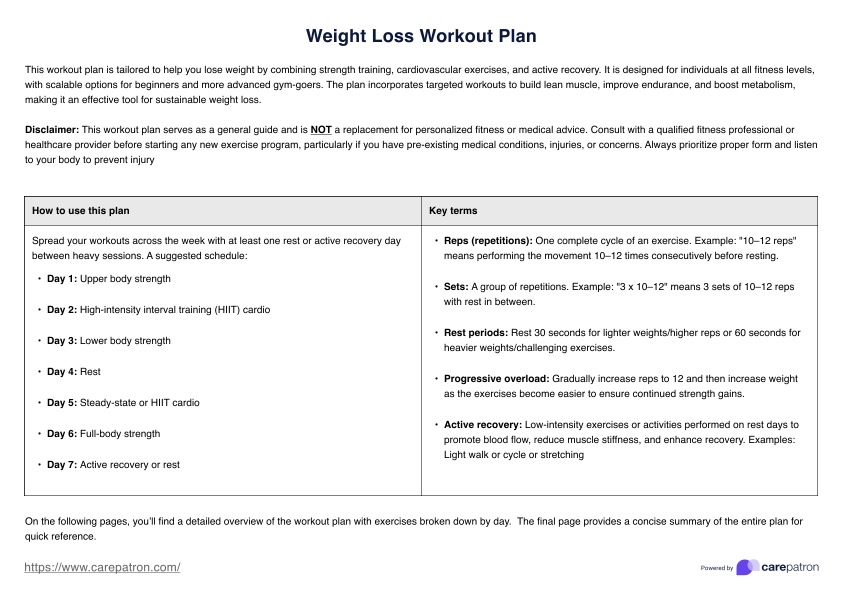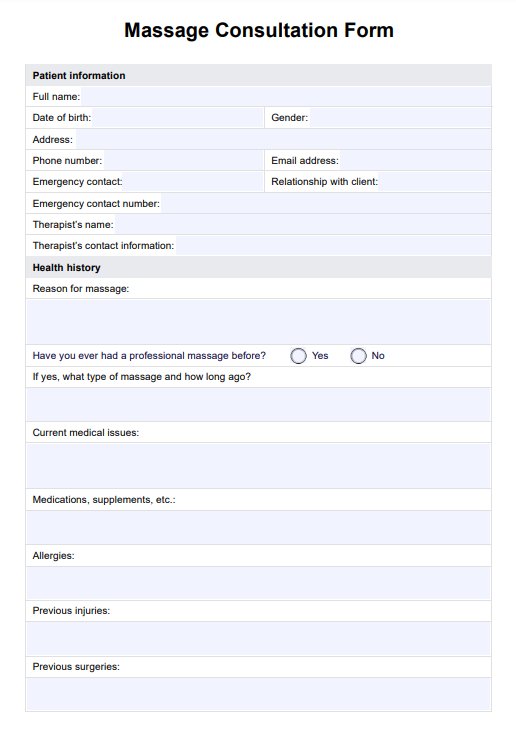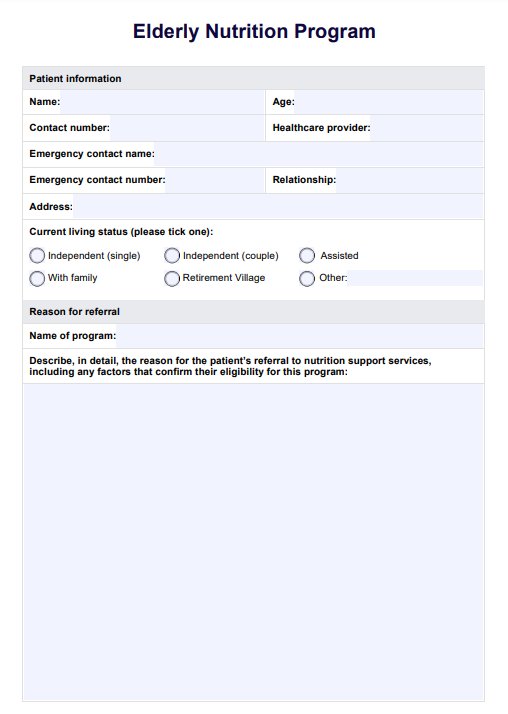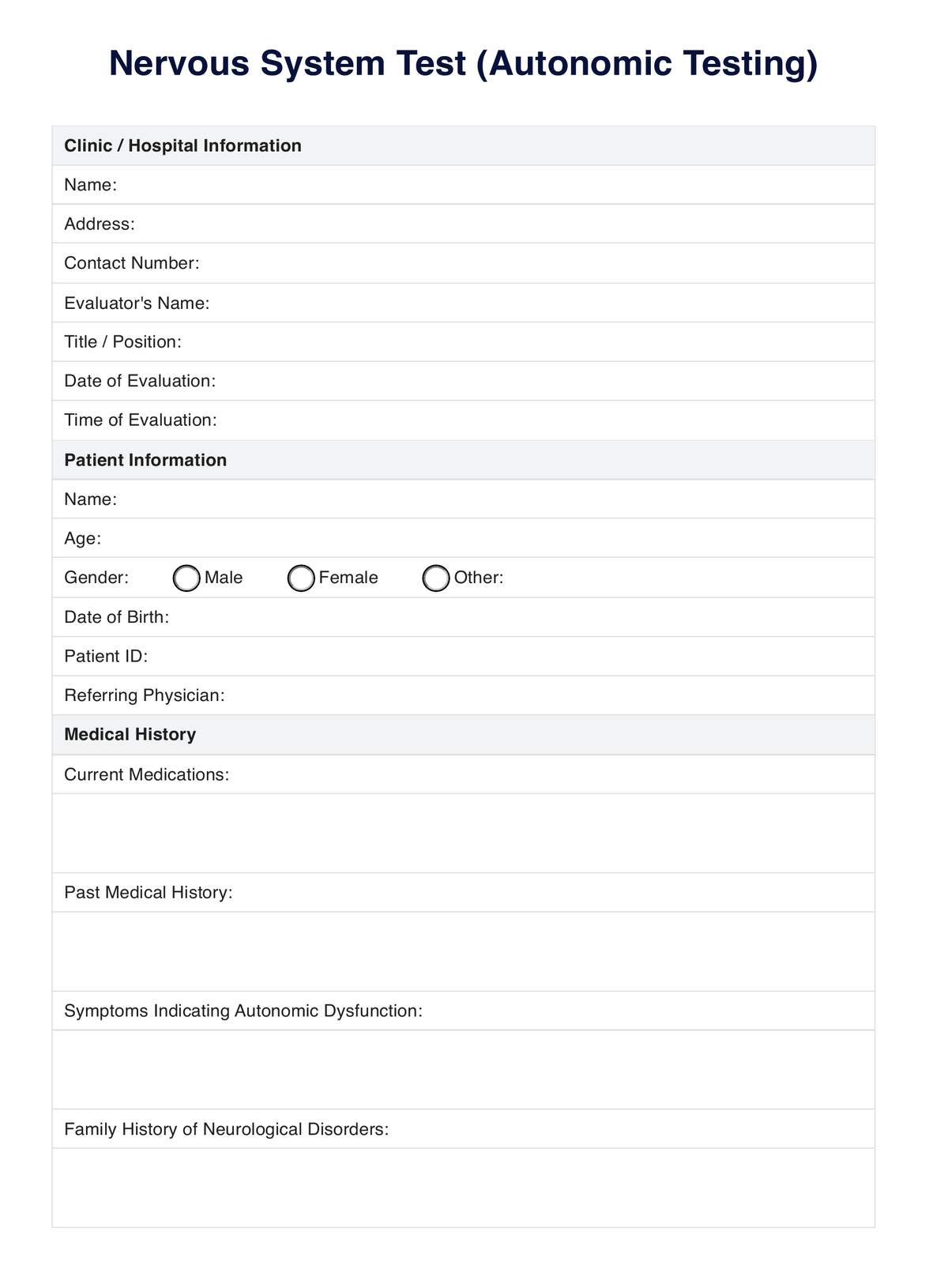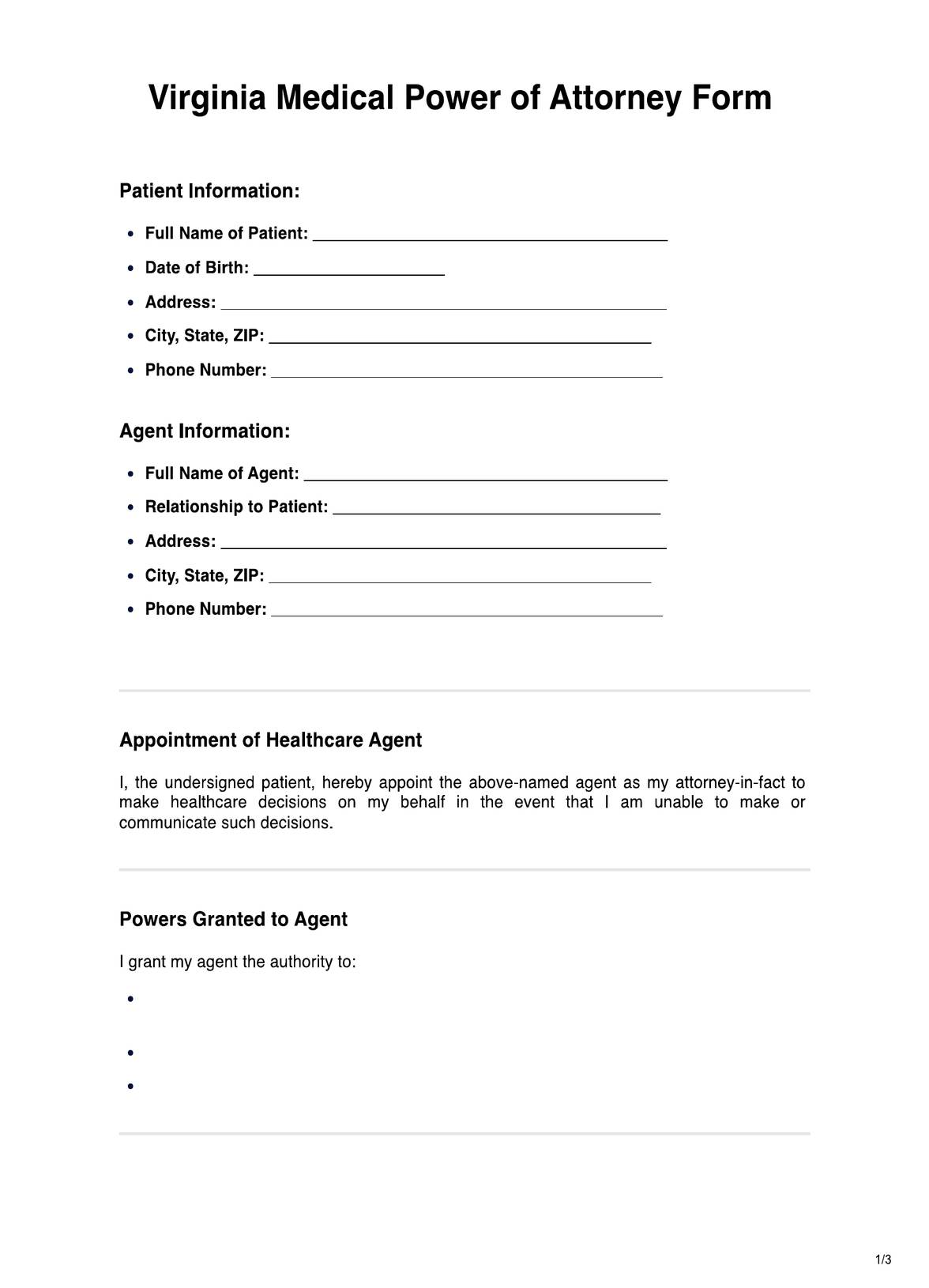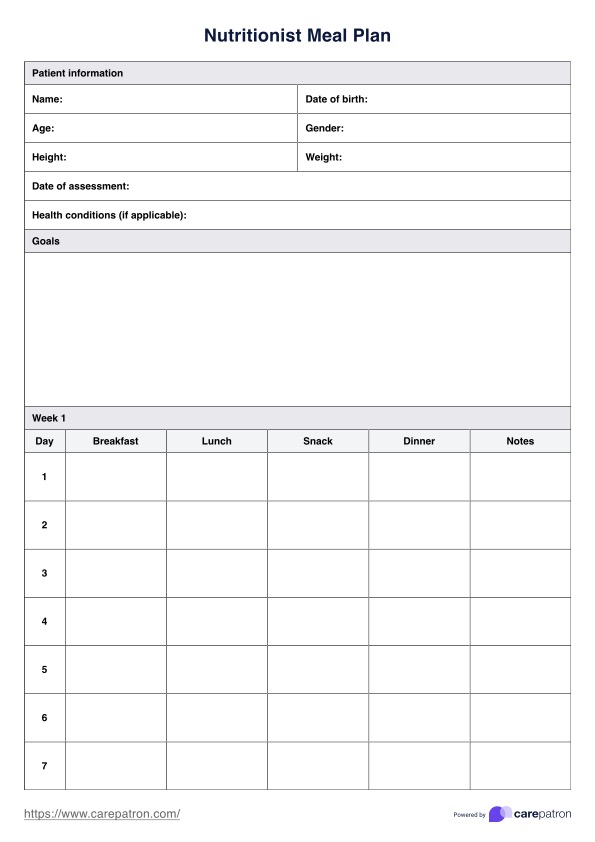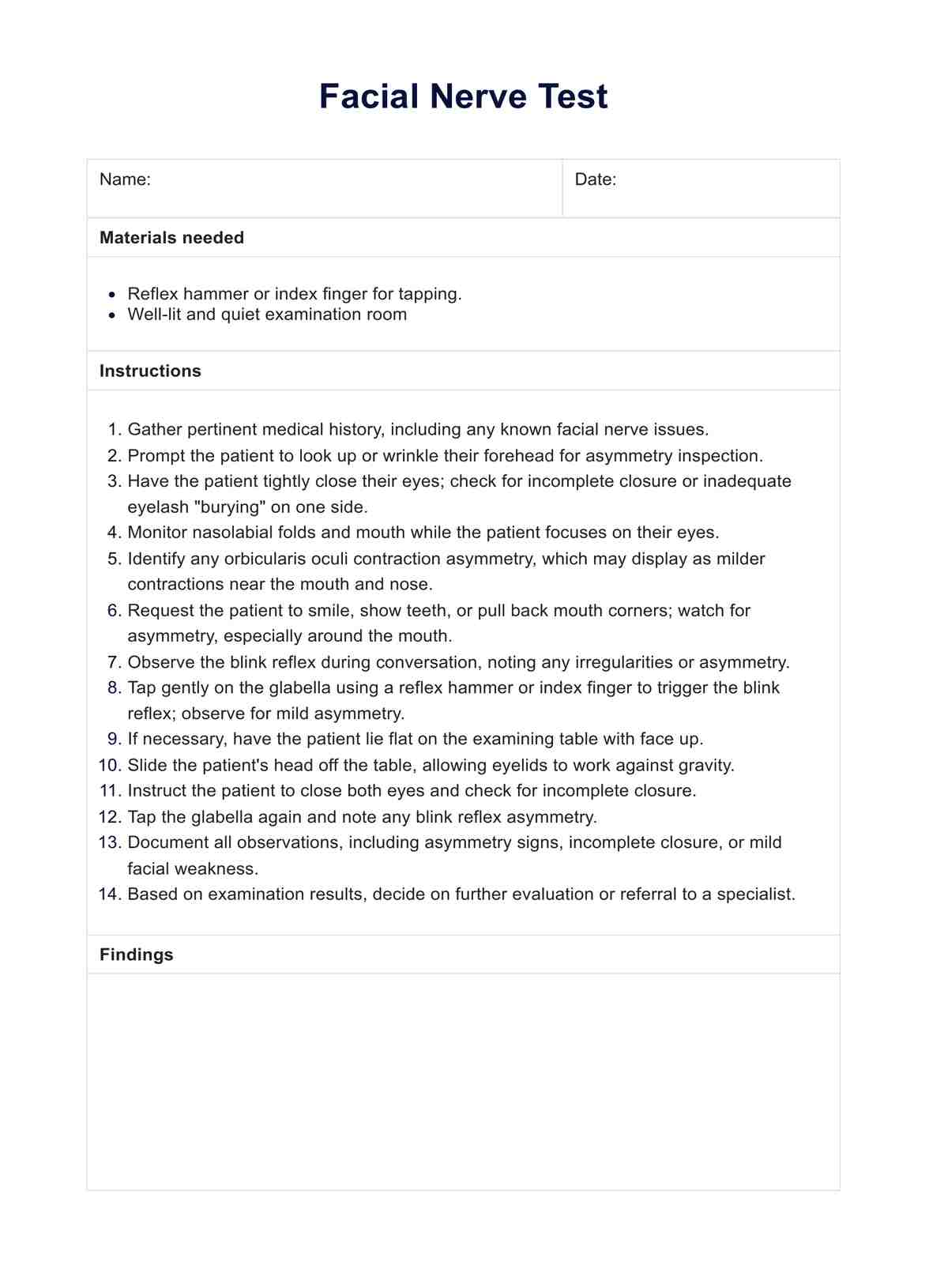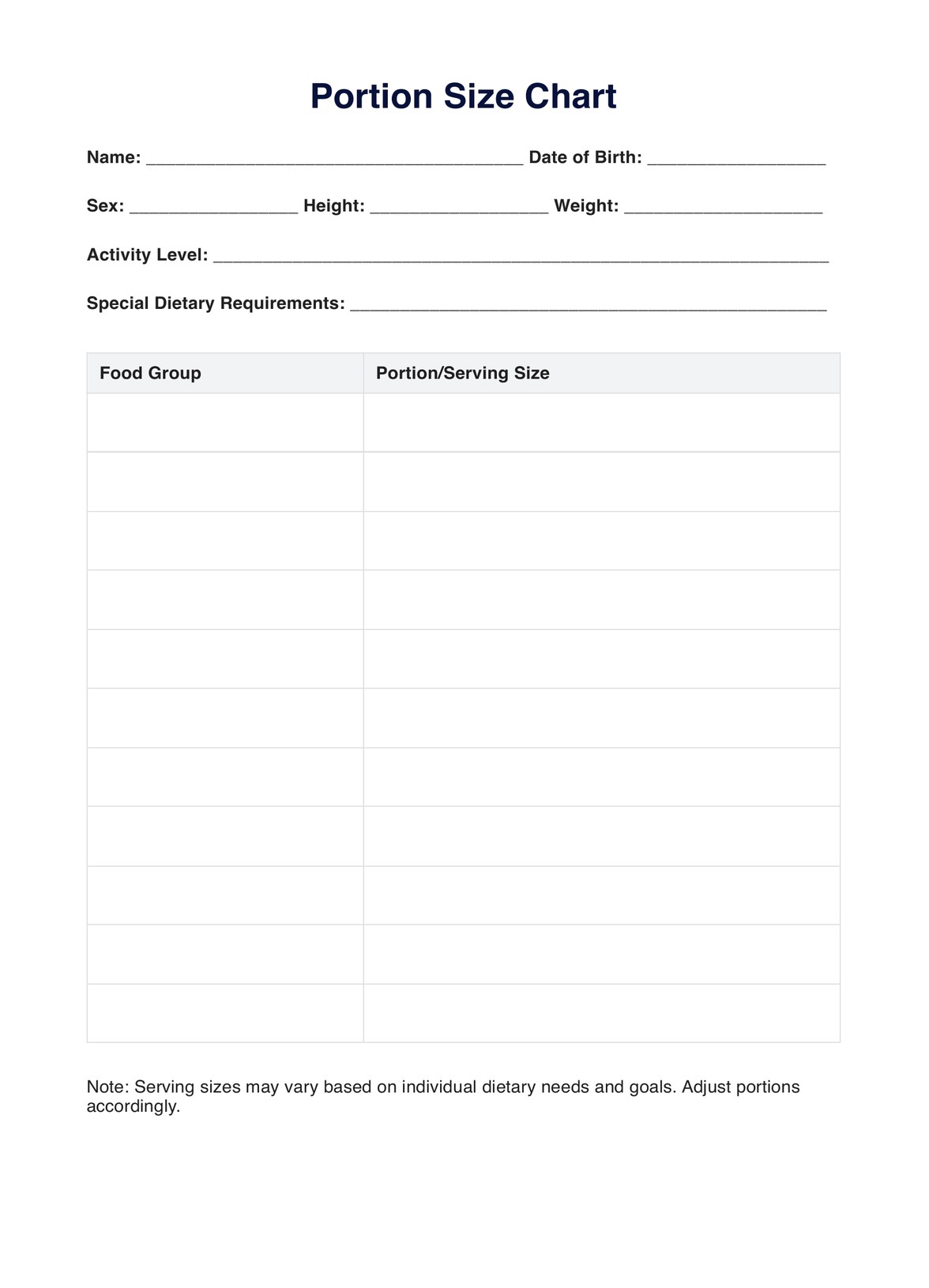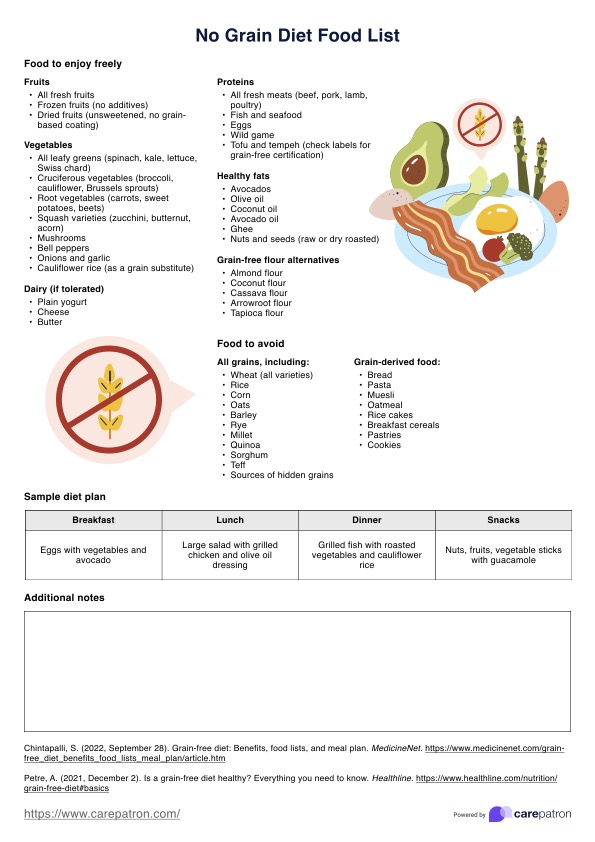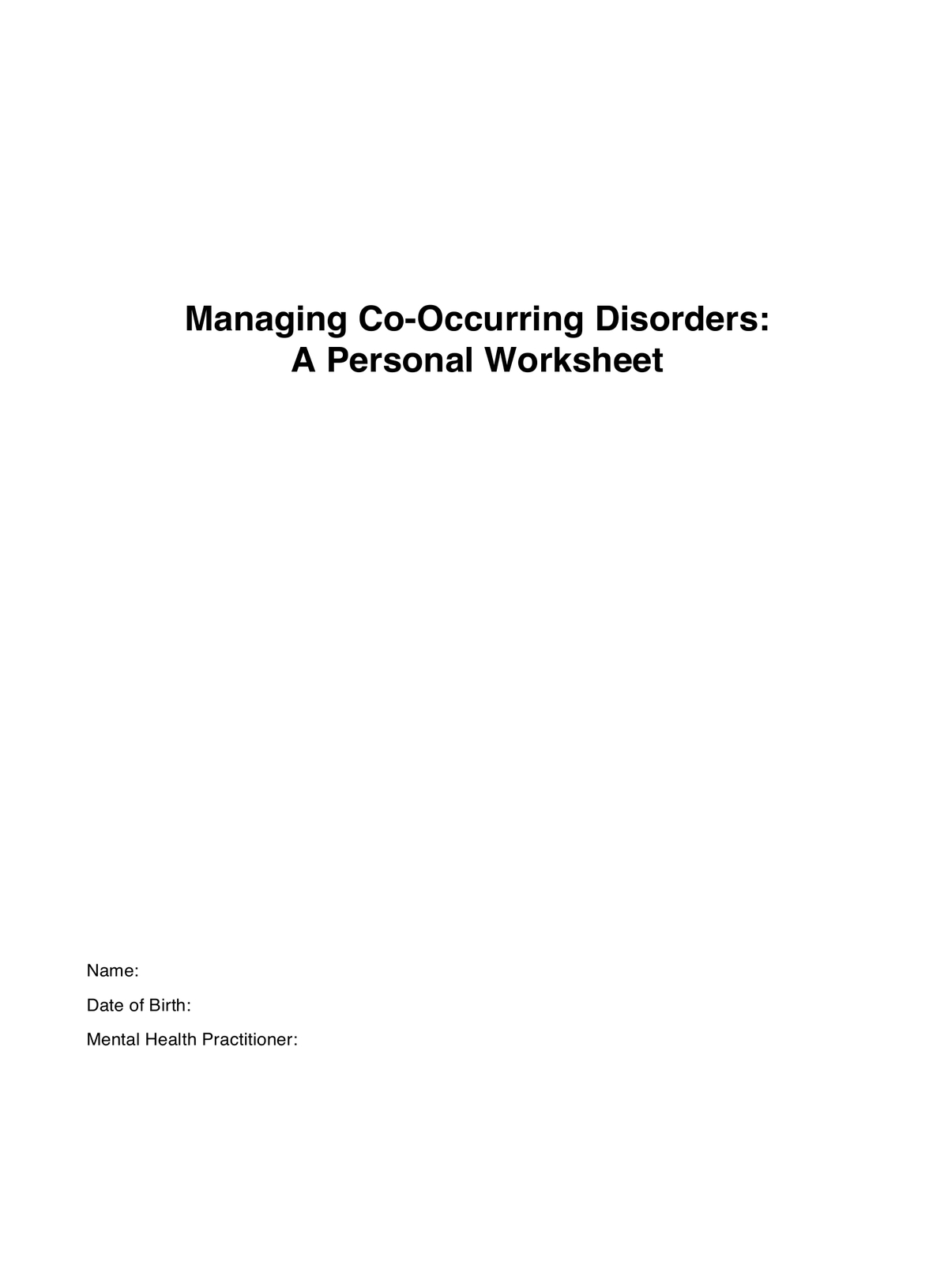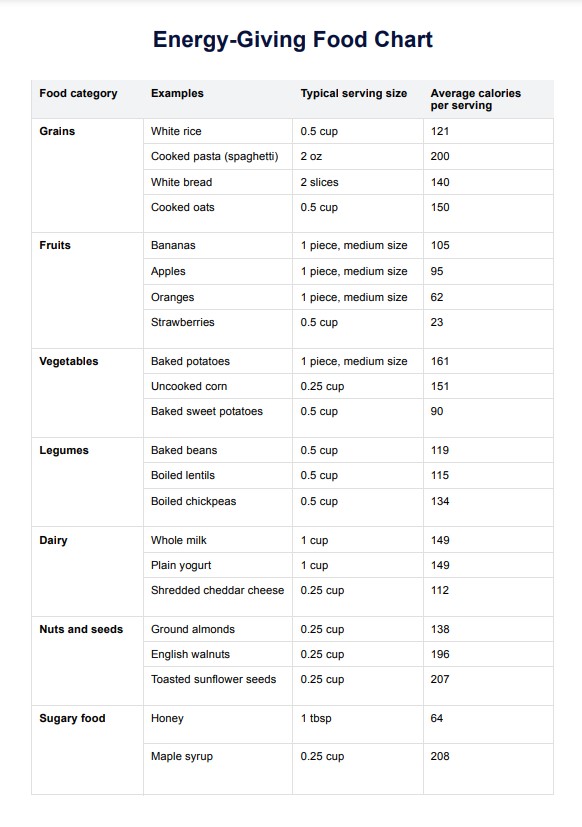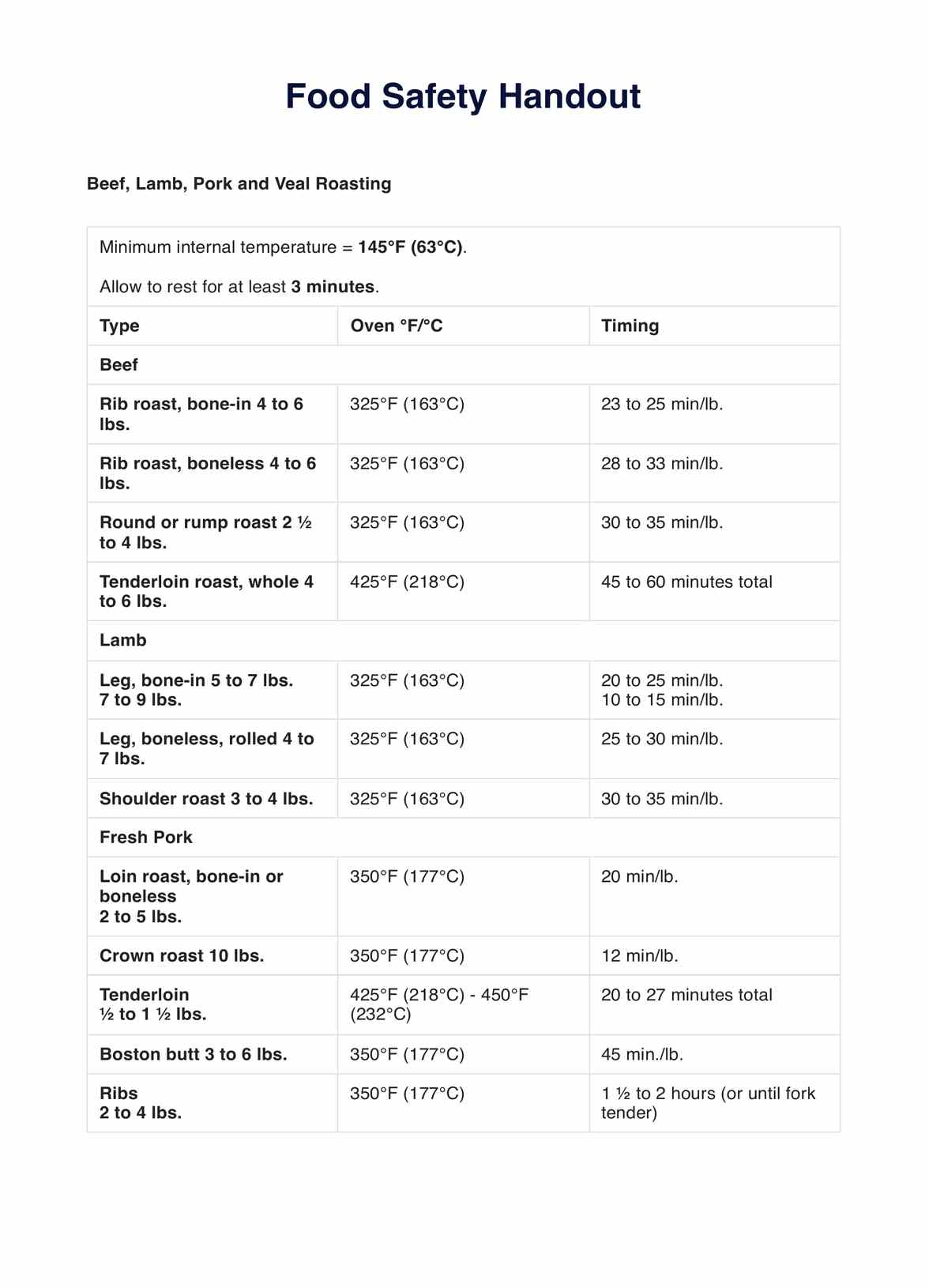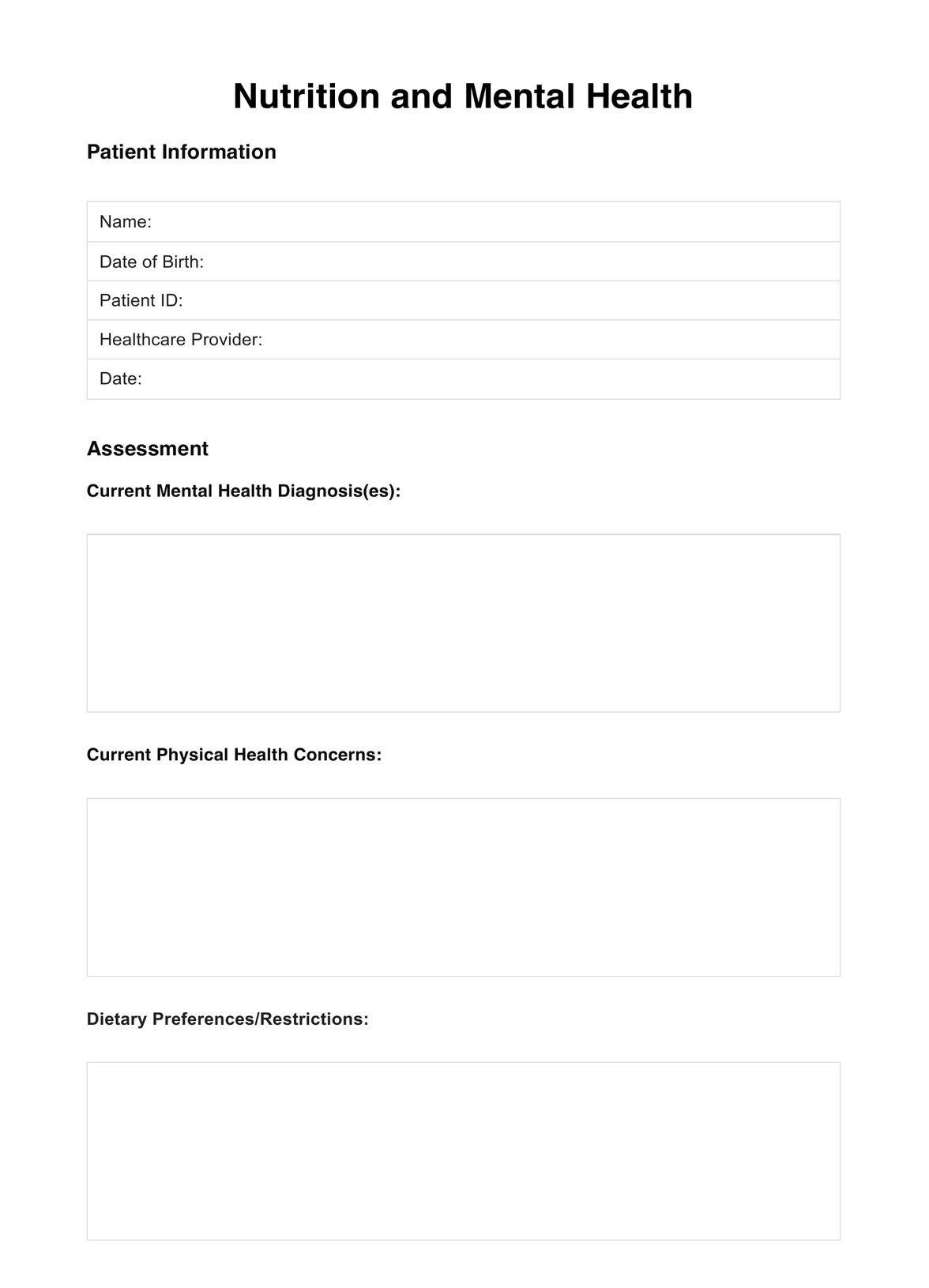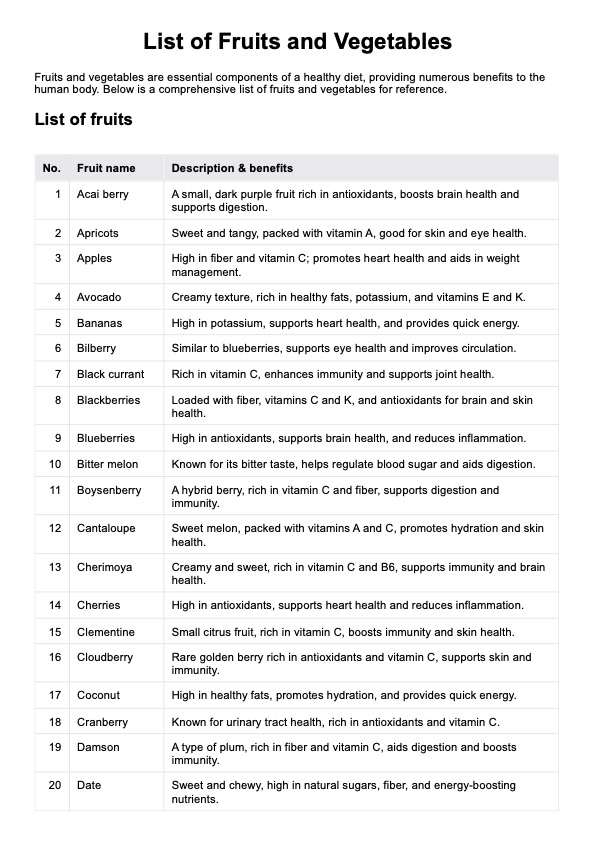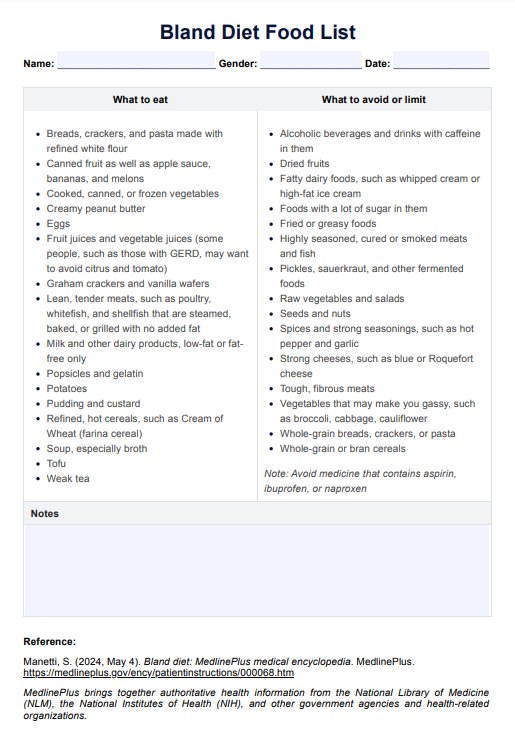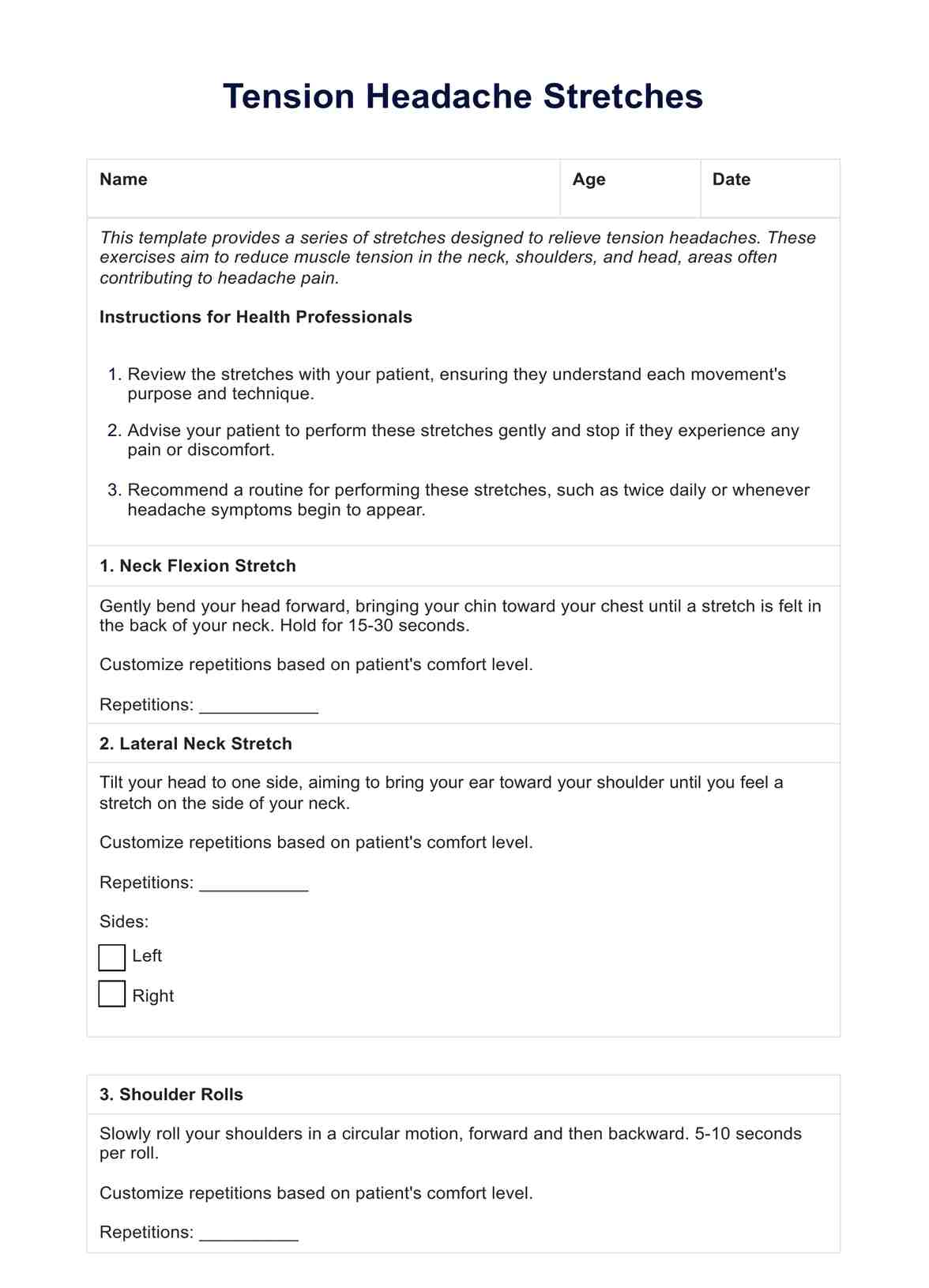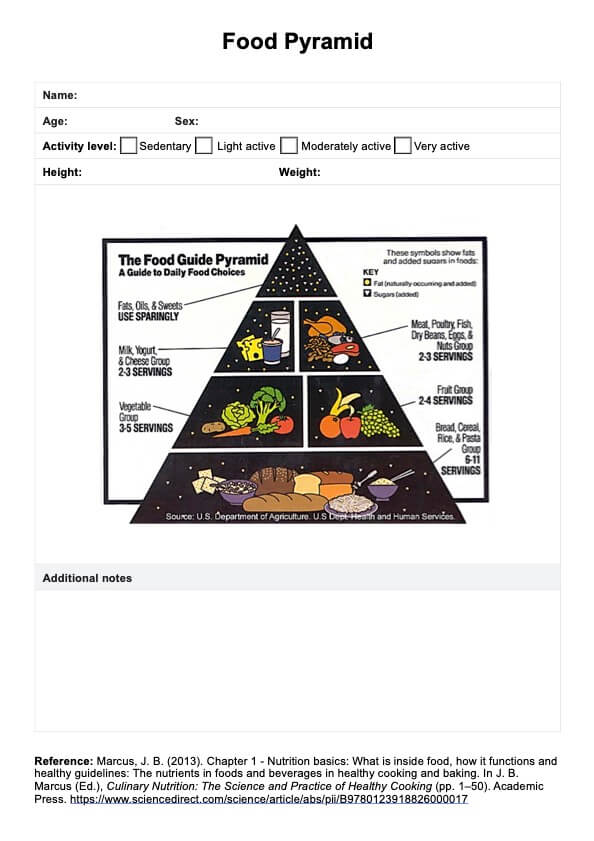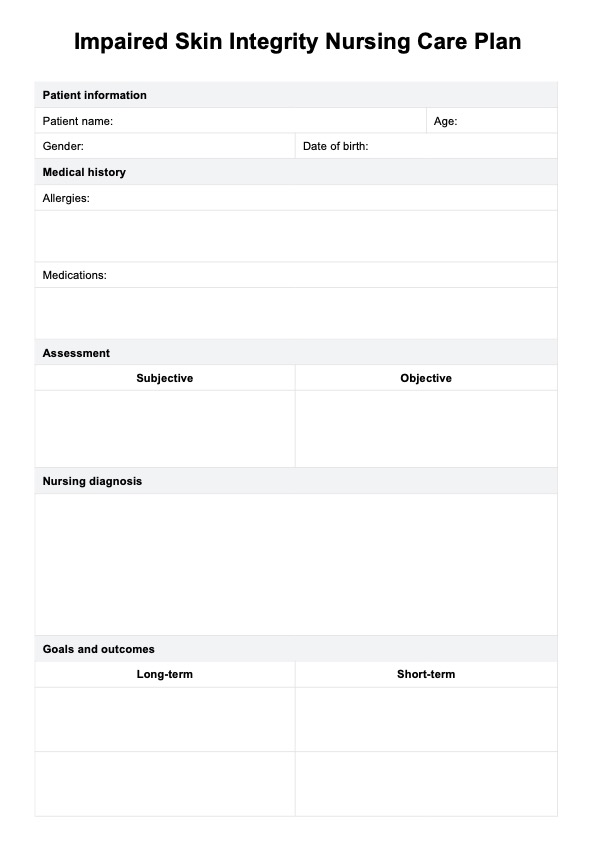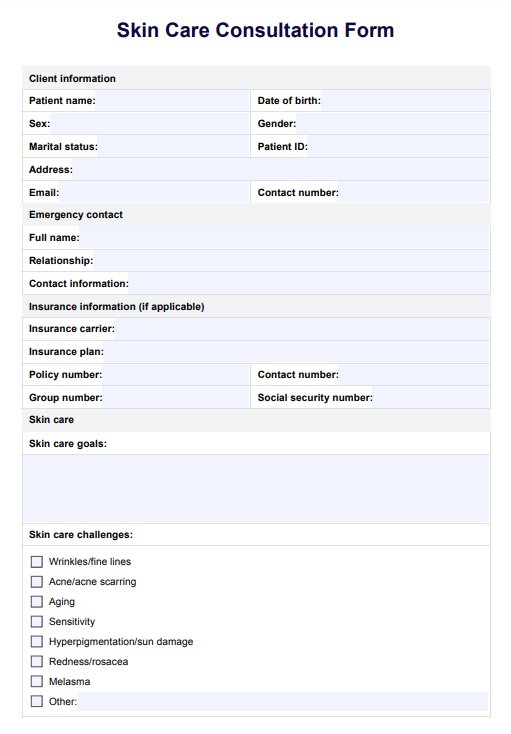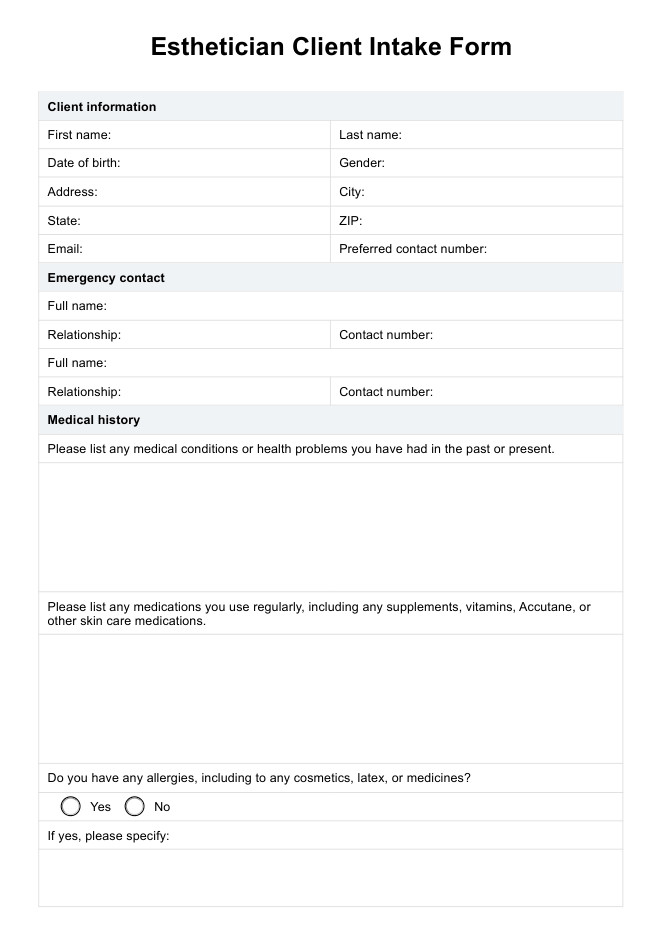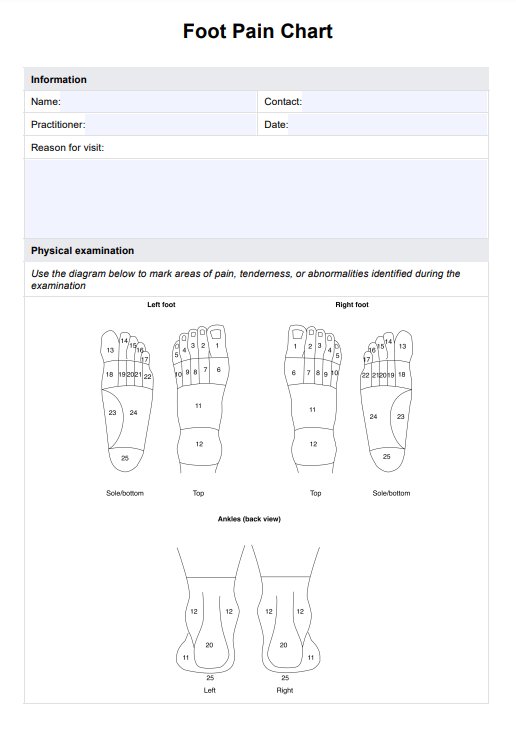Food Allergy Test Reports
Food allergy tests help identify which foods trigger an allergic reaction. Download a Food Allergy Test Report to organize and record patient results.


What is a food allergy test?
Food allergies can range from mild discomfort to severe reactions that can be life-threatening. Identifying which foods trigger an allergic reaction is essential for those with food allergies. A food allergy test is a medical procedure that helps identify these triggers by measuring the body's immune response to certain foods to formulate a food allergy diagnosis. This can be done through a skin prick test, blood test, or an elimination diet.
During food allergy testing, the patient is exposed to small amounts of common allergens, and their reaction is monitored. This can help determine which foods are causing an allergic response in the body. The results are then documented in a Food Allergy Test Report, which records the patient's food allergies.
A food allergy test can help individuals manage their food allergies more effectively. By identifying trigger foods, patients can make informed decisions about their diet and avoid potential allergic reactions. This is especially crucial for those with severe allergies that can lead to anaphylaxis.
Food Allergy Test Reports Template
Food Allergy Test Reports Example
How do you use the Food Allergy Test Report template?
Carepatron's printable Food Allergy Test Report is easy to use and helps you record and organize patient results. The report contains sections for personal information, medical history, and food allergy test findings. Follow these steps to get started:
Step 1: Download the template
Access the free Food Allergy Test Report PDF by clicking "Use template" to open it in the Carepatron app. You may also get a free PDF copy by simply clicking "Download."
Step 2: Fill out personal information
Enter the patient's name, date of birth, and any other relevant personal information in the designated section of the report. This is important for correctly identifying the individual and their medical history.
Step 3: Record clinical history
This section records any known medical conditions or allergies, such as a mild allergic reaction to specific foods. This can provide valuable context for interpreting the results after food allergy testing.
Step 4: Document the results
List down all tested foods and any corresponding allergic reactions or sensitivities. Record severity levels, symptoms, and recommendations based on the results.
Step 5: Explain the results to your patient
Share the report with your patient and go over the findings together. Educate them on their specific food allergies, potential triggers, and how they can manage their diet accordingly.
Step 6: Keep a copy for future reference
Save a copy of the report in the patient's electronic health records for future reference. This can assist with ongoing treatment and prevent unnecessary re-testing.
When would you use the Food Allergy Test Report?
You can use the Food Allergy Test Report template for any patient who has undergone a food allergy test. Whether they are experiencing symptoms, have a history of allergies, or simply want to be proactive about their health, this report provides valuable information and recommendations. Moreover, you can use this to:
Educate patients on their specific food allergies and potential triggers
You can use our template to educate patients on their specific food allergies and potential triggers. This can help them better understand their allergies and avoid any possible reactions in the future.
Create a personalized diet plan for managing food allergies
Based on the Food Allergy Test results, a dietitian or nutritionist can create a customized diet plan for your patient. This can include recommended foods to avoid, alternative options, and potential cross-reactive allergens to be aware of.
Monitor reactions to certain foods and track progress over time
You can monitor changes or progress by recording the patient's food allergies and reactions. This can help determine if there are any improvements in their condition or if further testing is needed.
Collaborate with other healthcare professionals
You can also use the Food Allergy Test Report to collaborate with other healthcare professionals. This can include dieticians, allergists, and other specialists who can provide additional support and recommendations for managing the patient's food allergies.
Understanding the results
The results of a food allergy test help identify specific foods that might cause an adverse reaction in a patient. These tests provide a detailed breakdown of the individual's response to a range of common allergenic foods.
A positive result or a number that's typically beyond the normal range means the patient's immune system has produced a response to a particular food, suggesting an allergy. However, it's essential to note that a positive result does not always mean the patient will experience food allergy symptoms or a severe allergic reaction when consuming that food.
Make sure to consider the patient's history, symptoms, and the severity of the immune response indicated by the test. A high level of antibodies to a specific food might demonstrate a significant allergy. However, its impact on the patient can only be understood in the context of their personal experiences with that food. Following up testing is crucial to provide further insight and guidance based on the results.
Commonly asked questions
Food allergy tests are typically requested by patients who have experienced adverse reactions to certain foods or have a family history of food allergies. Healthcare professionals may also ask them as part of an initial assessment or follow-up for patients with suspected food allergies.
The frequency of food allergy testing depends on individual circumstances. It may be recommended for individuals who have experienced severe or life-threatening reactions to certain foods and those with a family history of food allergies.
Food allergy tests are used when there is a suspicion of food allergies and for follow-up and monitoring purposes. They can also identify triggers for symptoms such as eczema, asthma, or gastrointestinal issues.
The length of time for a food allergy test can vary depending on the specific test being performed. Some tests, like skin tests or blood tests, may only take a few minutes, while others, like the oral food challenge, may require hours or multiple appointments and follow-up testing.


